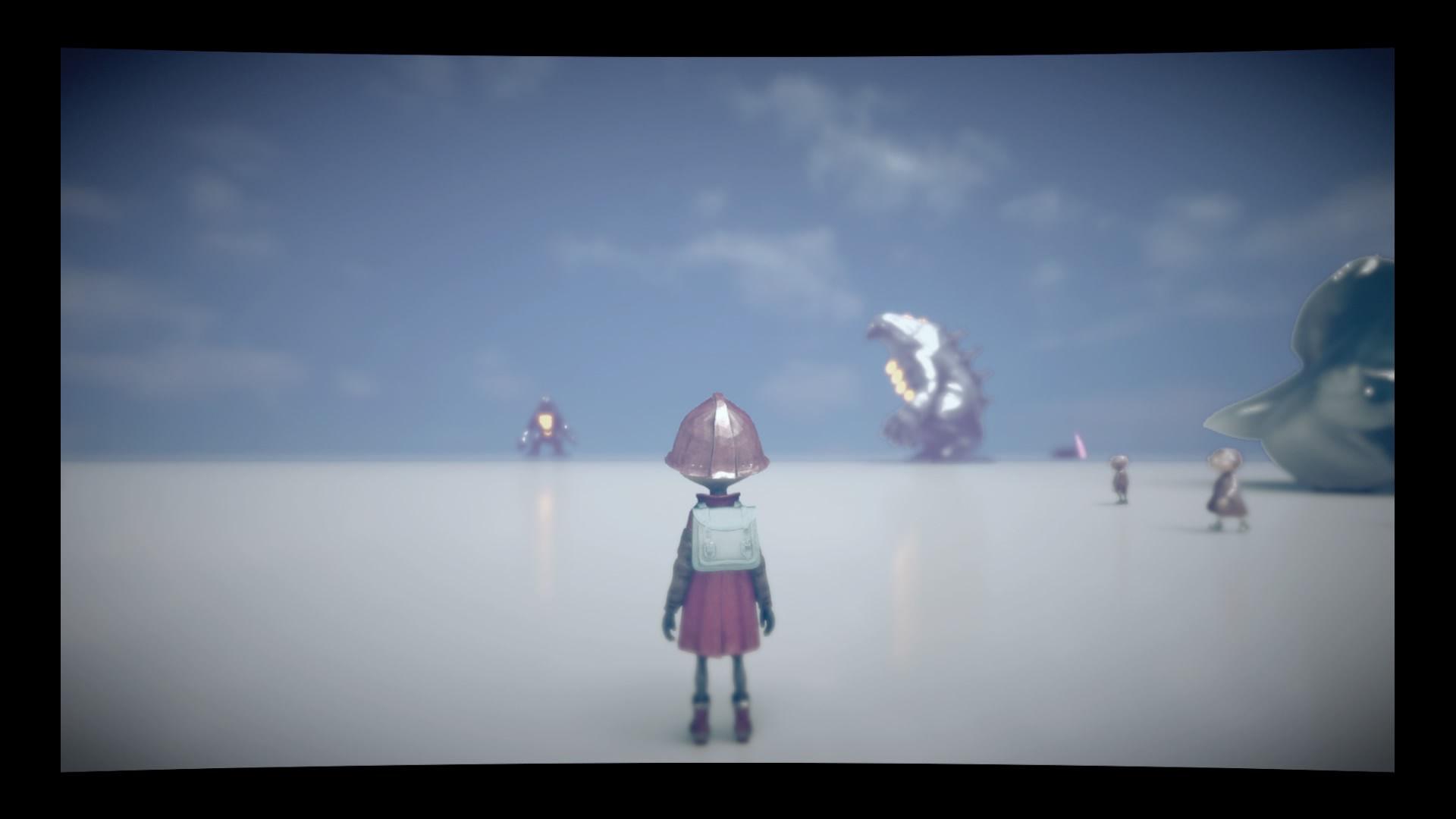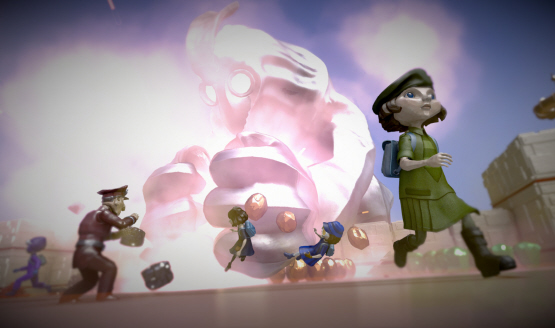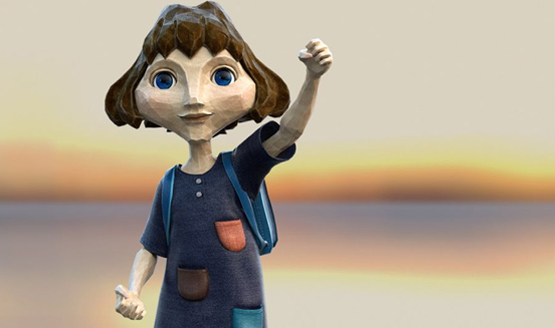
When I first saw the trailer for The Tomorrow Children I was instantly intrigued; the visuals were so unique I couldn’t help but put the game high on my “Games to Not Forget About” list. When I learned it would be a town-building collaborative game with an old-time-y Russian feel, I marked the release date on my calendar. I made sure to catch the beta release when it was available for a few days. The official release has a few improvements, and is once again highly addictive and unique.
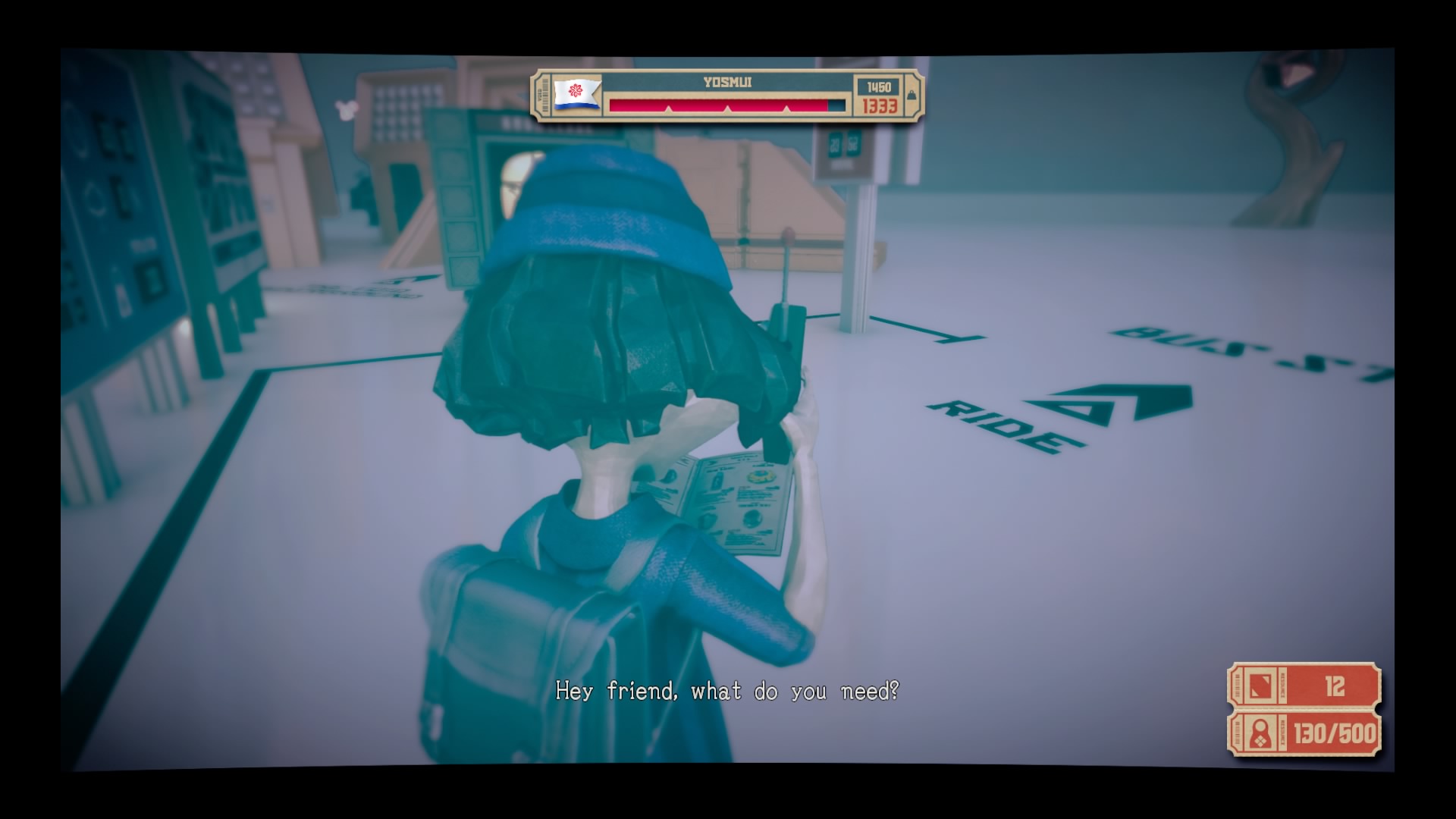
You play as a little wooden girl doll, called a projection clone. You were created to search the void (the flat, white abyss in which the game takes place) for Matryoshka dolls, which are little trapped human souls. By mining resources, finding dolls, and bringing them back to town, you and your comrades build the town and increase the population to restore a bit of humanity.
Toil and Camraderie
This may sound simple, and in a sense it is. But the way you must go about it becomes complex. Teamwork is the fastest and easiest way to get things done, but you cannot see your fellow players in real time. You can only see them if they whistle, emote, or do an action (use a tool, and pick up or put down an item). This means you have to try and predict what your comrades will be doing, and do the same in hopes they will help you while you are helping them.
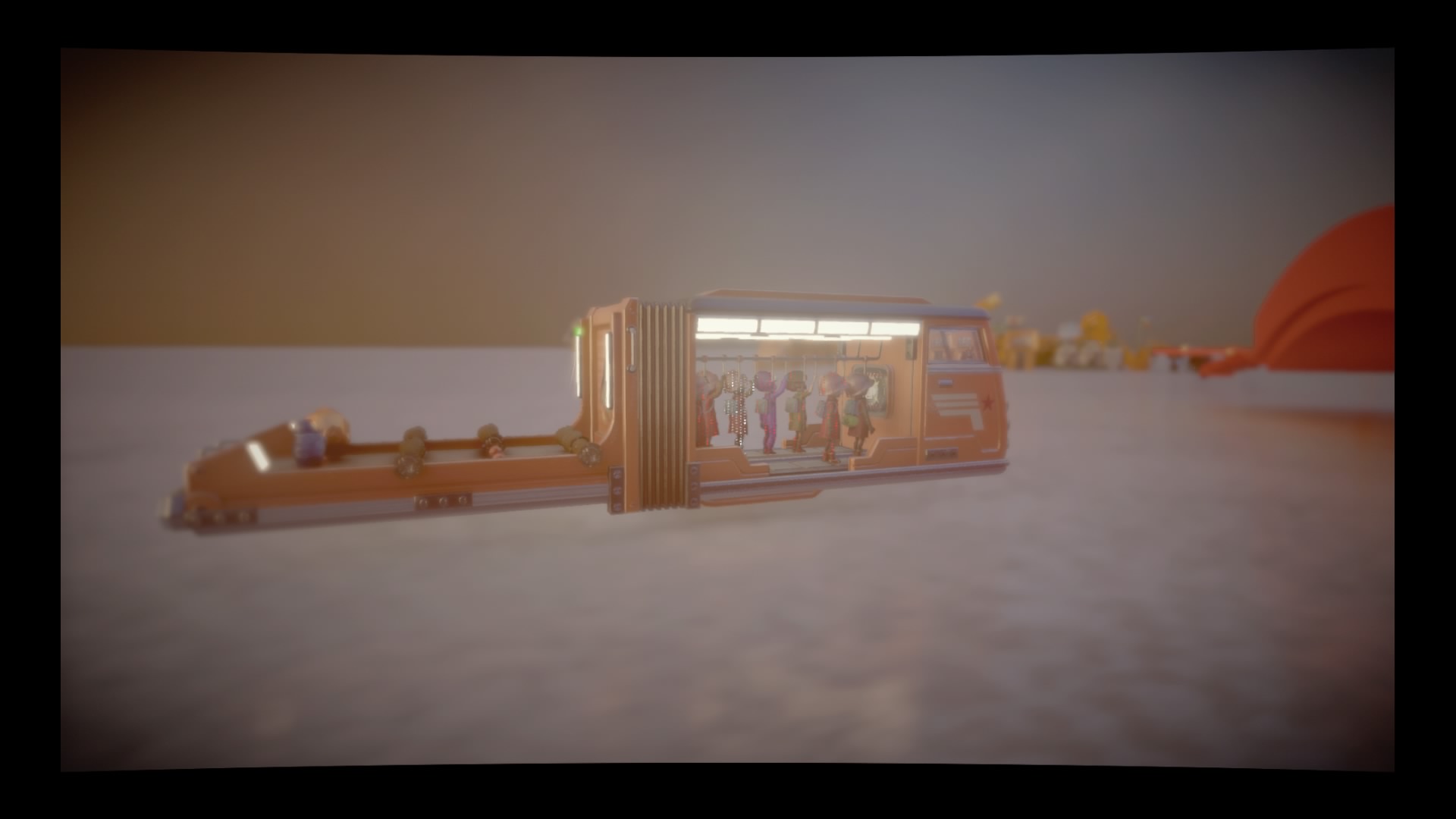
If you’re in a town with a large amount of real players, you can easily see how things run much more smoothly than in a desolate town. Some comrades will mine resources high up in one of the various huge mountainous figures, and throw all their findings down to the ground for others to begin transporting home. Some will be waiting on the ground, acting as the loading crew, getting resources onto the next bus home. Yet another group might be staying in town, unloading the buses and organizing the resources into the town storage. Others in town can be generating power, building town structures, or defending the town from towering Godzilla-like monsters and other menacing creatures.
It Takes a Village
It is the sense of working together to create something larger that is so addictive. I just wanted to see what else could be accomplished, and what else after that, and after that, and so on until I’ve sat there being whooshed around two thirds of a rotation of our earth without even realizing it. I love that each town I visited was unique in appearance and progress direction. The tree types and building colors are randomized to each town, and the goals of one town’s comrades may differ from the last town, resulting in totally different town layouts or comrade activity.
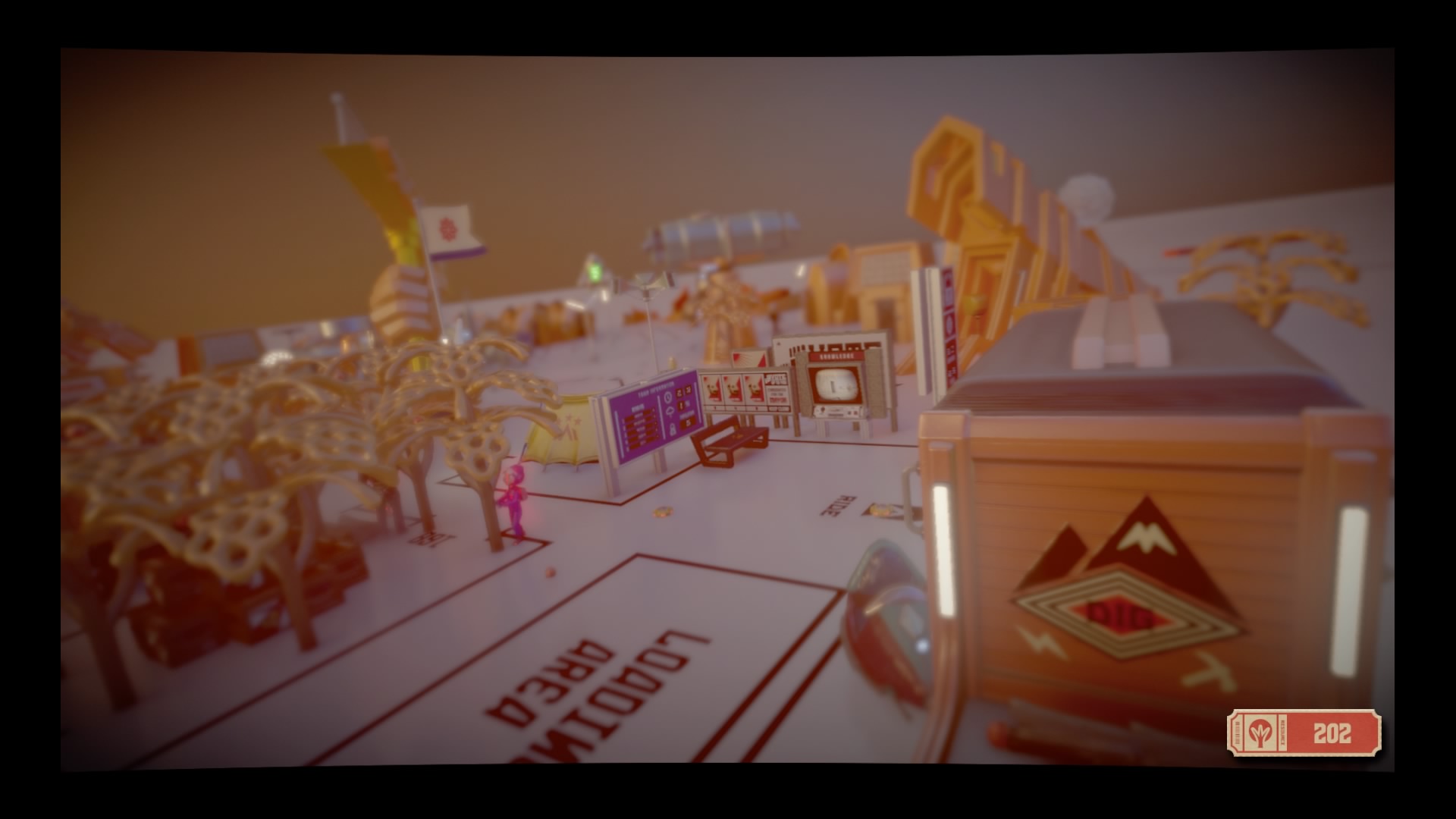
The issue I can see many impatient gamers finding with The Tomorrow Children right away is how basic it is at present, before any DLC or updates have been introduced. It might be a normal feeling to feel a little disappointed with how many empty content holes the player can find where there’s obviously signs of some yet-to-be-introduced feature. This made completing a town go by much faster than I thought it would. The process of building up a town is fun, yet can seem too simple with the bare-bones version of the game. The developers have said they chose a free-to-play model to let everyone have free DLC and content updates, but it does seem they released it too early. It’s entertaining for me, but some are not so easily satisfied. I recommend waiting for a while to play the game if you’re one of those people. The game is going to be even more fun than it is now with a few more features in the future.
The Black Market
You are never pushed to purchase microtransactions and can enjoy toiling away, proving your worth with sweat and tears. Or, you can pay real money to buy Freeman dollars, giving you much more durable and faster tools from the black market. Money can buy…more work, when you boil it down. Microtransactions are banking on the fact that everyone who plays the game will have the same infectious desire to accomplish more and more. The game really does charm comrades into continuing contribution to the town toil level.
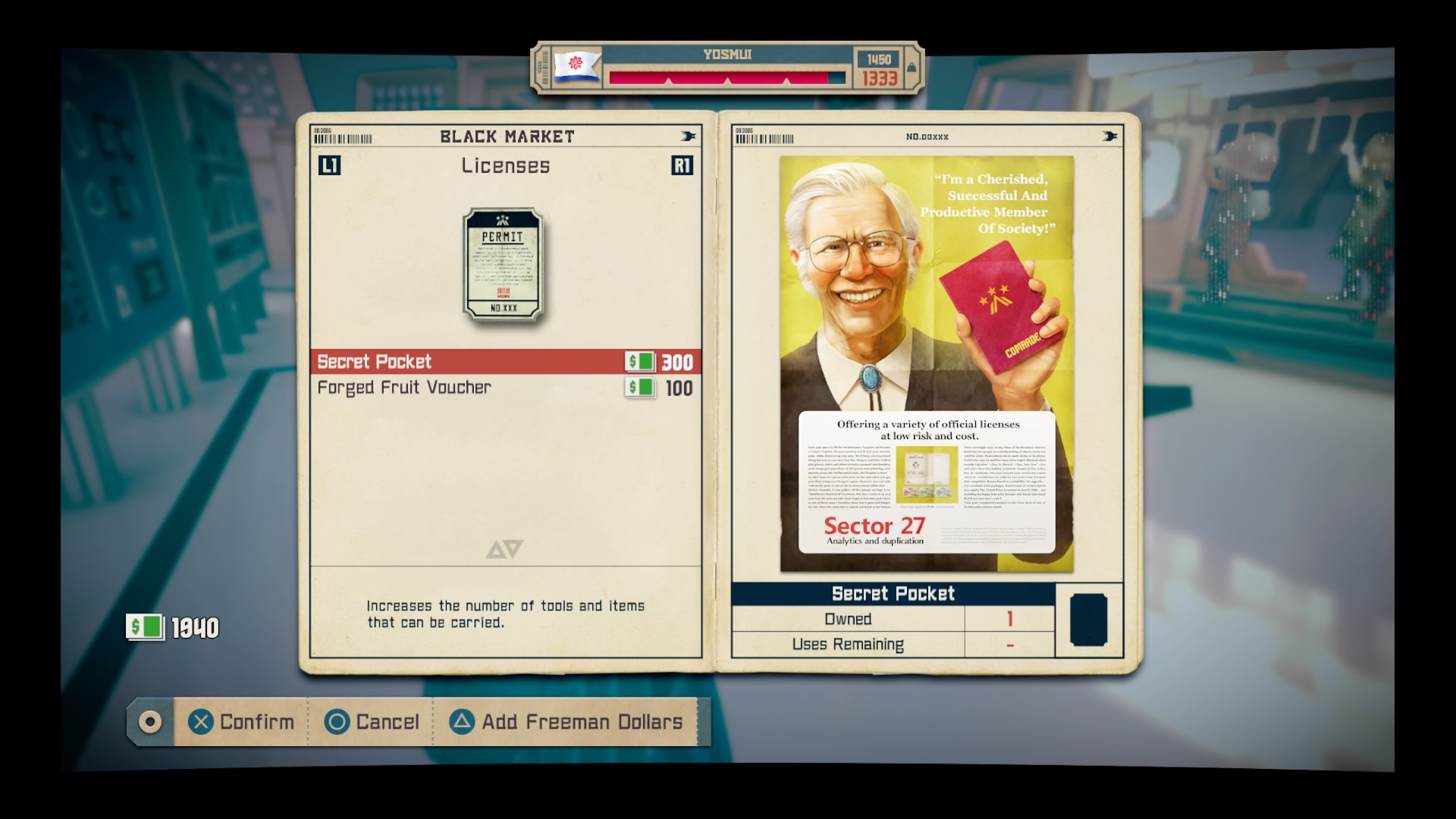
I played the “Founders Pack,” which is a paid, early-access version of the game. The Tomorrow Children will be free-to-play supposedly before the end of 2016. The Founder’s Pack gives you 2500 Freeman dollars, which did make the game a lot less slow-moving. I still kept digging and mining even after my fancy tools ran out, which is just what everyone else with lesser quality tools does too, if you think about it. The biggest perk to Freeman dollars is immediately getting Bourgeoisie papers. These allow you to purchase higher quality tools with ration coupons and craft more complex town buildings and objects. All objects do come from chests or from items other people drop. Bourgeoisie Papers cost 500 Freeman dollars. That’s quite a bit considering you only find two to three at a time lying on the ground while running to and from work.
Hand-Carved Beauty
Aesthetics can be a great asset to developers; especially when I play games. I love seeing the creative products of humans, and The Tomorrow Children is a special creation. Everything looks miniature, and all the players and humans are dolls. The lighting and colors of the game suggest small, brightly painted objects and a close-up field of view. The sunlight is well done and always creates screenshot-worthy dusks and dawns. The mining islands that appear in the distance are extremely intriguing and provide almost endless exploration, due to the fact that they are only there a short while before disappearing and being replaced by a new island in a bizarre shape (think gigantic radishes growing out of books, or floating sushi).
One of my favorite little details is the Matryoshka dolls. There are many hidden in the nooks of any mining island. When you pick them up, your controller makes little tinkling noises when you walk around with the doll. I absolutely love when a game makes good use of the DualShock 4’s speaker. Don’t drop the small doll, though, as it will shatter and in essence you will have killed a human soul.
Figure It Out
The game makes you figure out the ins and outs of the economy by yourself, which sometimes also bleeds into making you figure out the game mechanics themselves. While it can be fun to feel independent and find your own way, it is not fun, for example, to see other players handily kick resources towards the bus stop and wonder what button that you haven’t already pressed is the kick button.
Toiling away from dusk to the next dusk was extremely enjoyable for many more hours than even I expected, even when it seemed I had done the same thing ten times before. I am patiently awaiting new features and updates to fill the enticing holes I can spot while upgrading a town, and I understand this is the development path that was chosen. The game will only get better, and it’s already a feat of unique gameplay coupled with charming visuals and a sense that glory will come to the comrades that work the hardest!
The Tomorrow Children review code provided by publisher. Reviewed on PlayStation 4. For more information on scoring, please read our Review Policy here.
-
Building the town with your comrades is unusually exciting
-
Unique sandbox-type gameplay
-
Doll world and lighting make for beautiful visuals
-
Entertaining Russian theme
-
This first release can feel empty with missing features
-
Slow pace and limited tools without Freeman dollars
-
The point of the game being mindless labor may not catch on with some people
The Tomorrow Children
-
The Tomorrow Children Review
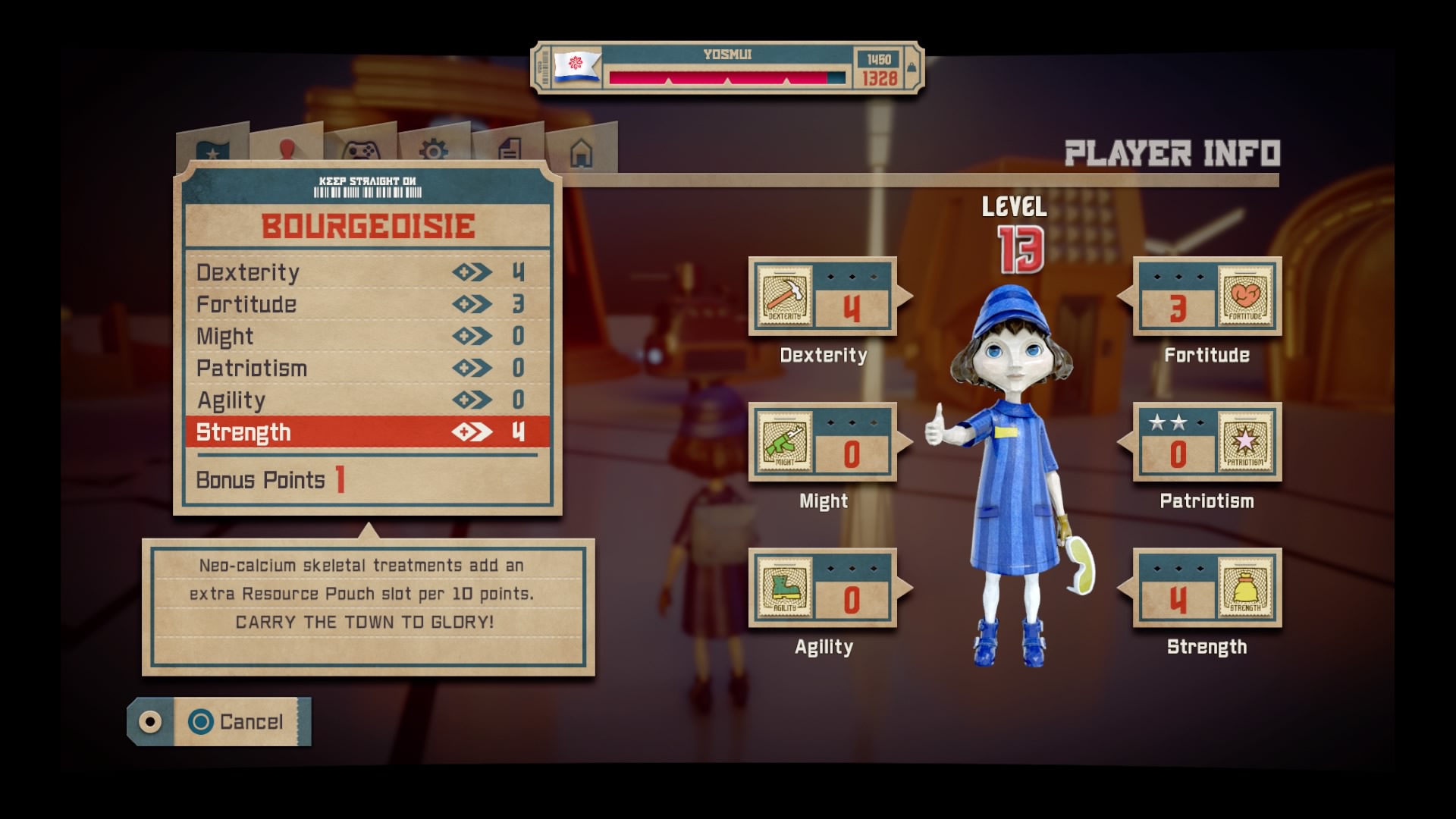
-
The Tomorrow Children Review
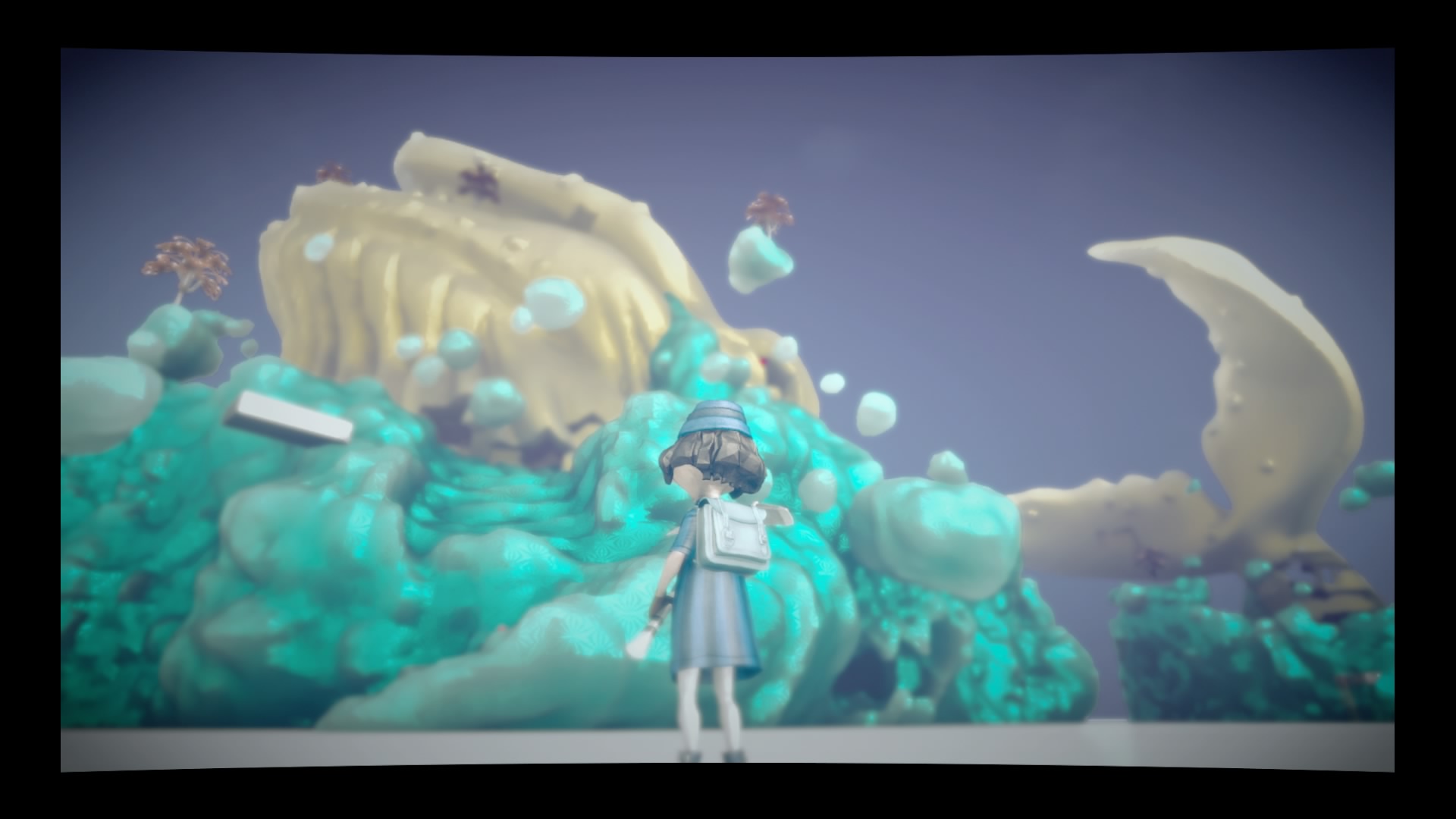
-
The Tomorrow Children Review
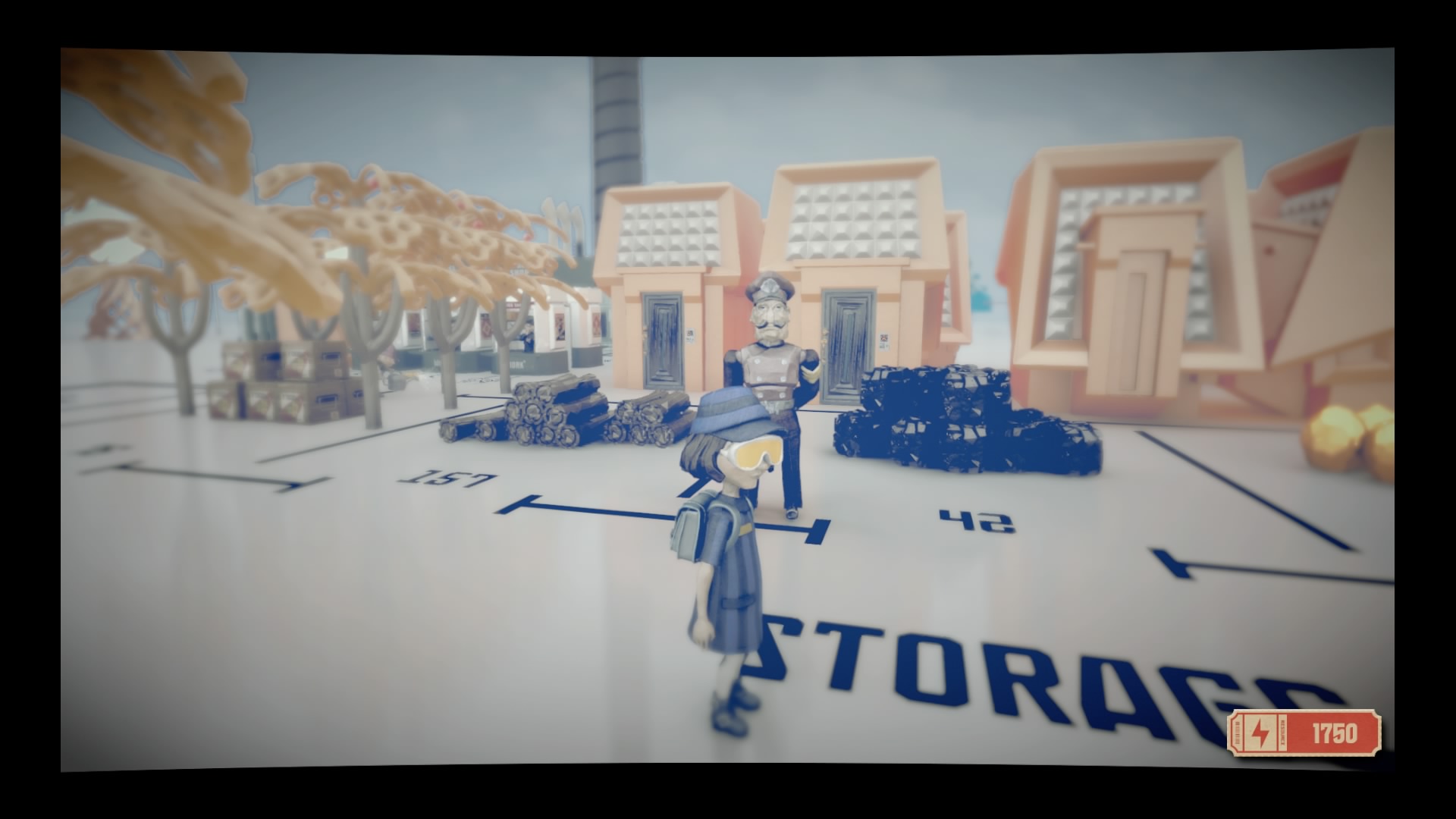
-
The Tomorrow Children Review
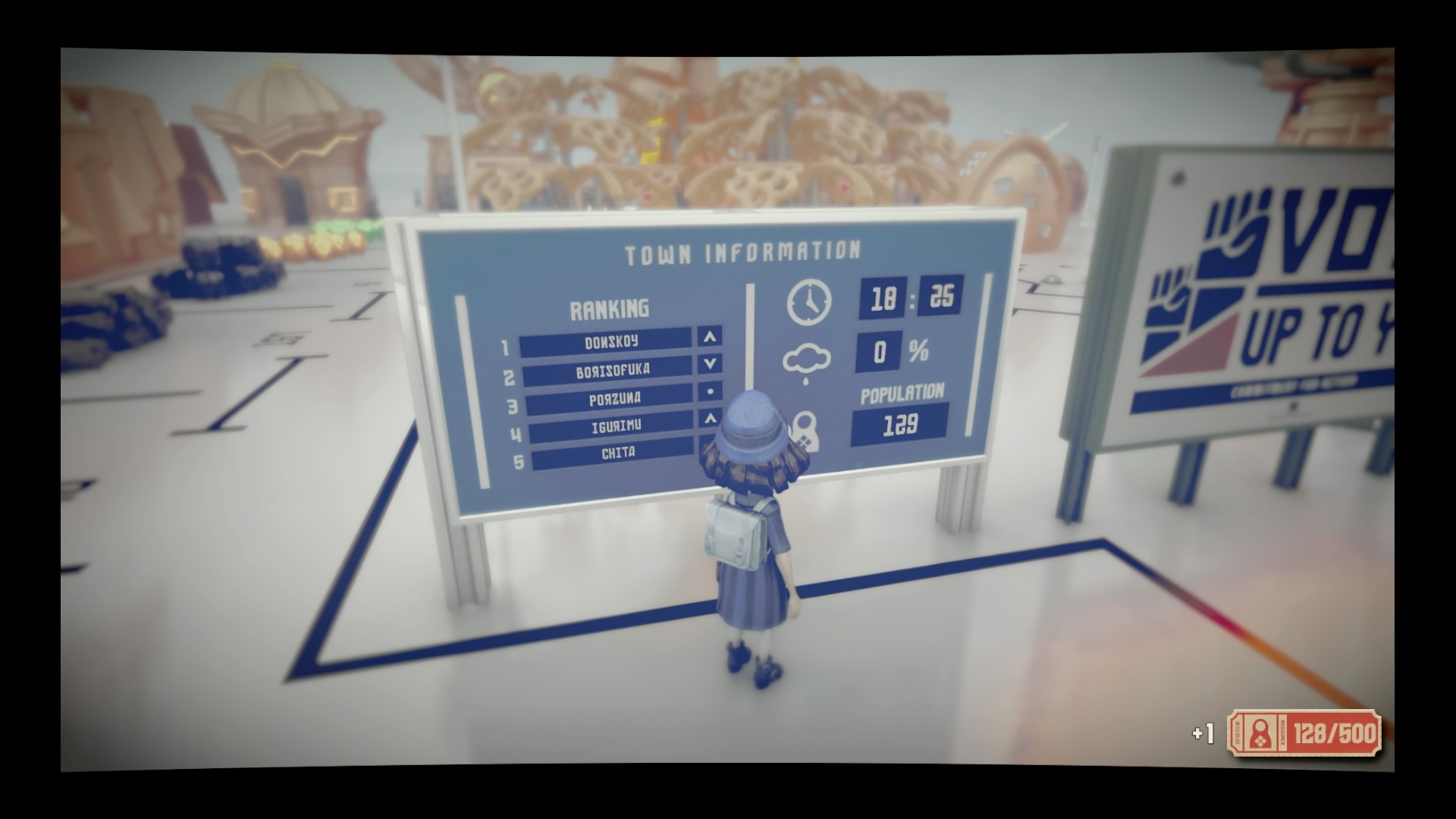
-
The Tomorrow Children Review
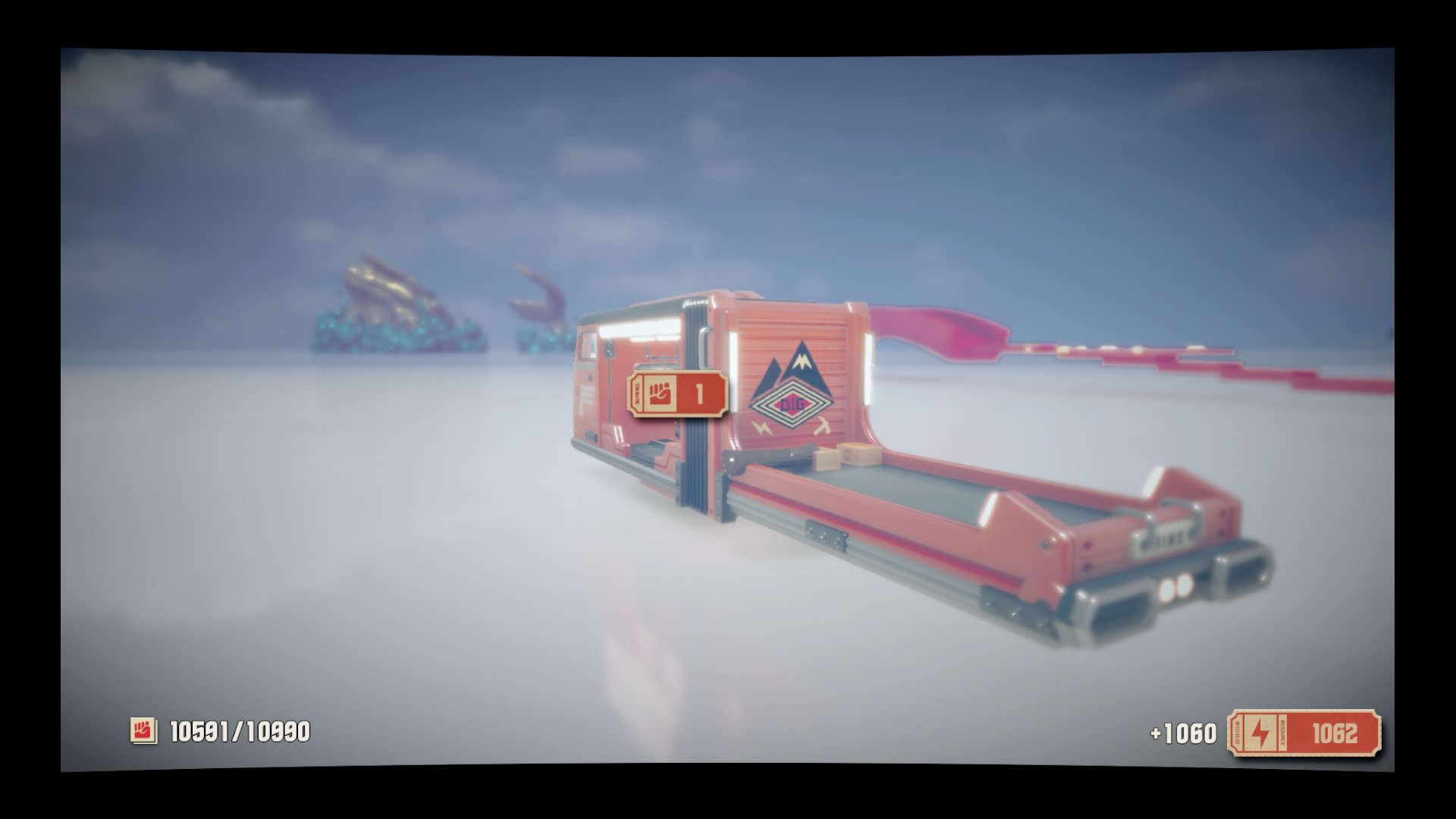
-
The Tomorrow Children Review
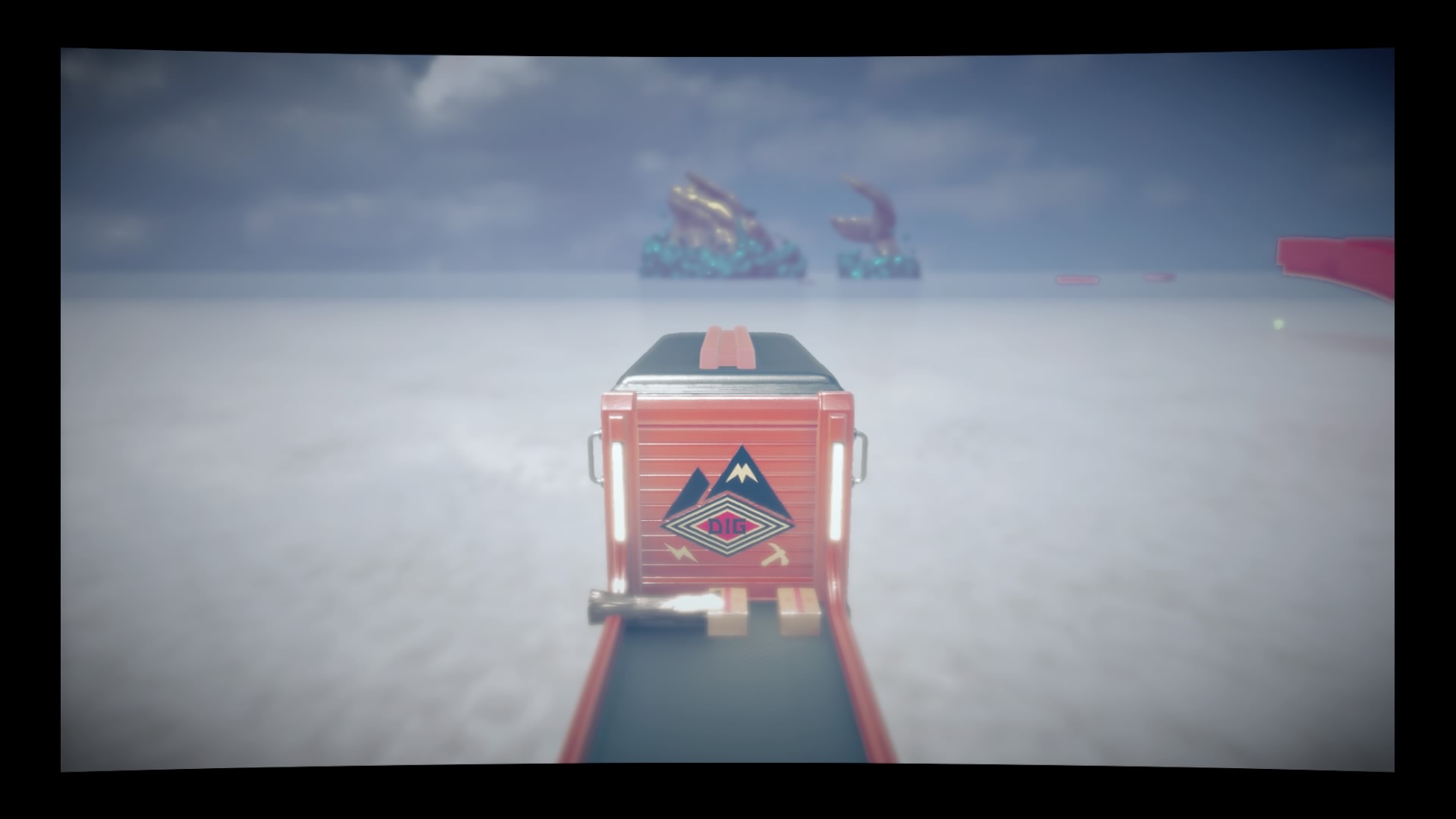
-
The Tomorrow Children Review
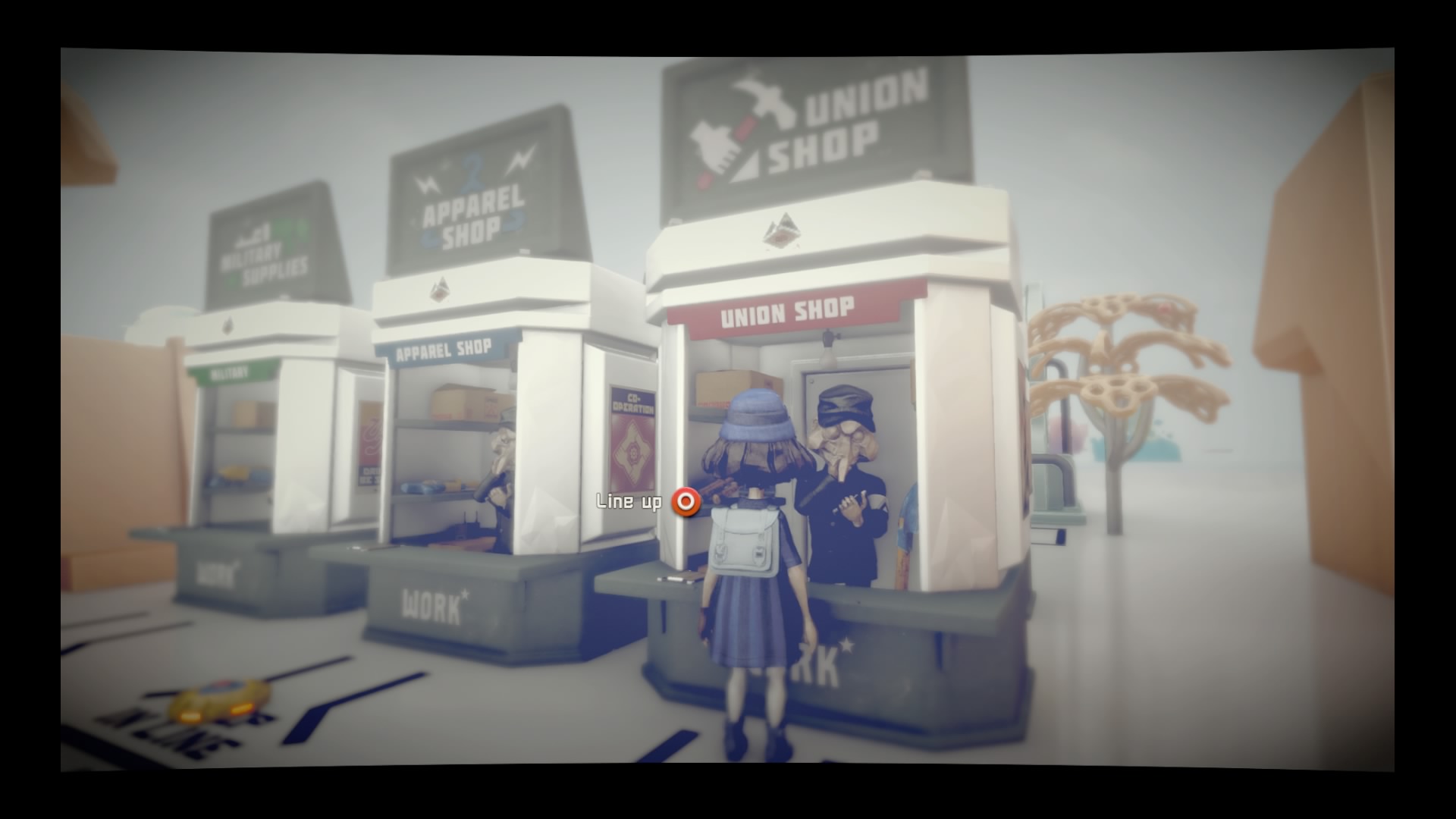
-
The Tomorrow Children Review
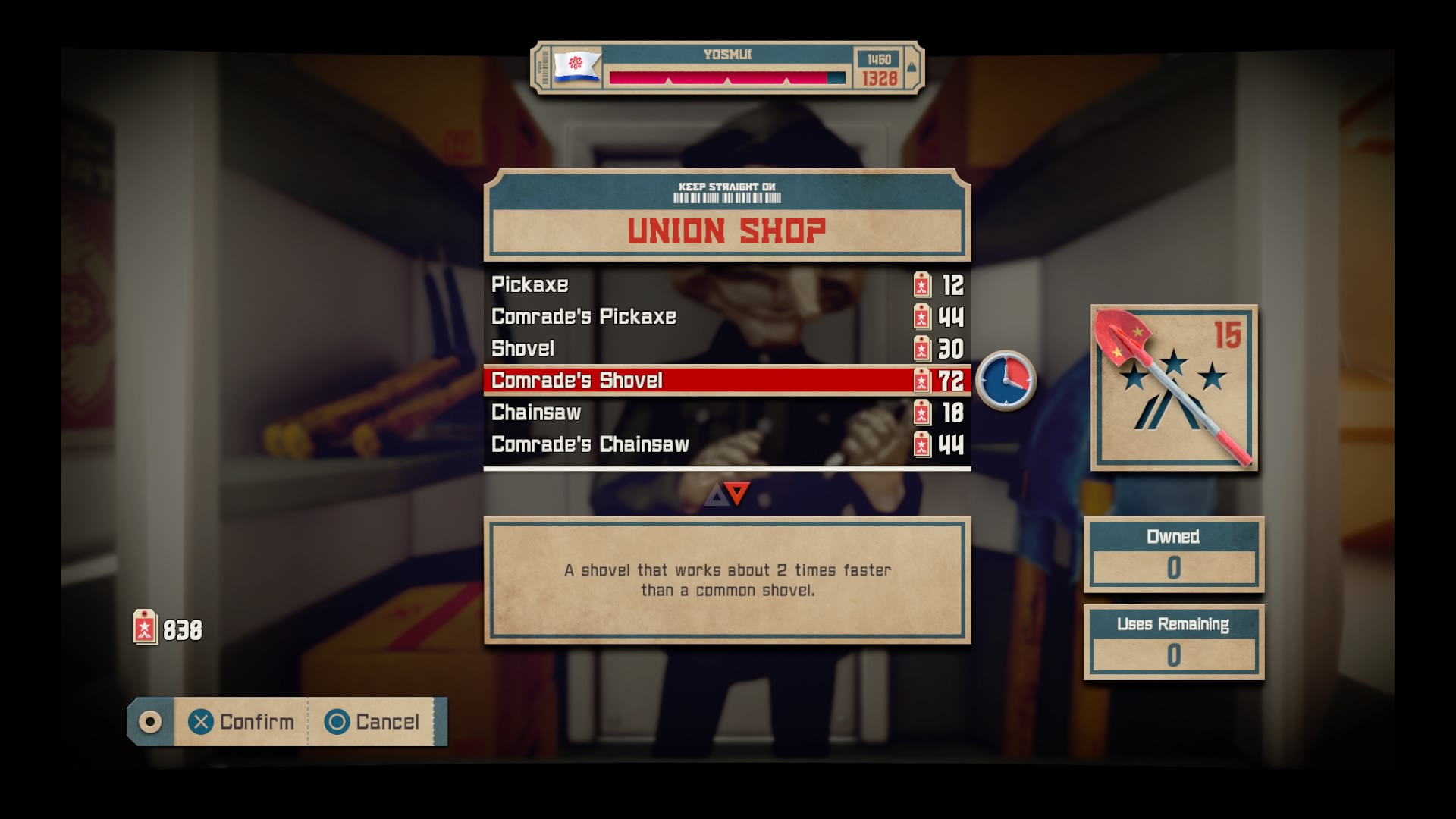
-
The Tomorrow Children Review
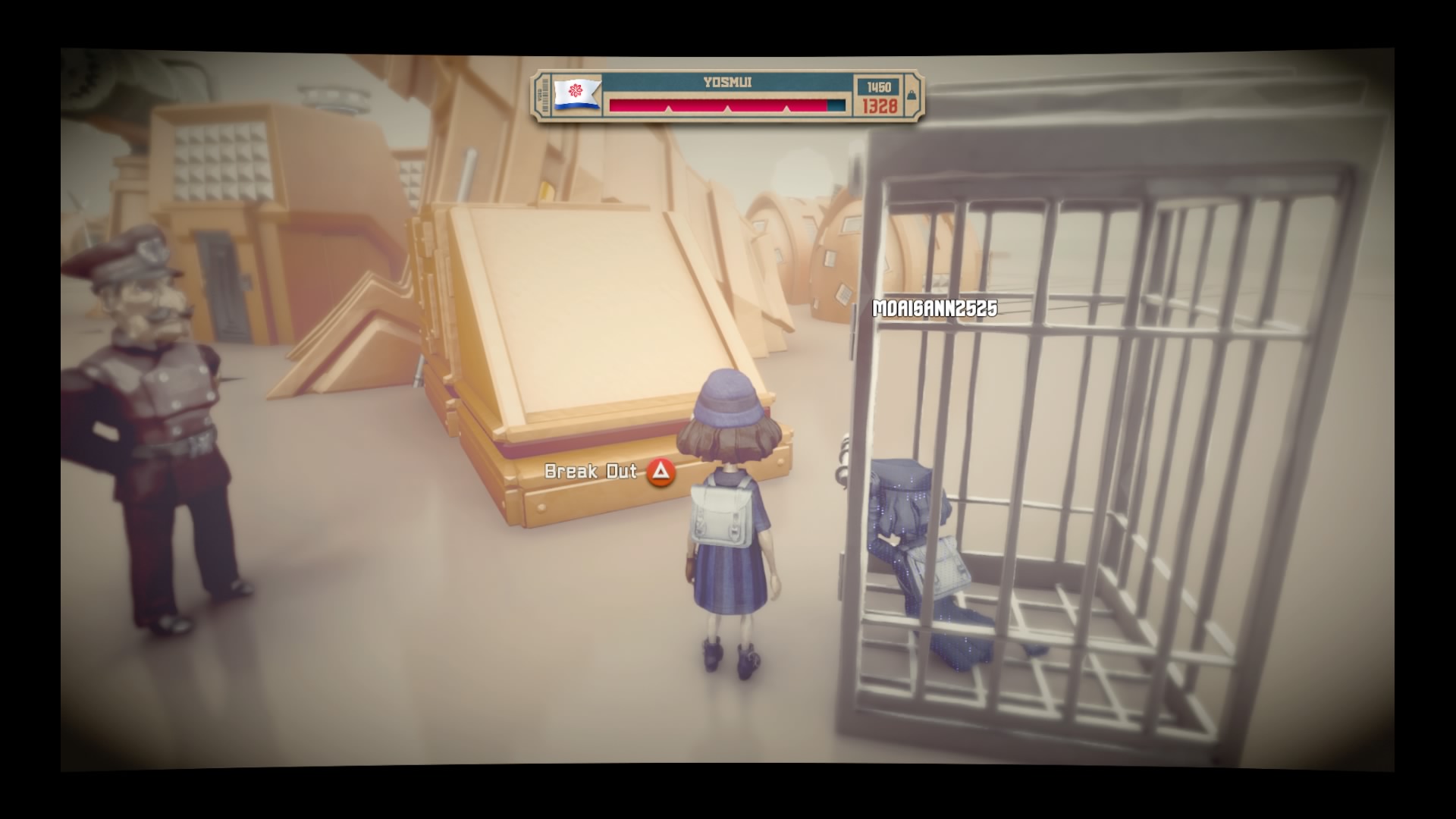
-
The Tomorrow Children Review
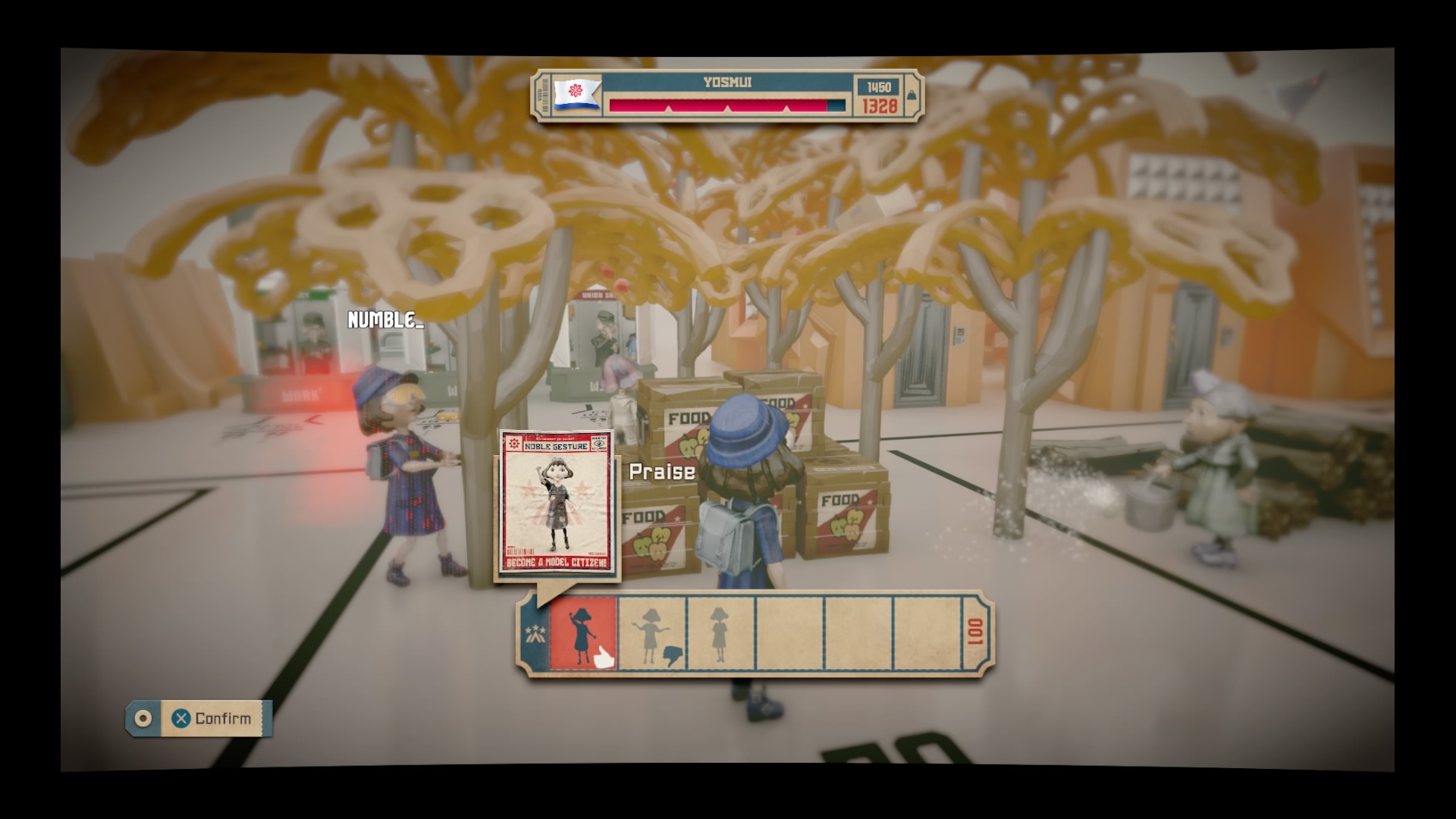
-
The Tomorrow Children Review
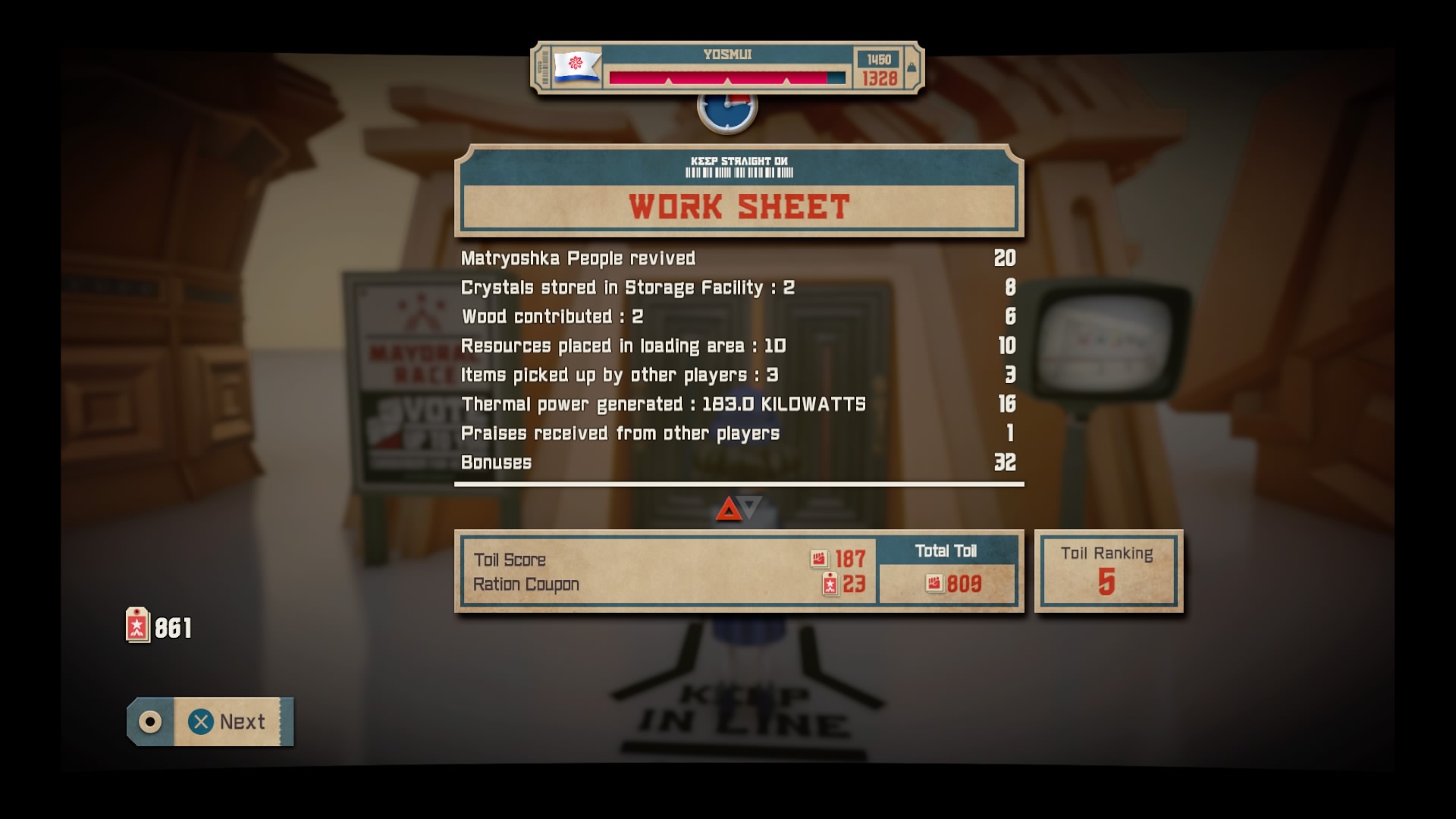
-
The Tomorrow Children Review
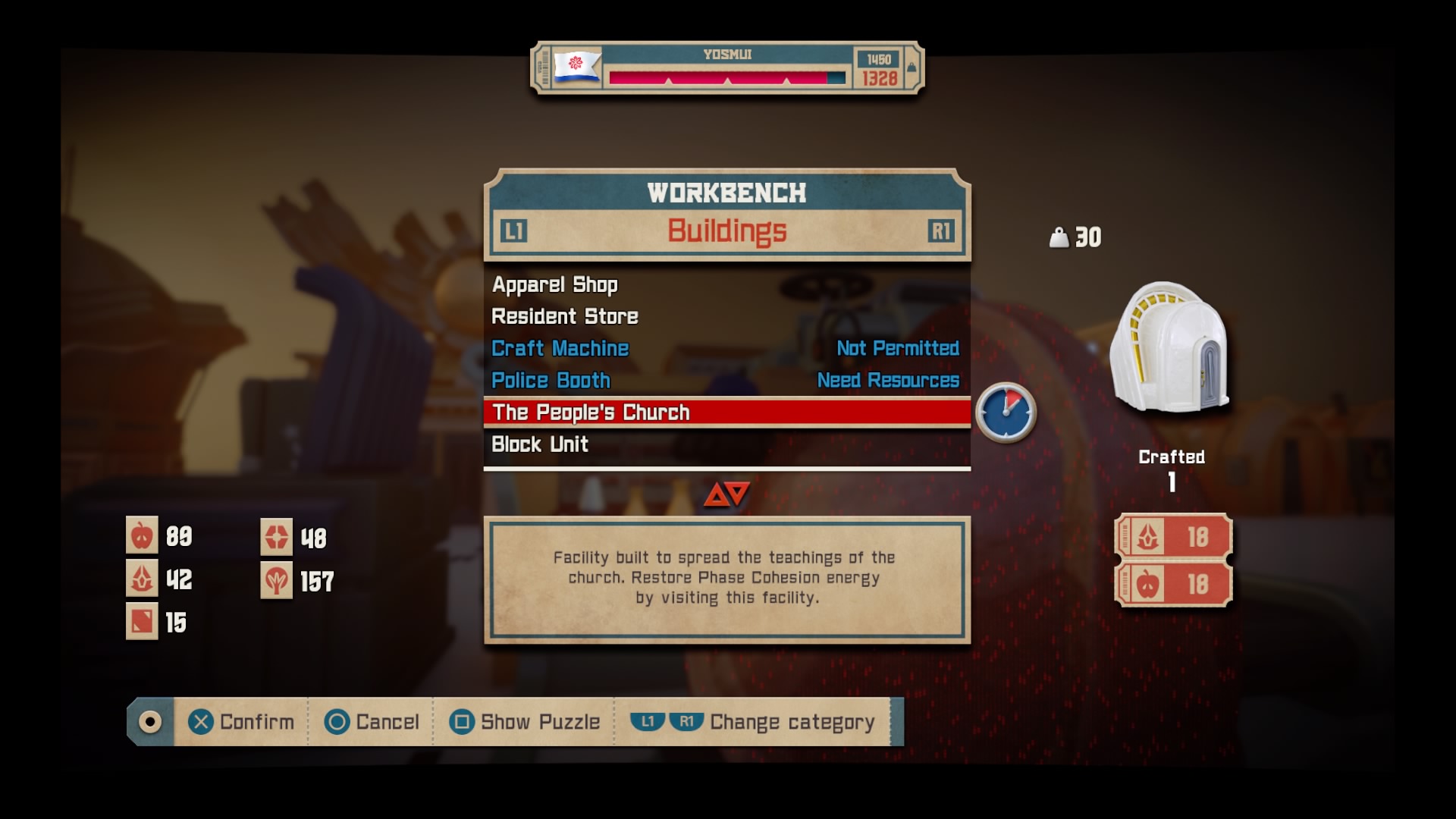
-
The Tomorrow Children Review
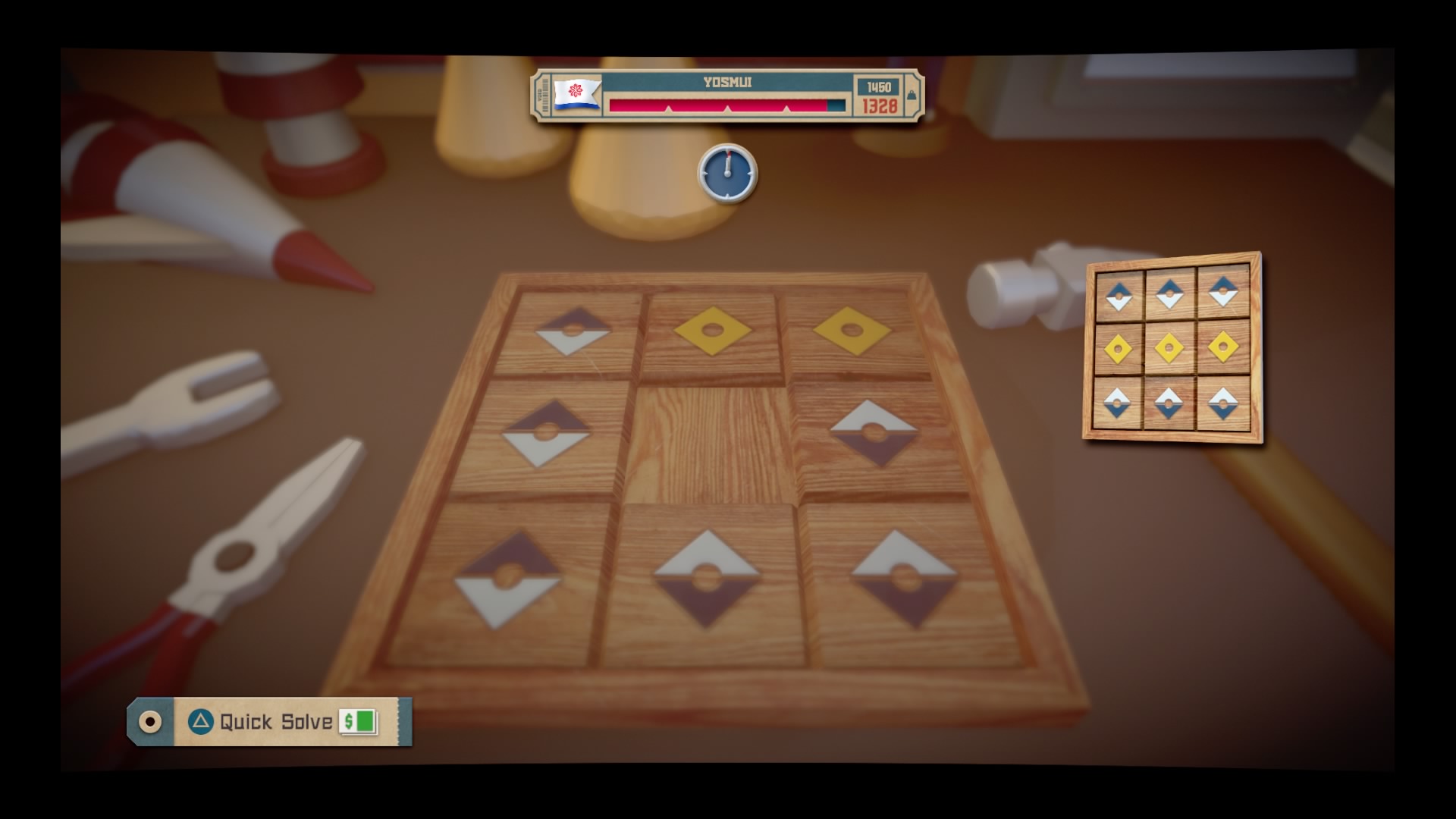
-
The Tomorrow Children Review
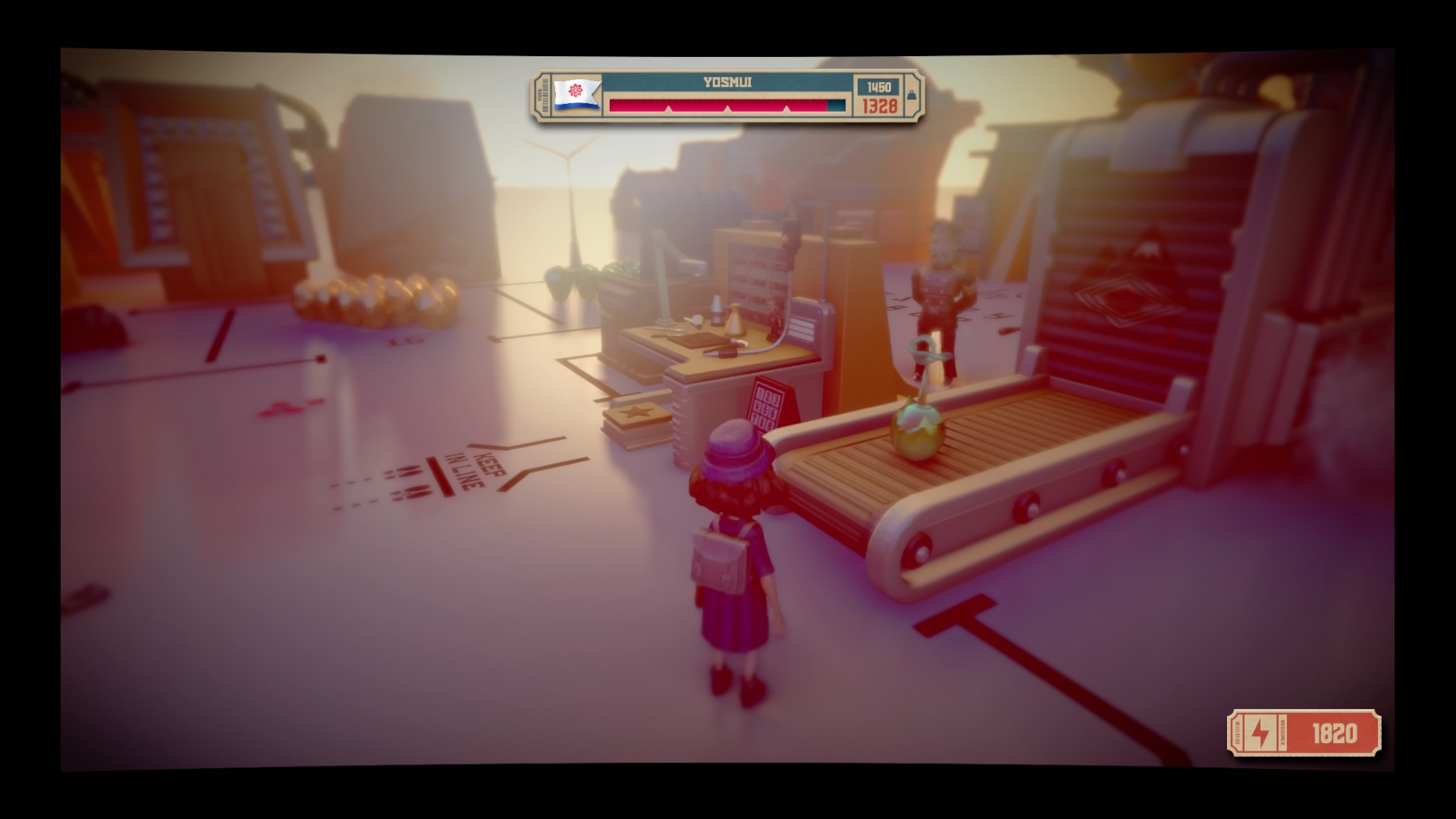
-
The Tomorrow Children Review
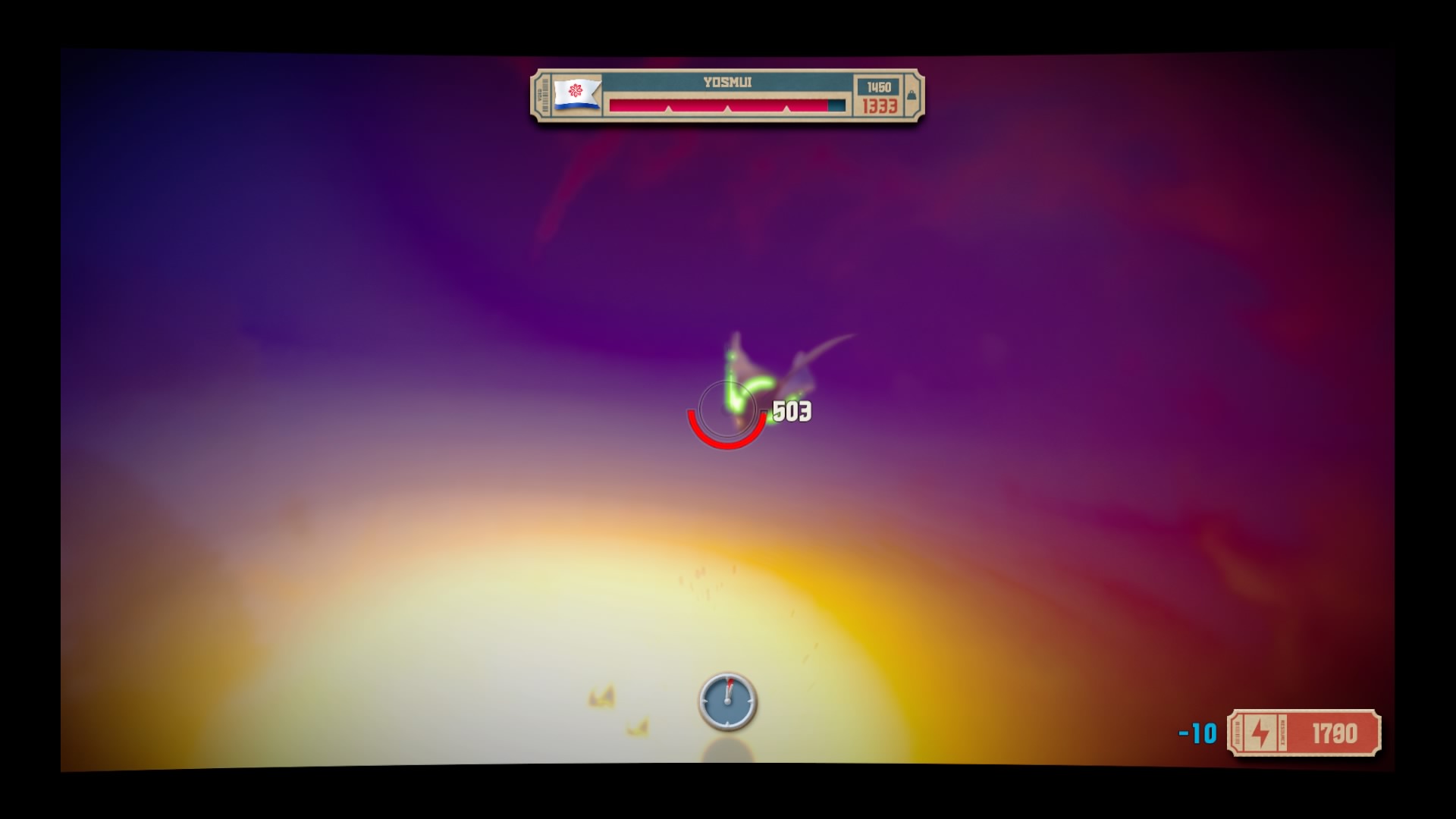
-
The Tomorrow Children Review
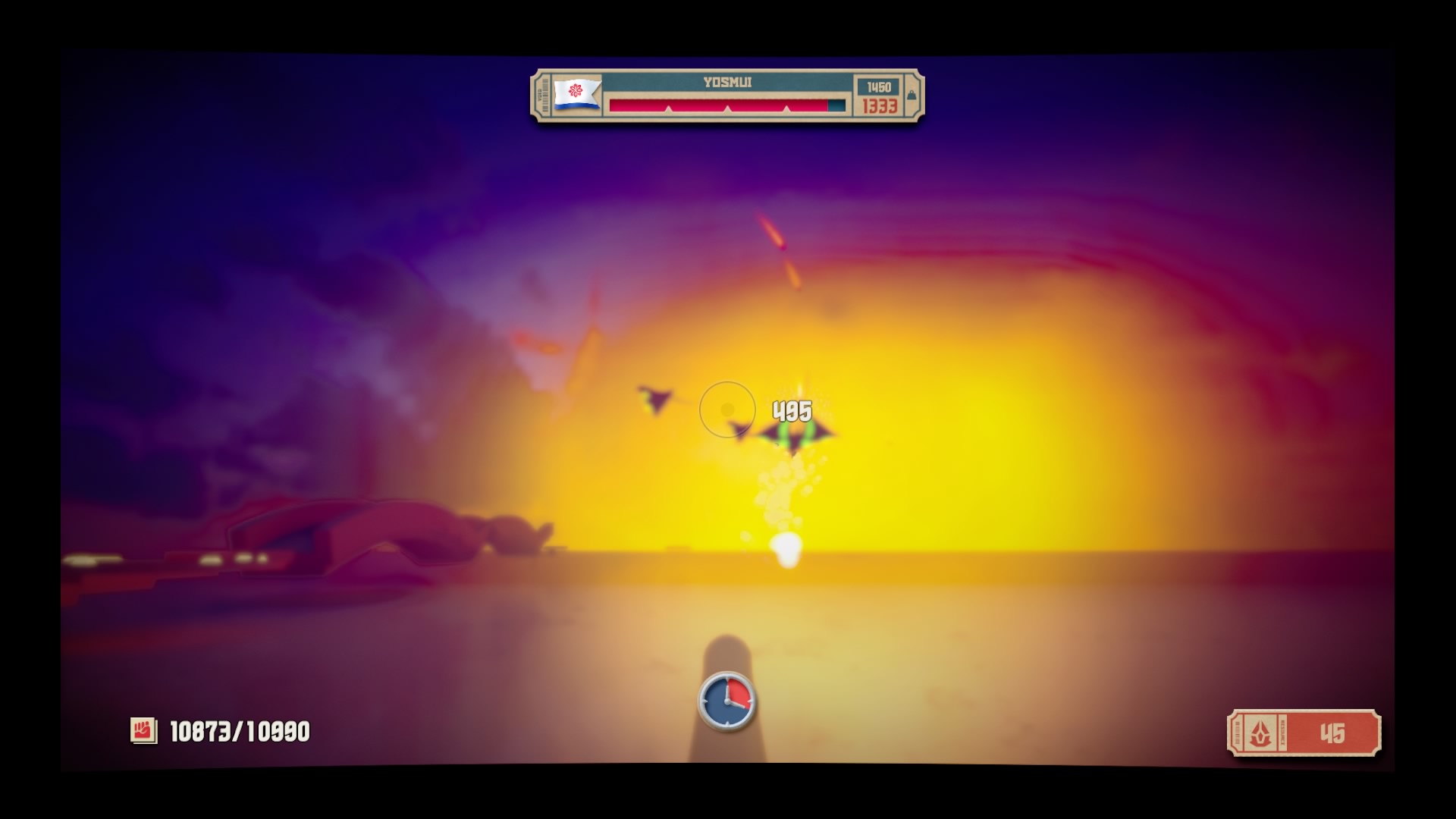
-
The Tomorrow Children Review
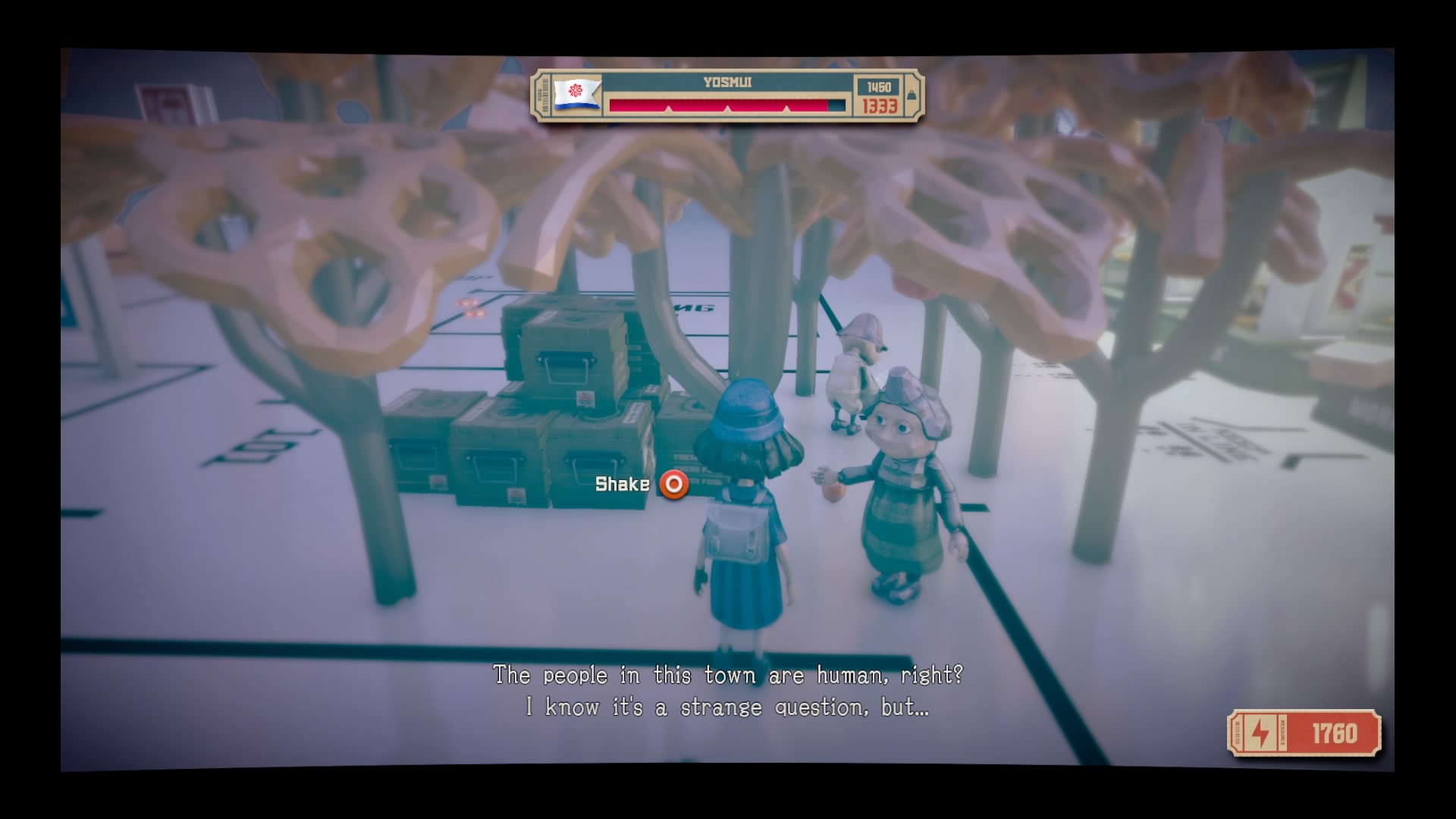
-
The Tomorrow Children Review
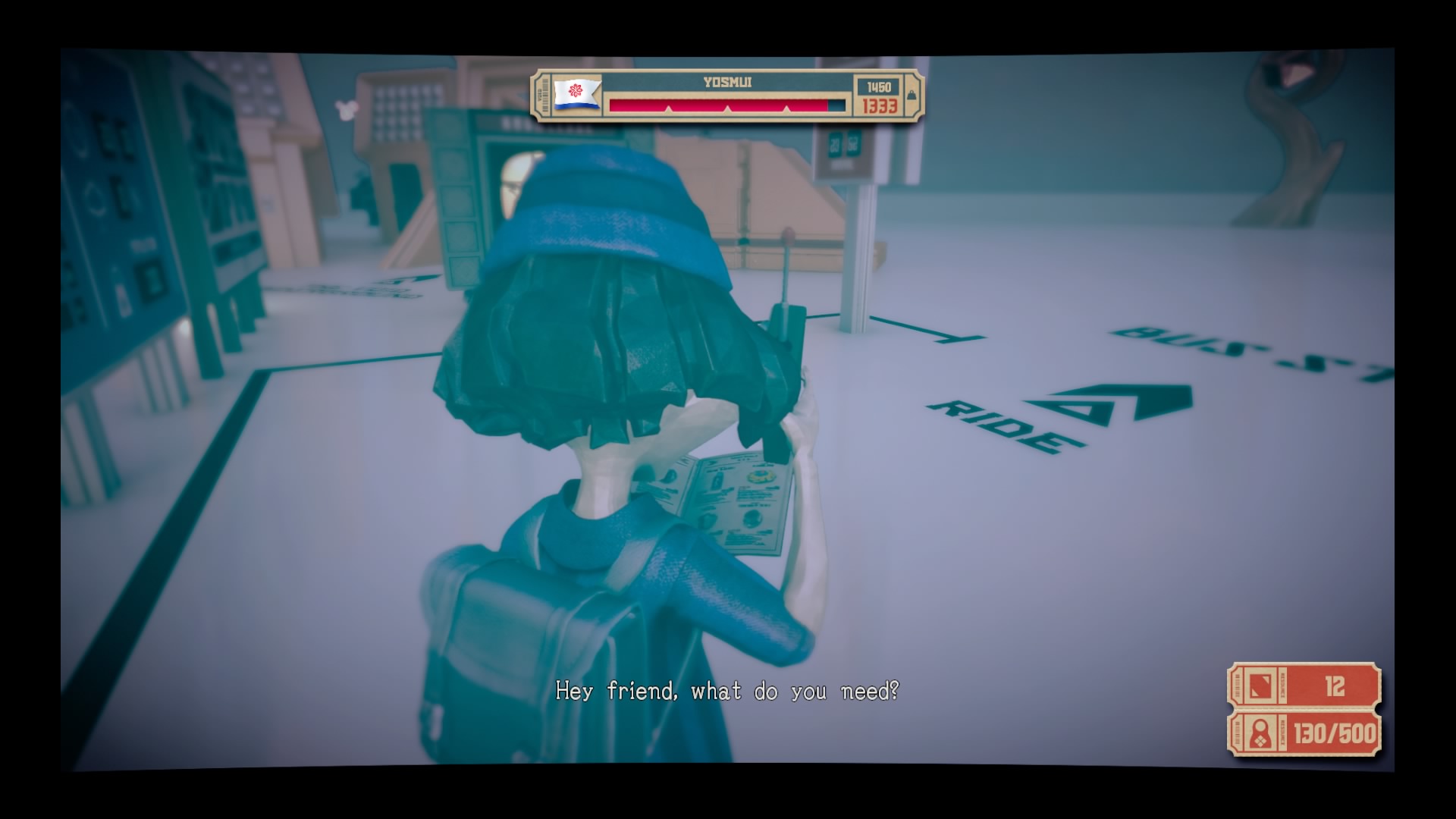
-
The Tomorrow Children Review
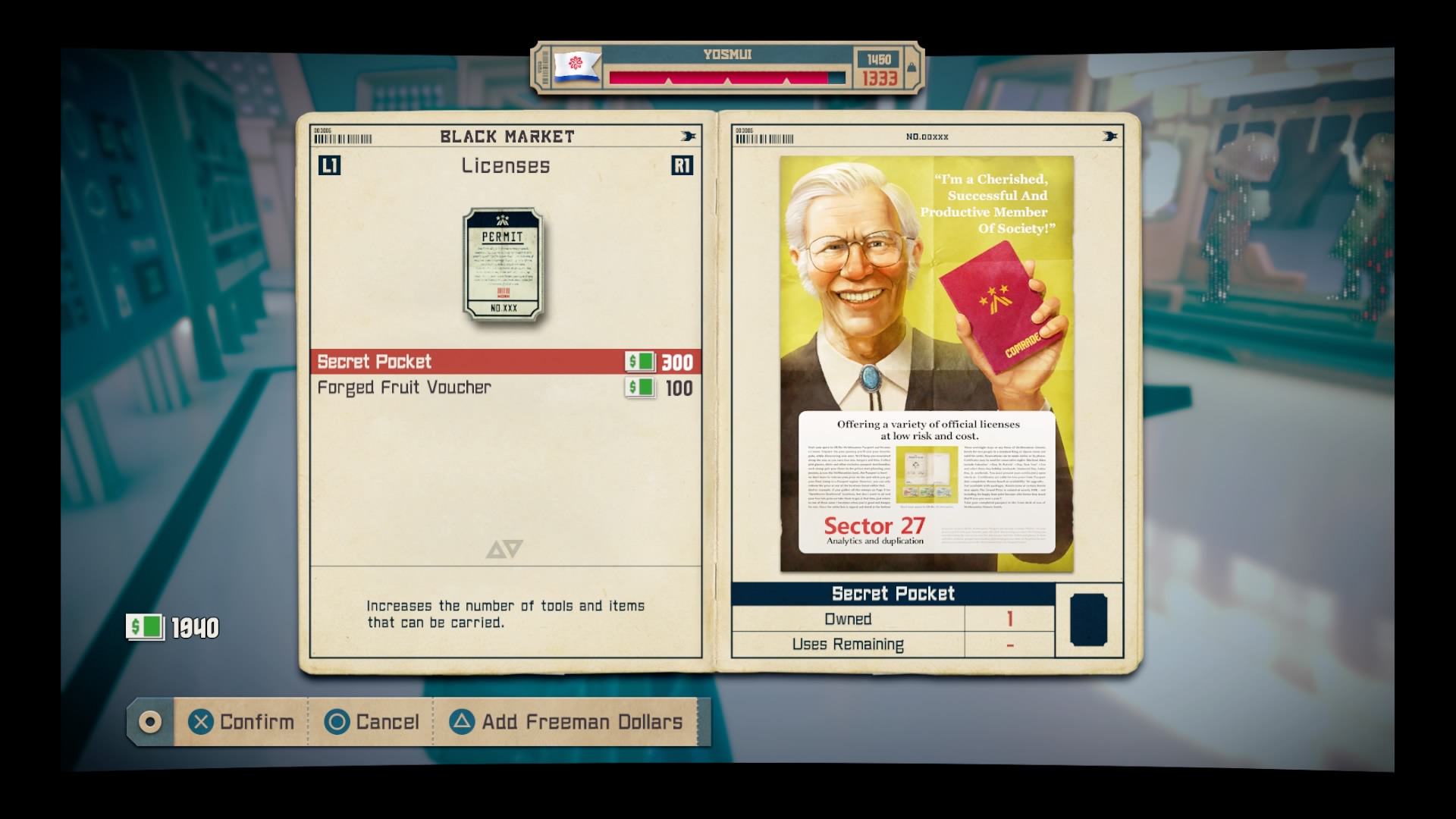
-
The Tomorrow Children Review
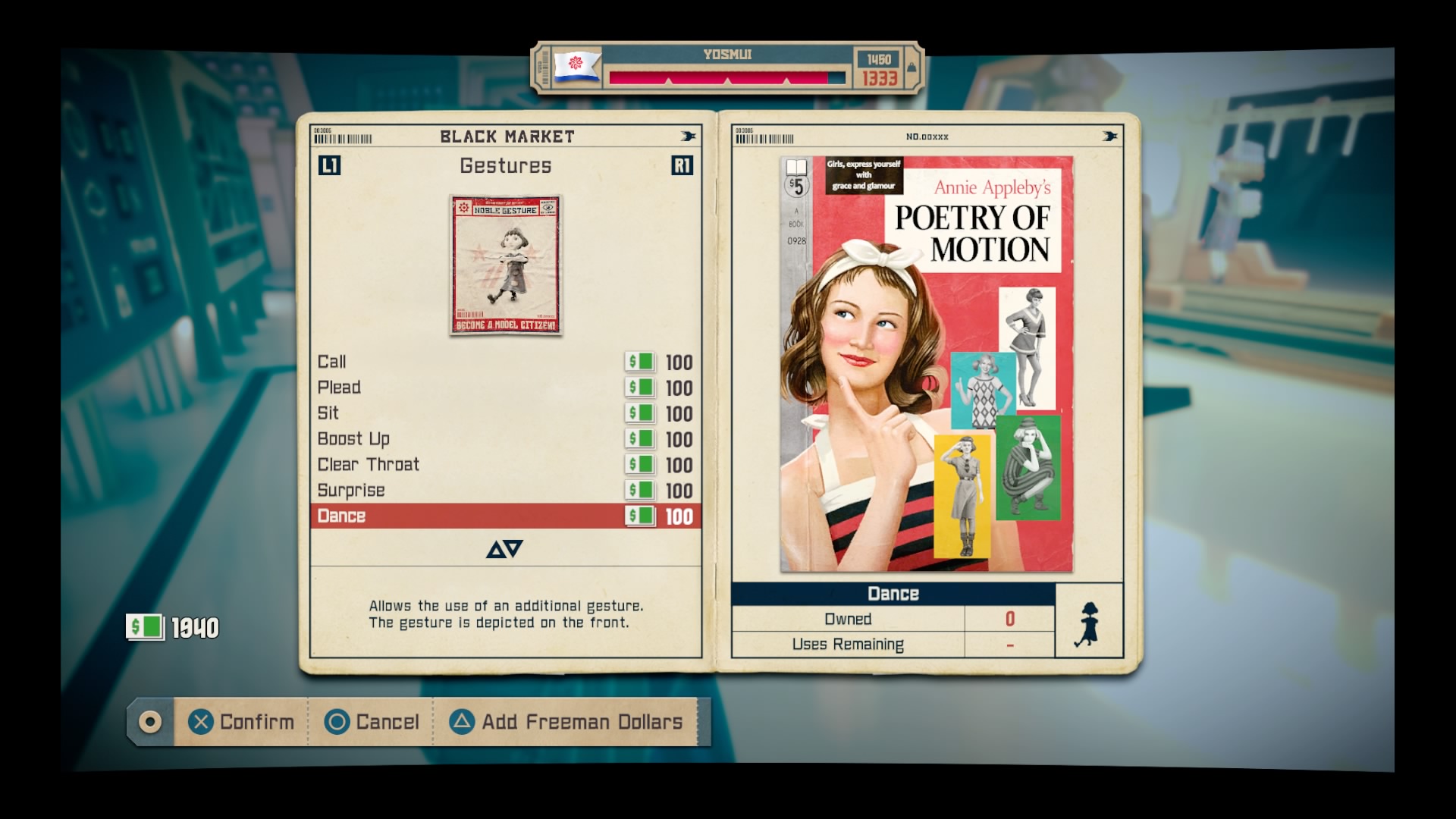
-
The Tomorrow Children Review
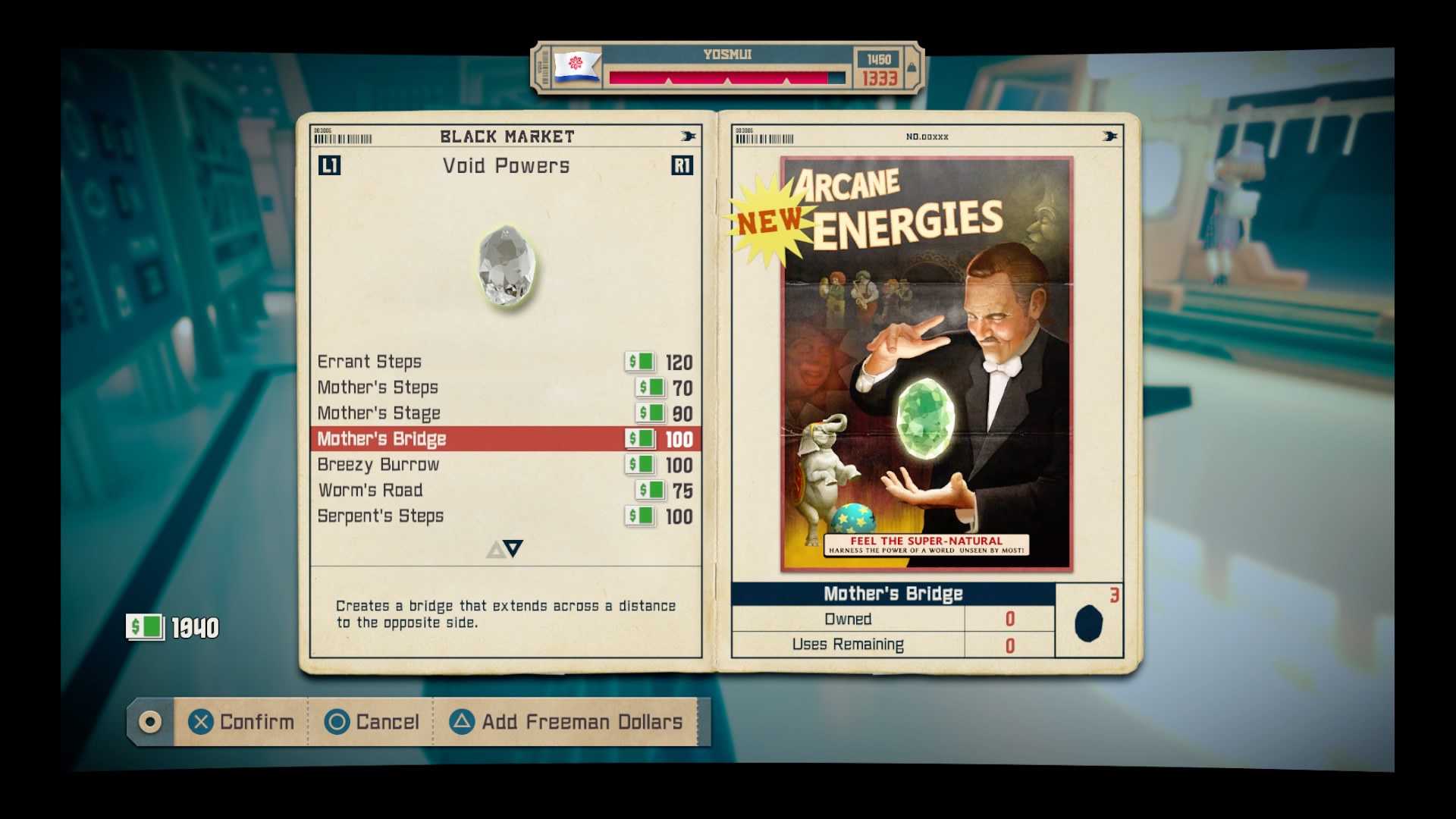
-
The Tomorrow Children Review
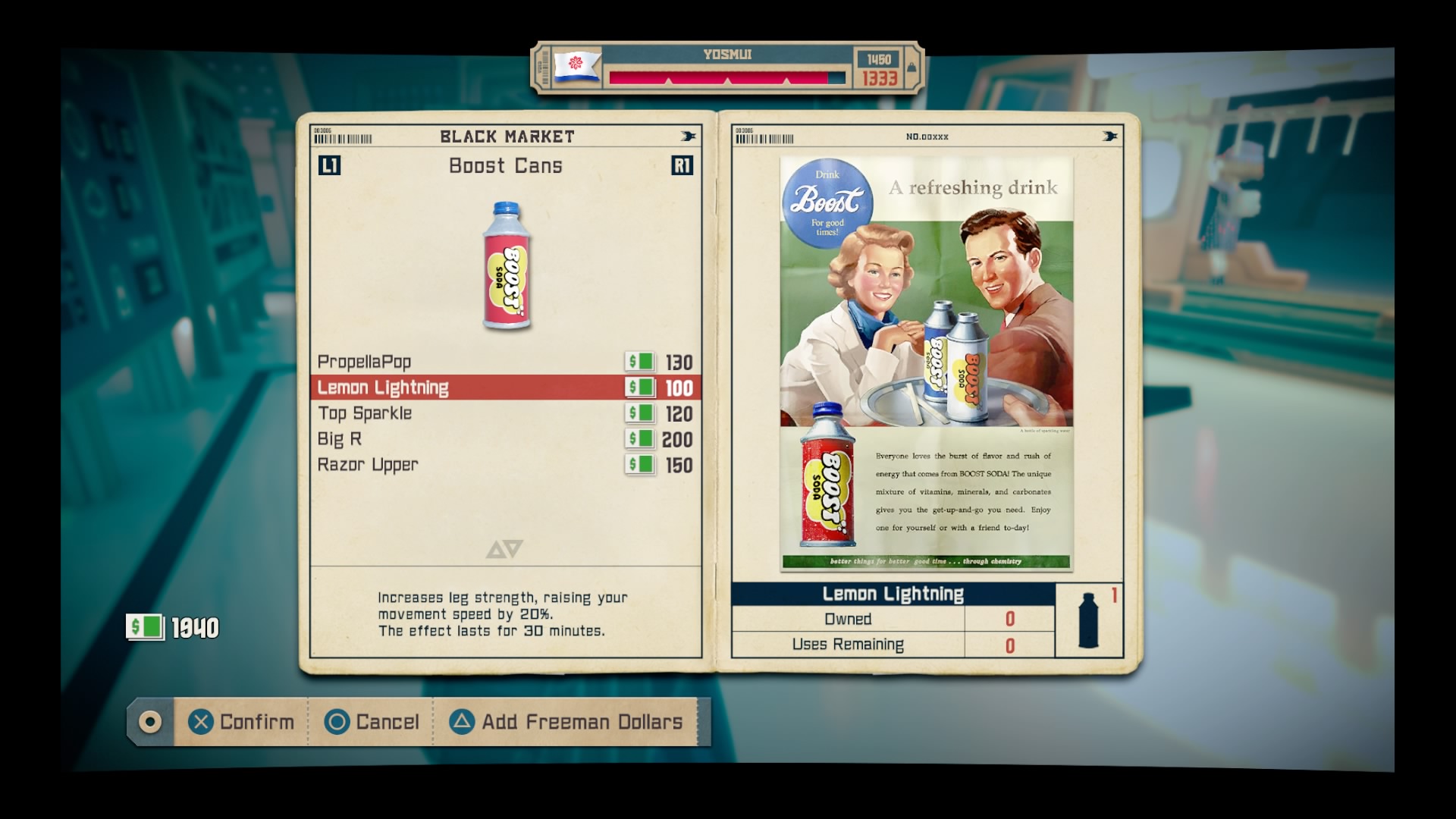
-
The Tomorrow Children Review
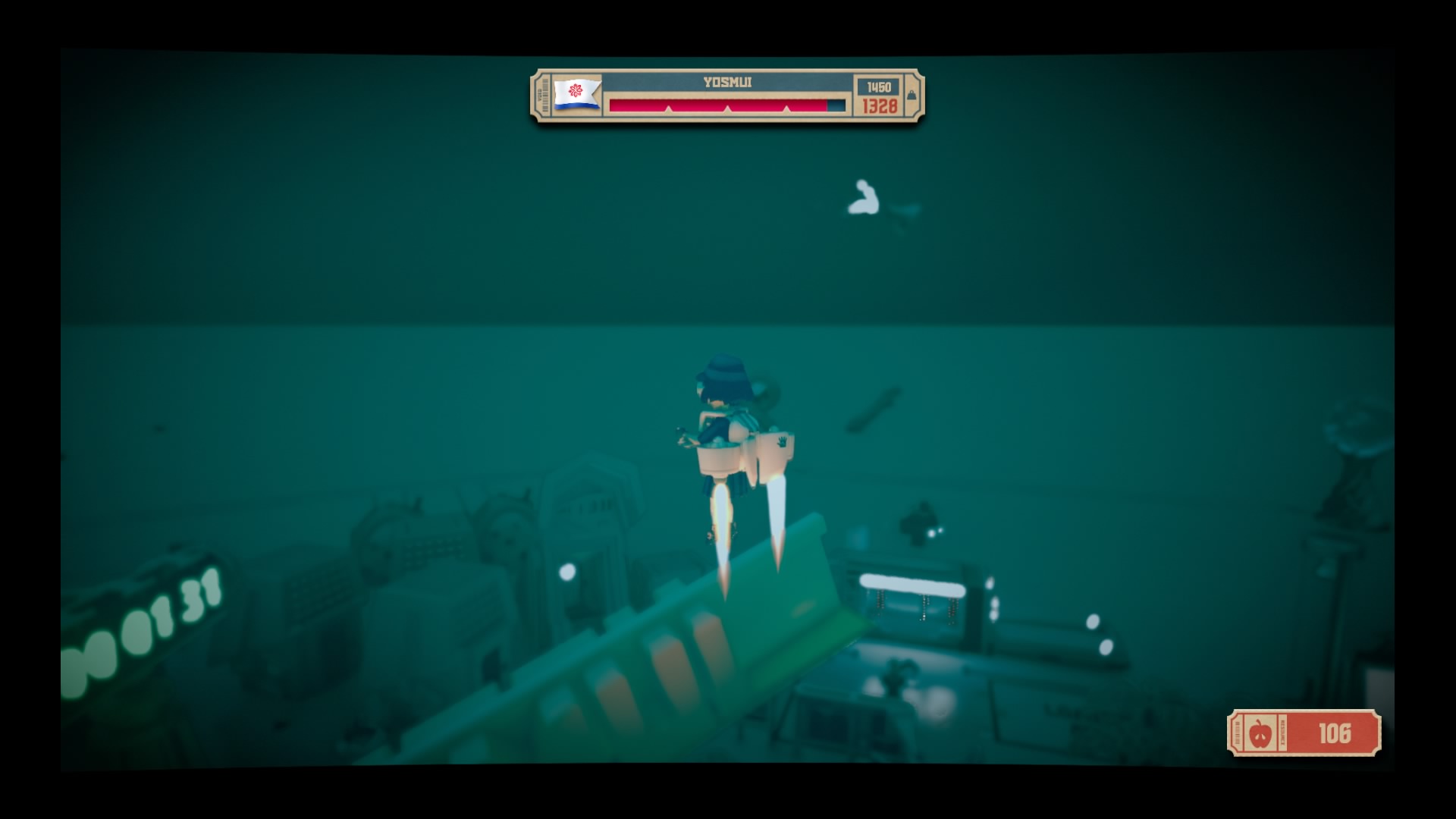
-
The Tomorrow Children Review
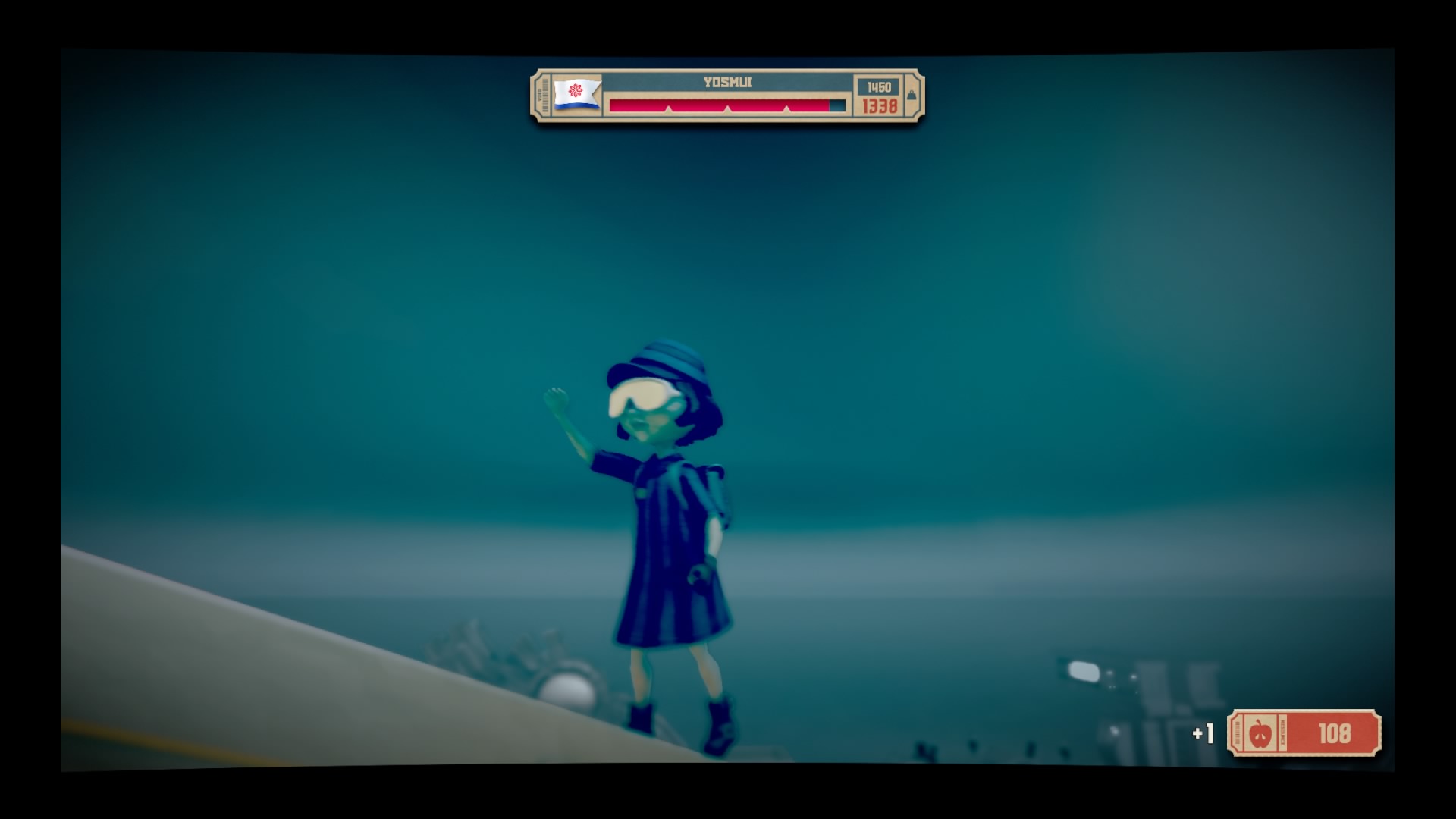
-
The Tomorrow Children Review
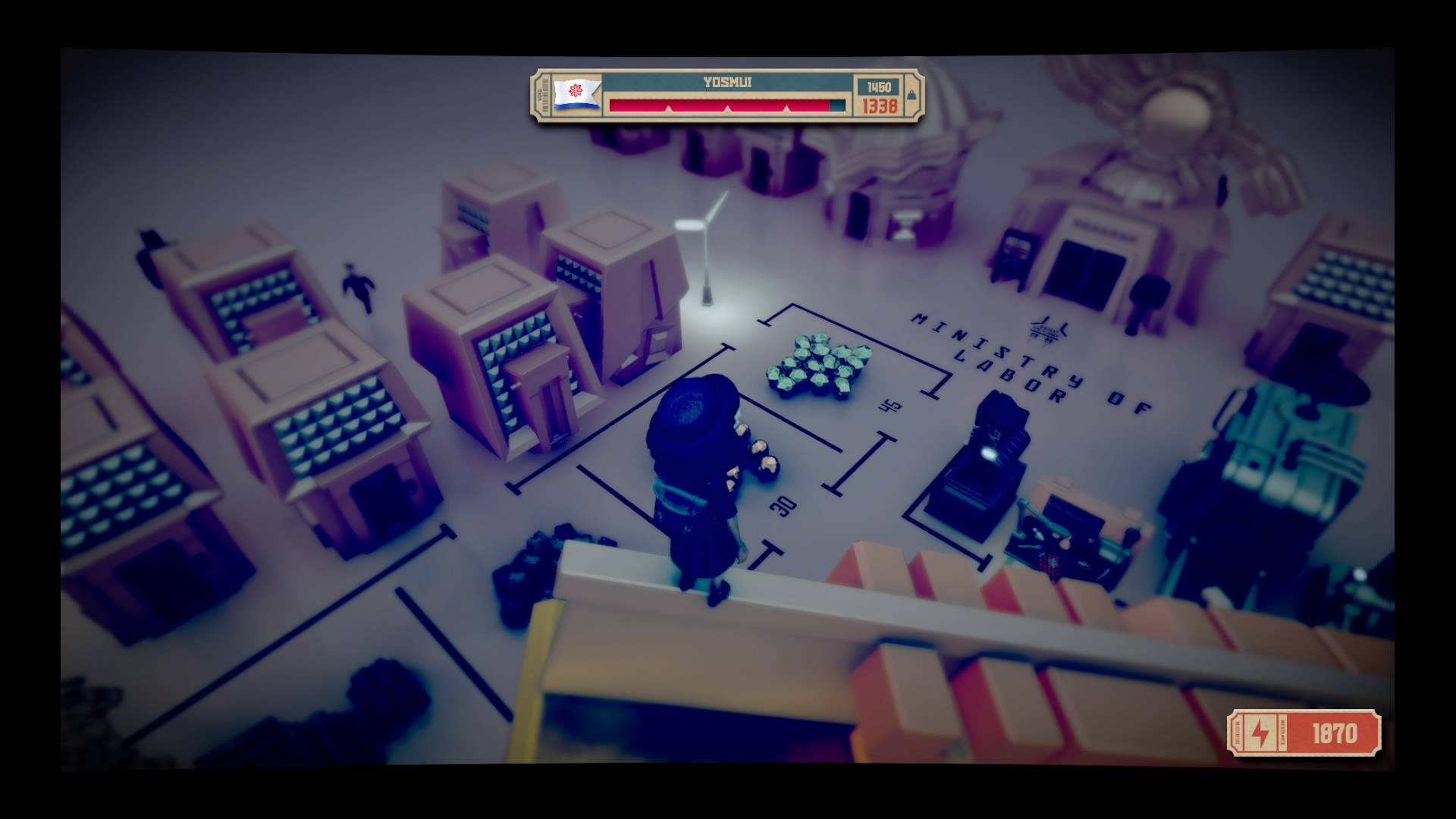
-
The Tomorrow Children Review
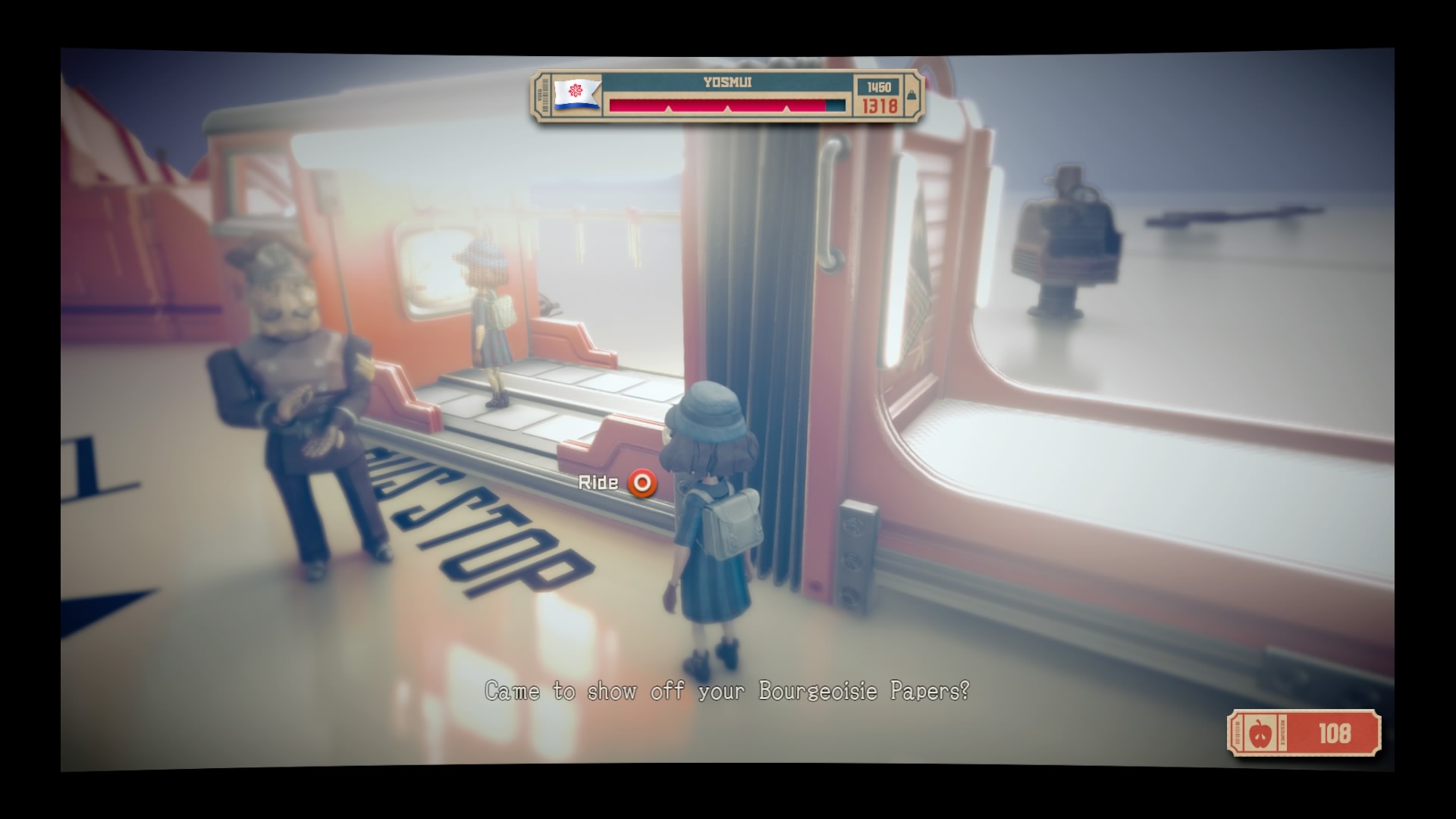
-
The Tomorrow Children Review
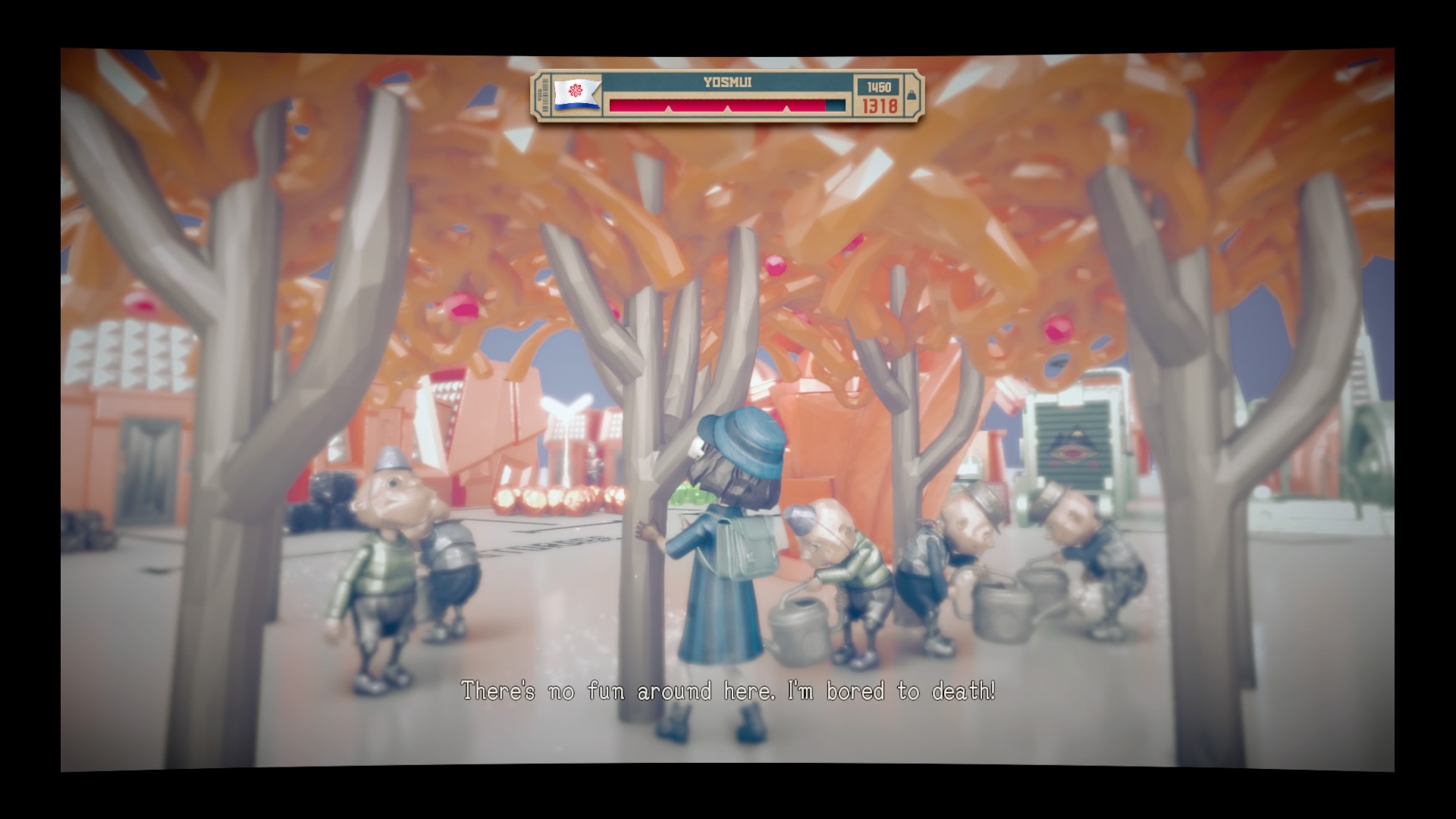
-
The Tomorrow Children Review
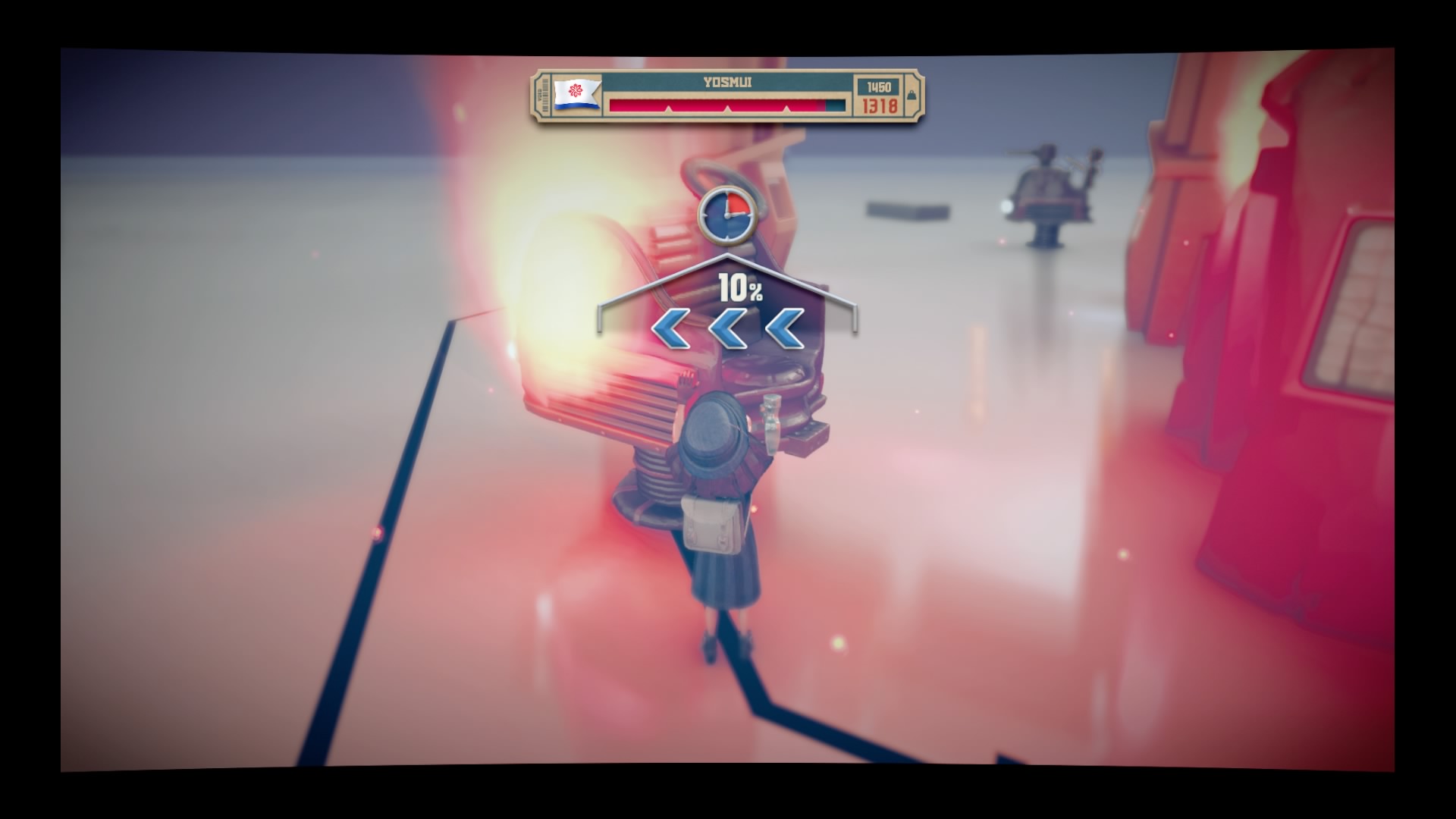
-
The Tomorrow Children Review
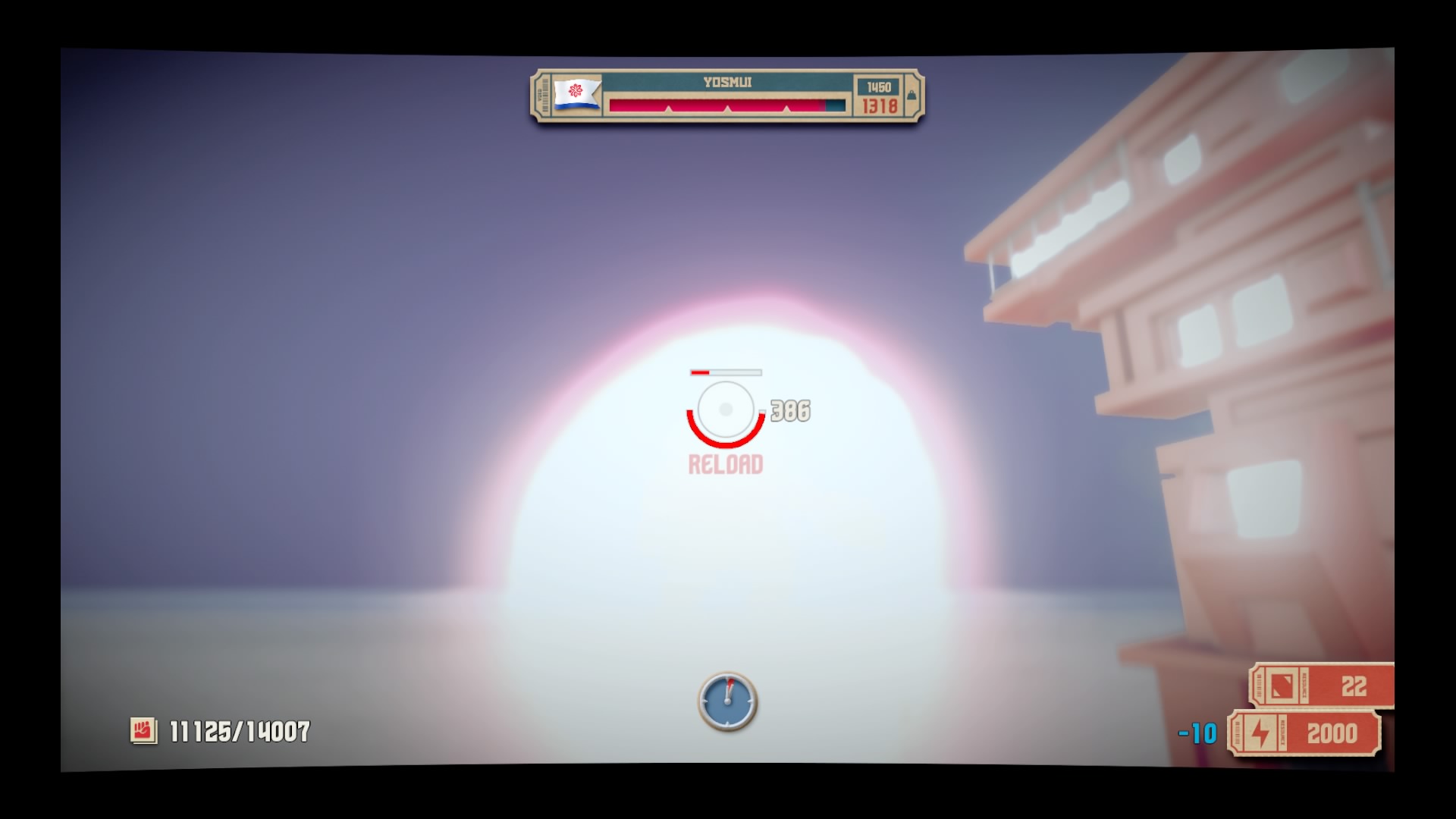
-
The Tomorrow Children Review
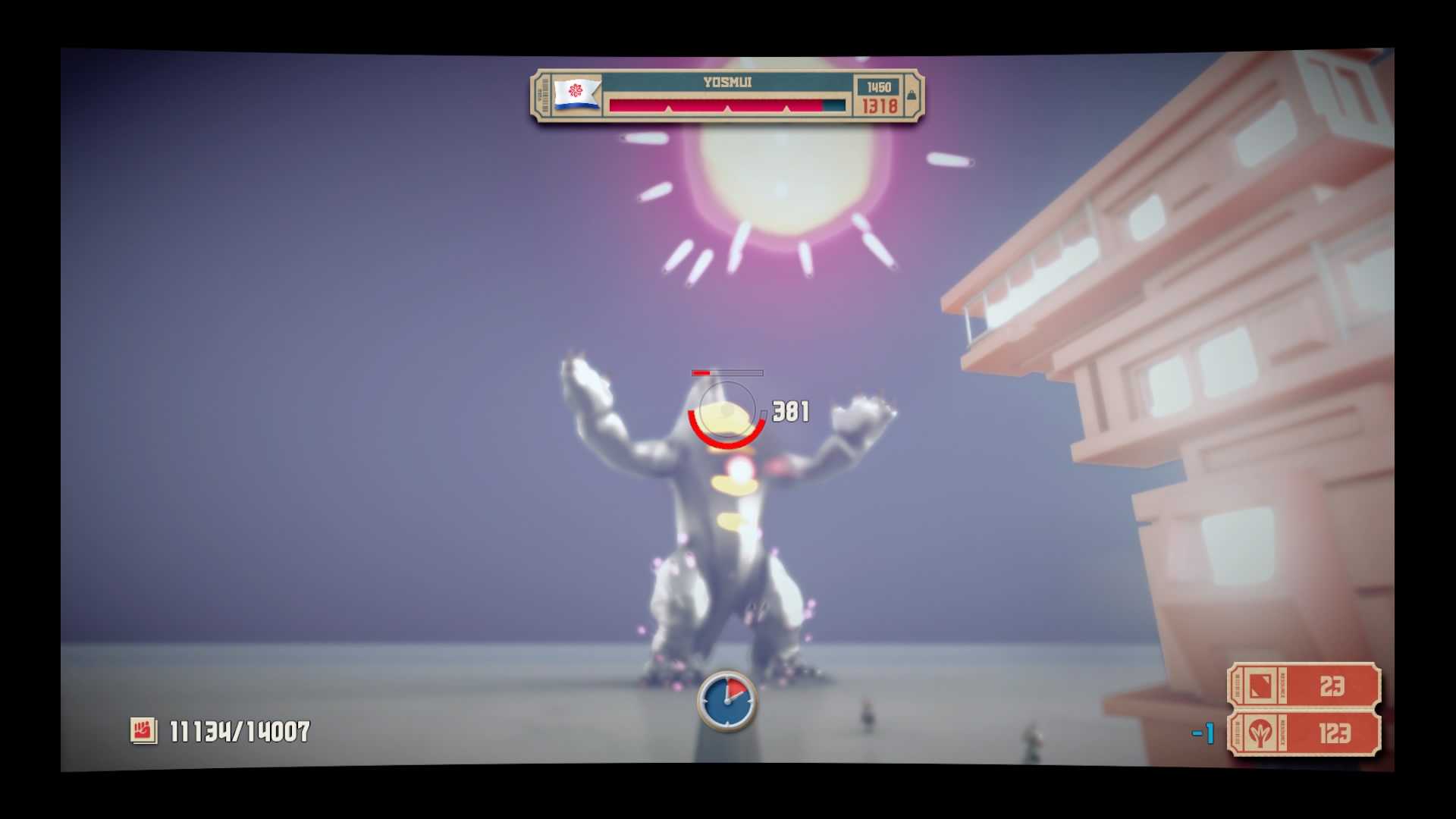
-
The Tomorrow Children Review
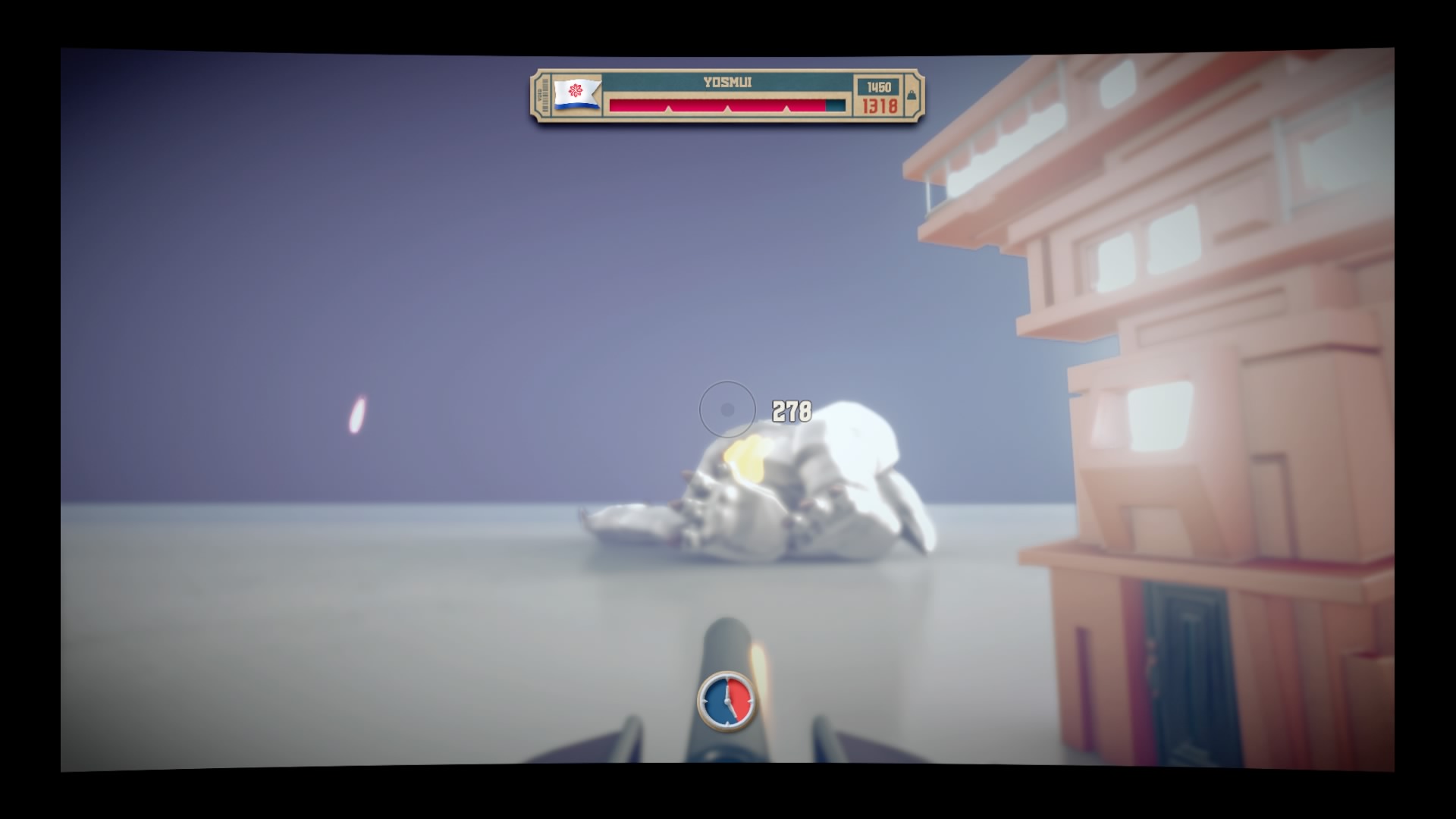
-
The Tomorrow Children Review
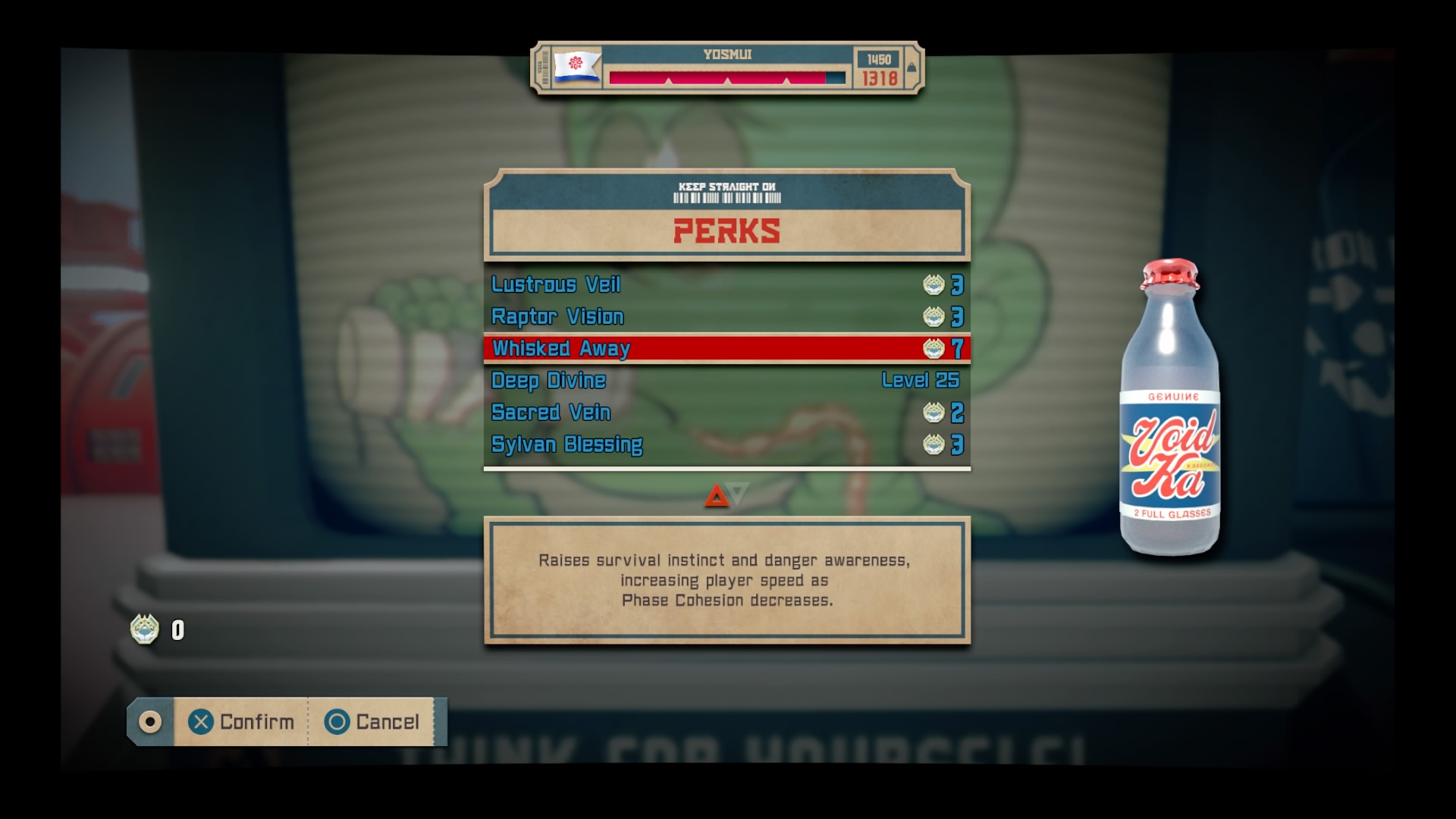
-
The Tomorrow Children Review
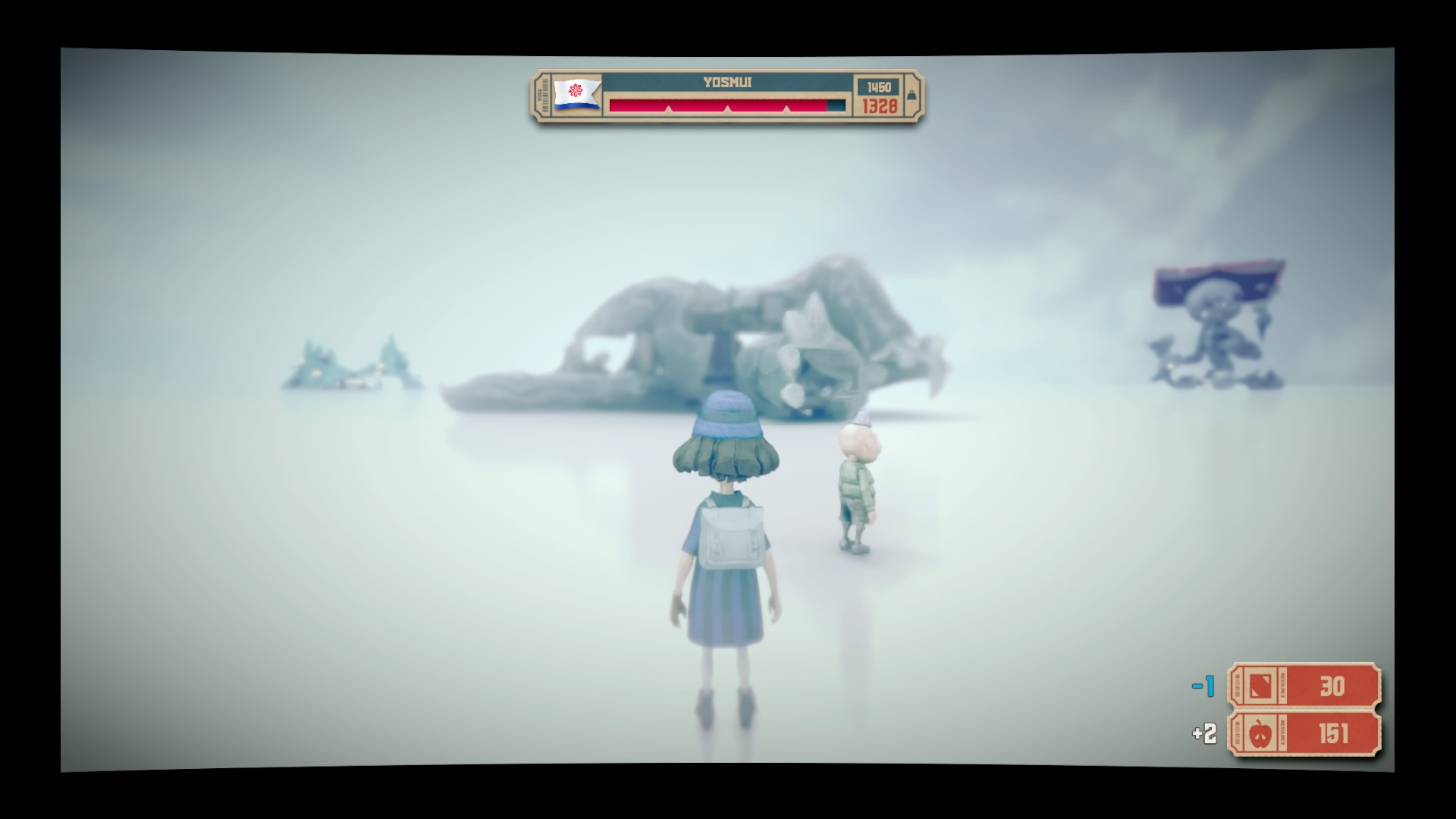
-
The Tomorrow Children Review
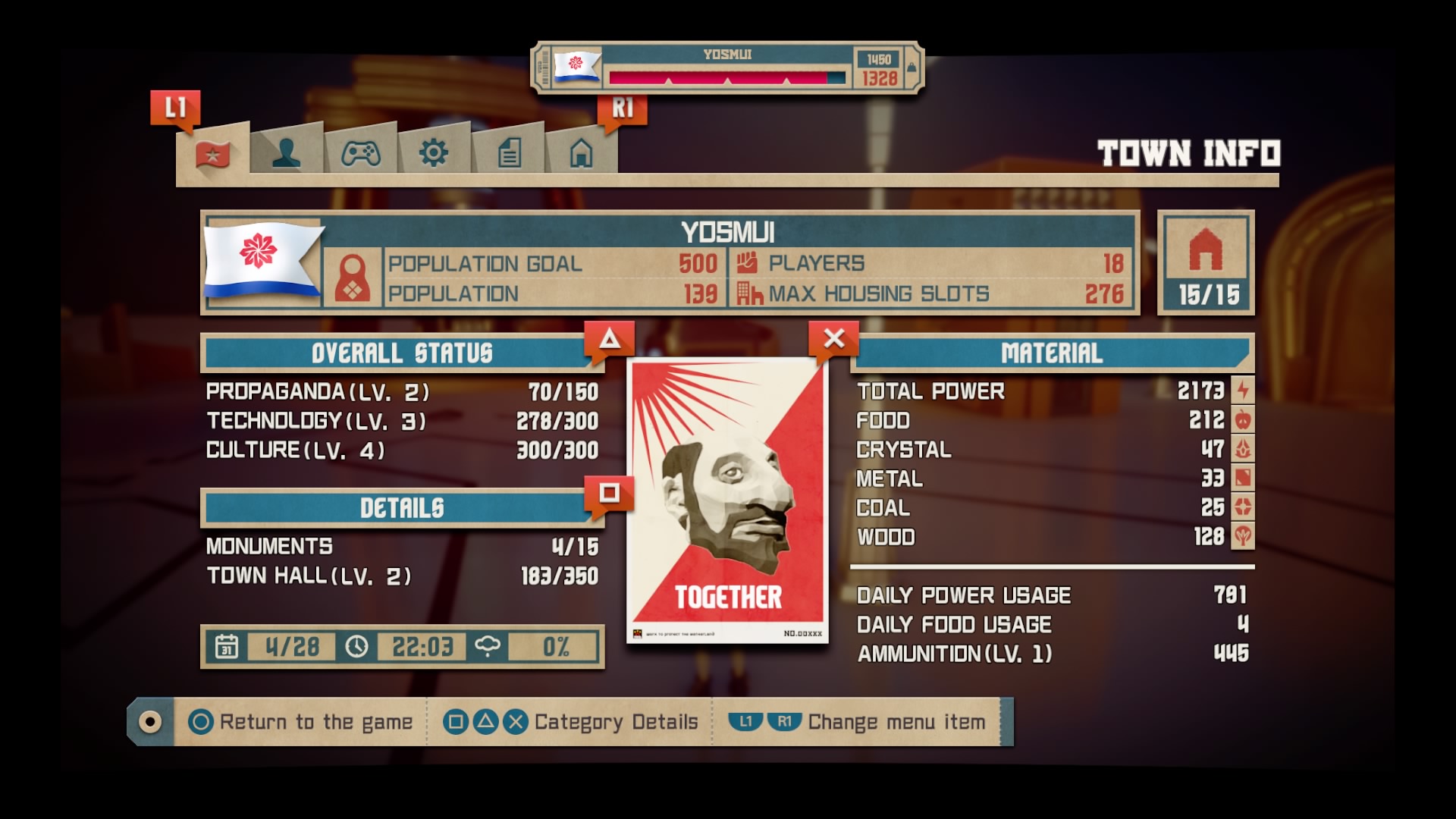
-
The Tomorrow Children Review
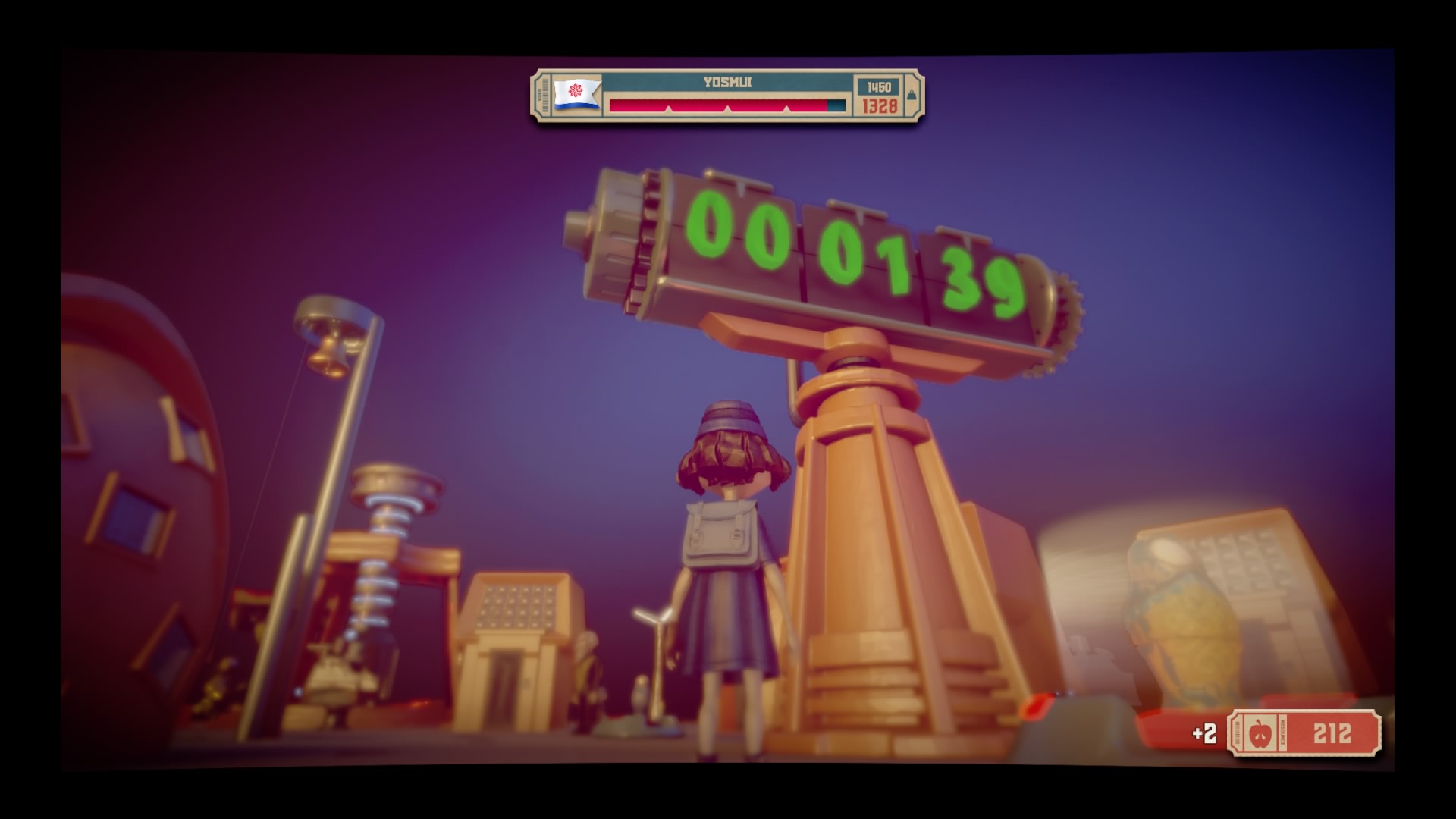
-
The Tomorrow Children Review
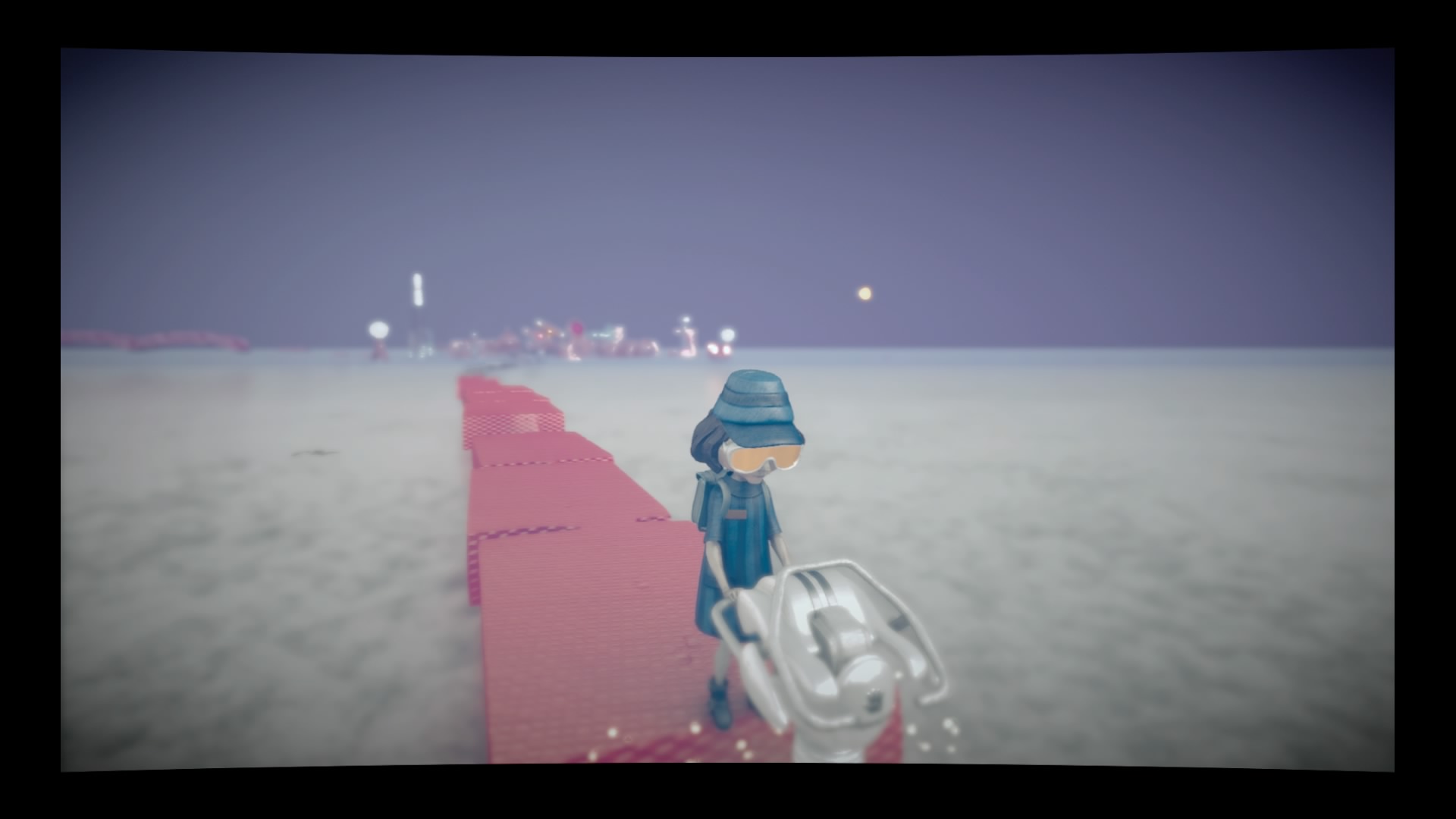
-
The Tomorrow Children Review

-
The Tomorrow Children Review
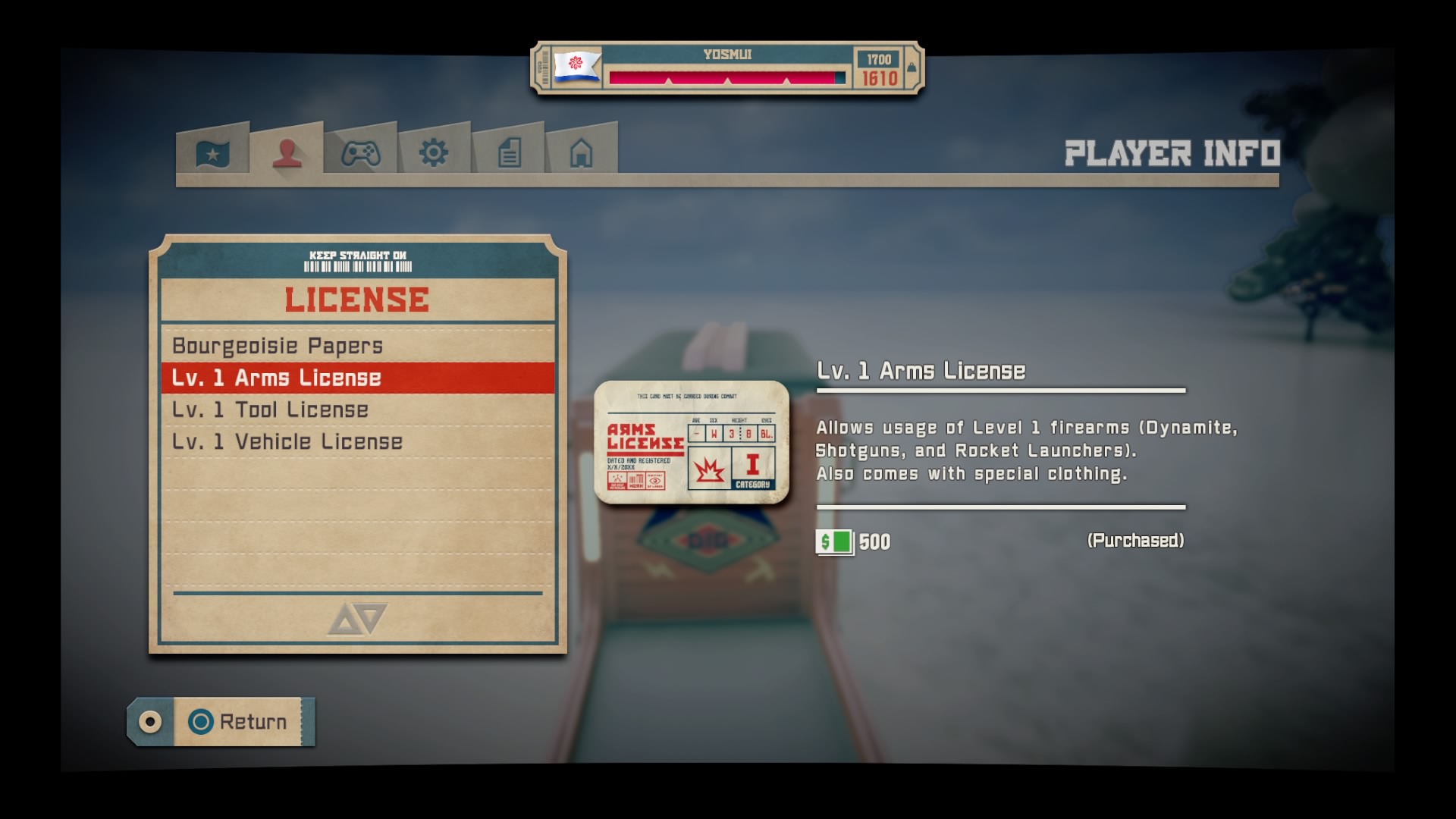
-
The Tomorrow Children Review
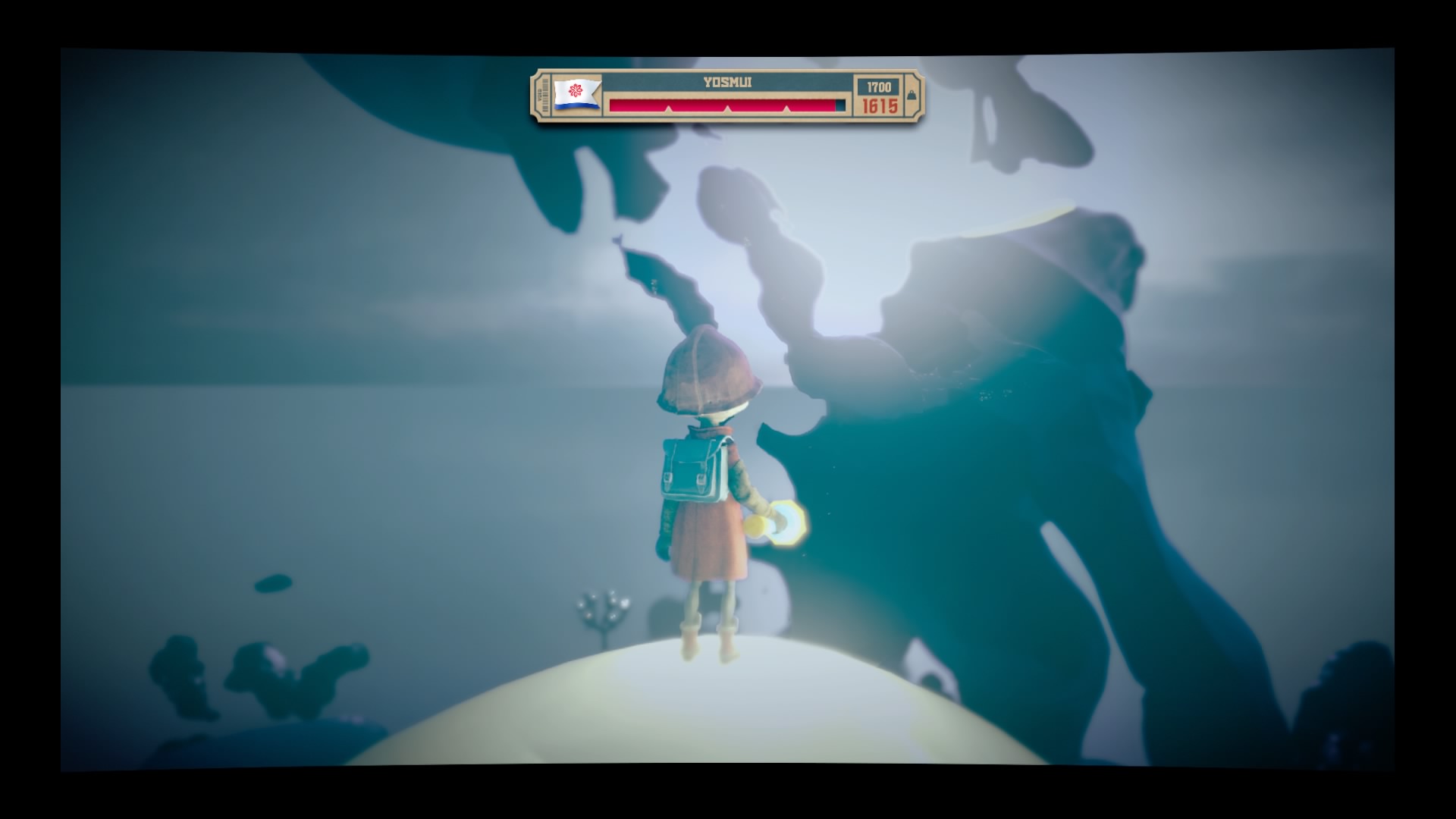
-
The Tomorrow Children Review
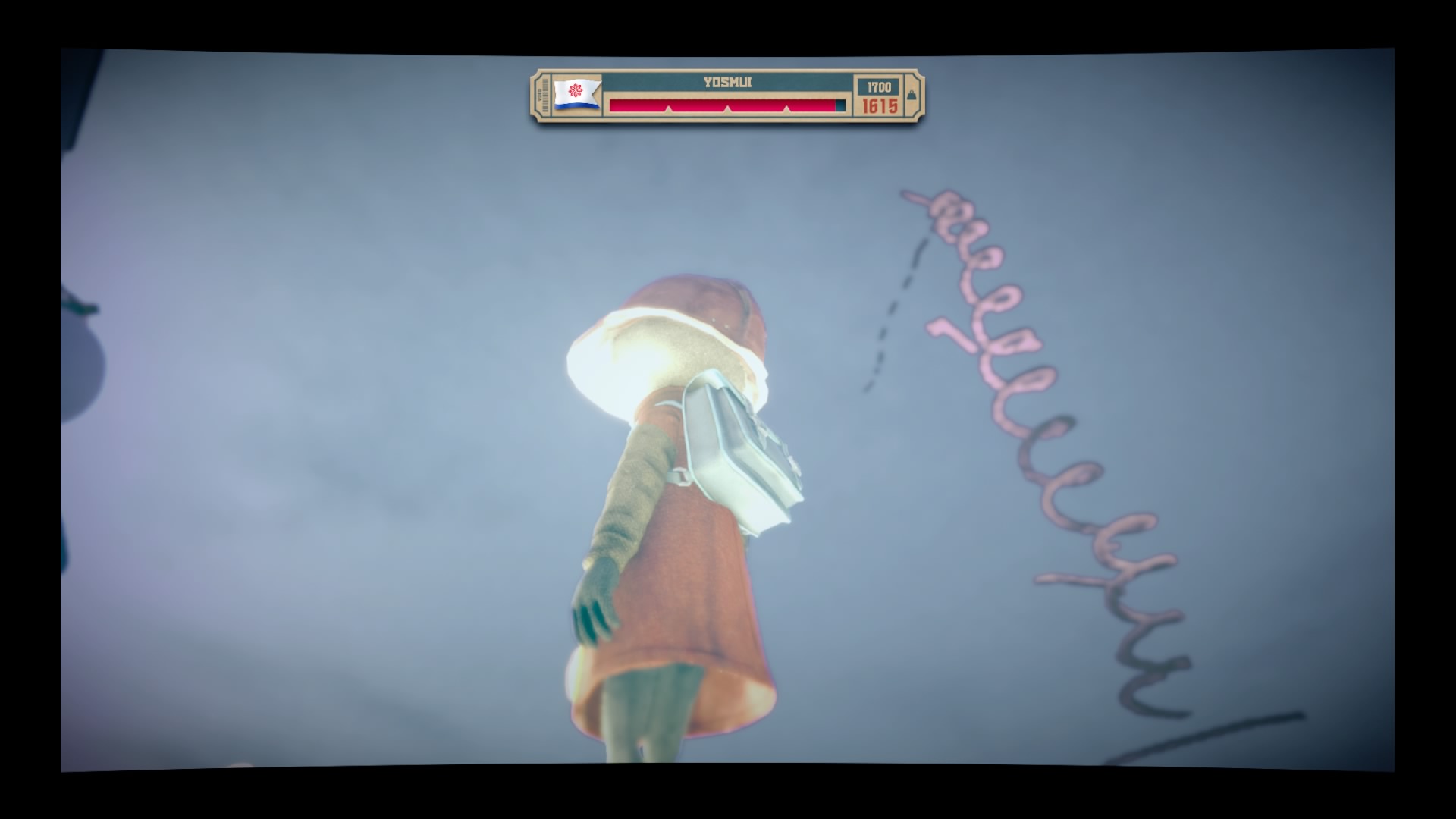
-
The Tomorrow Children Review
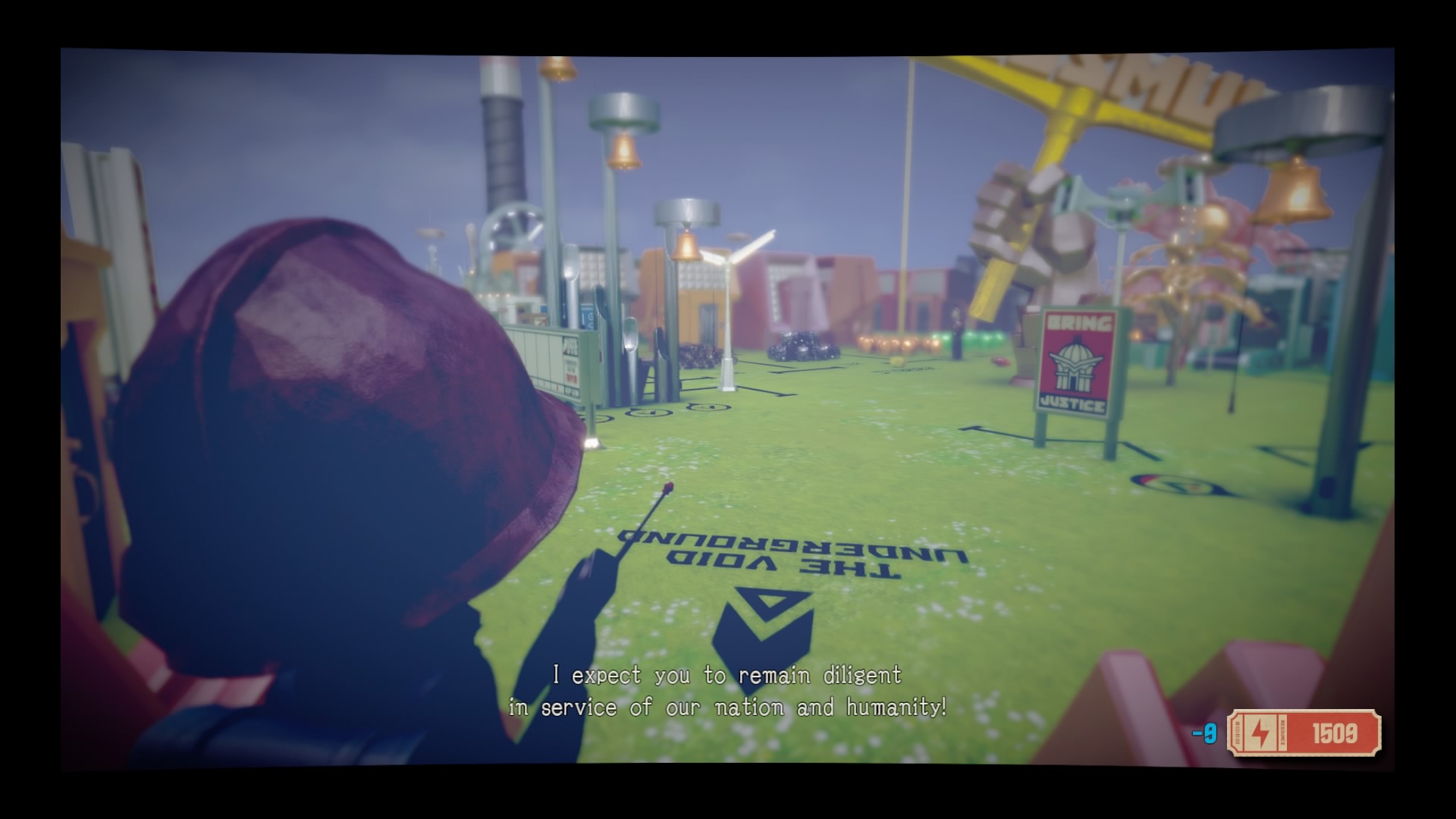
-
The Tomorrow Children Review
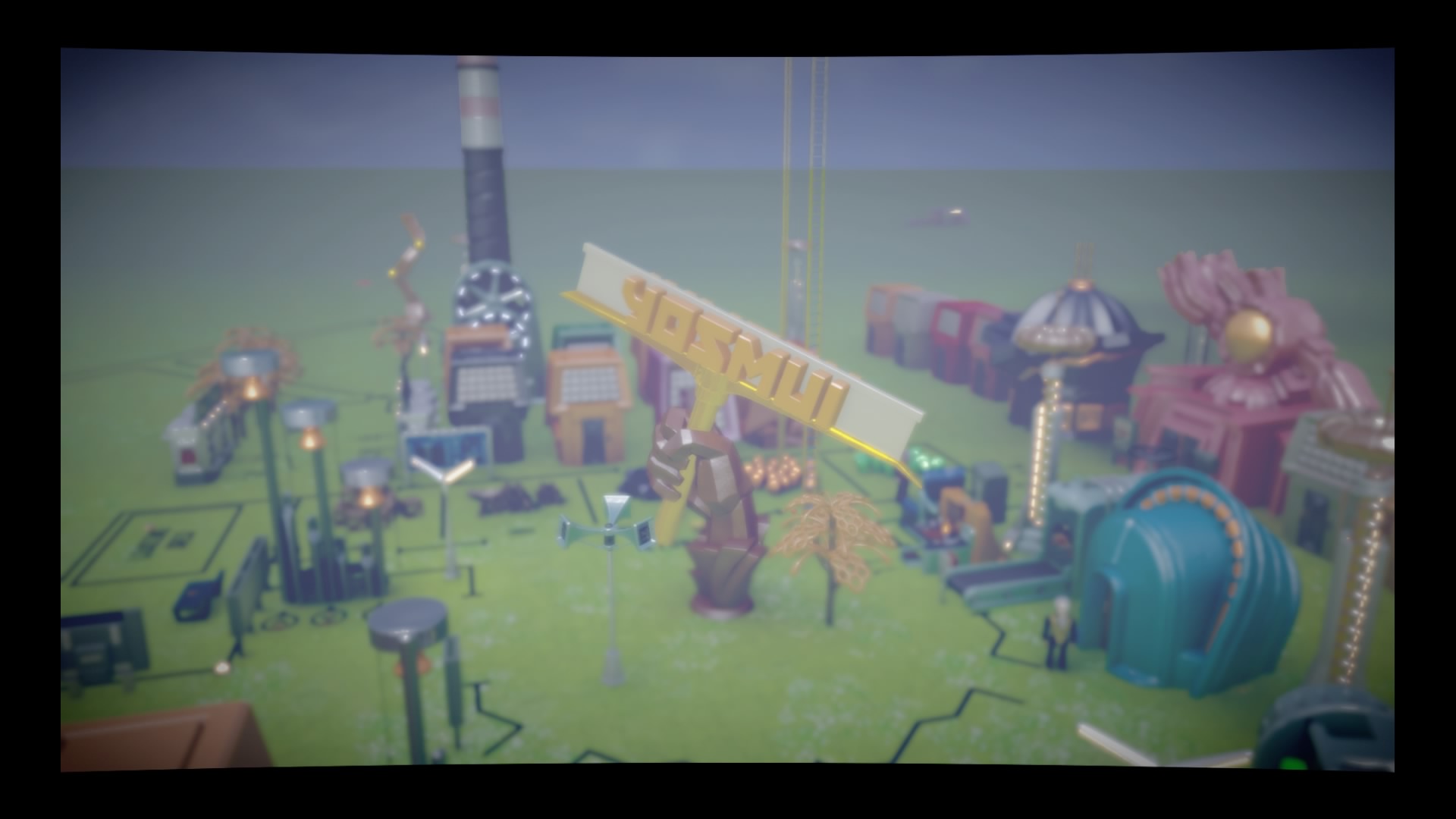
-
The Tomorrow Children Review
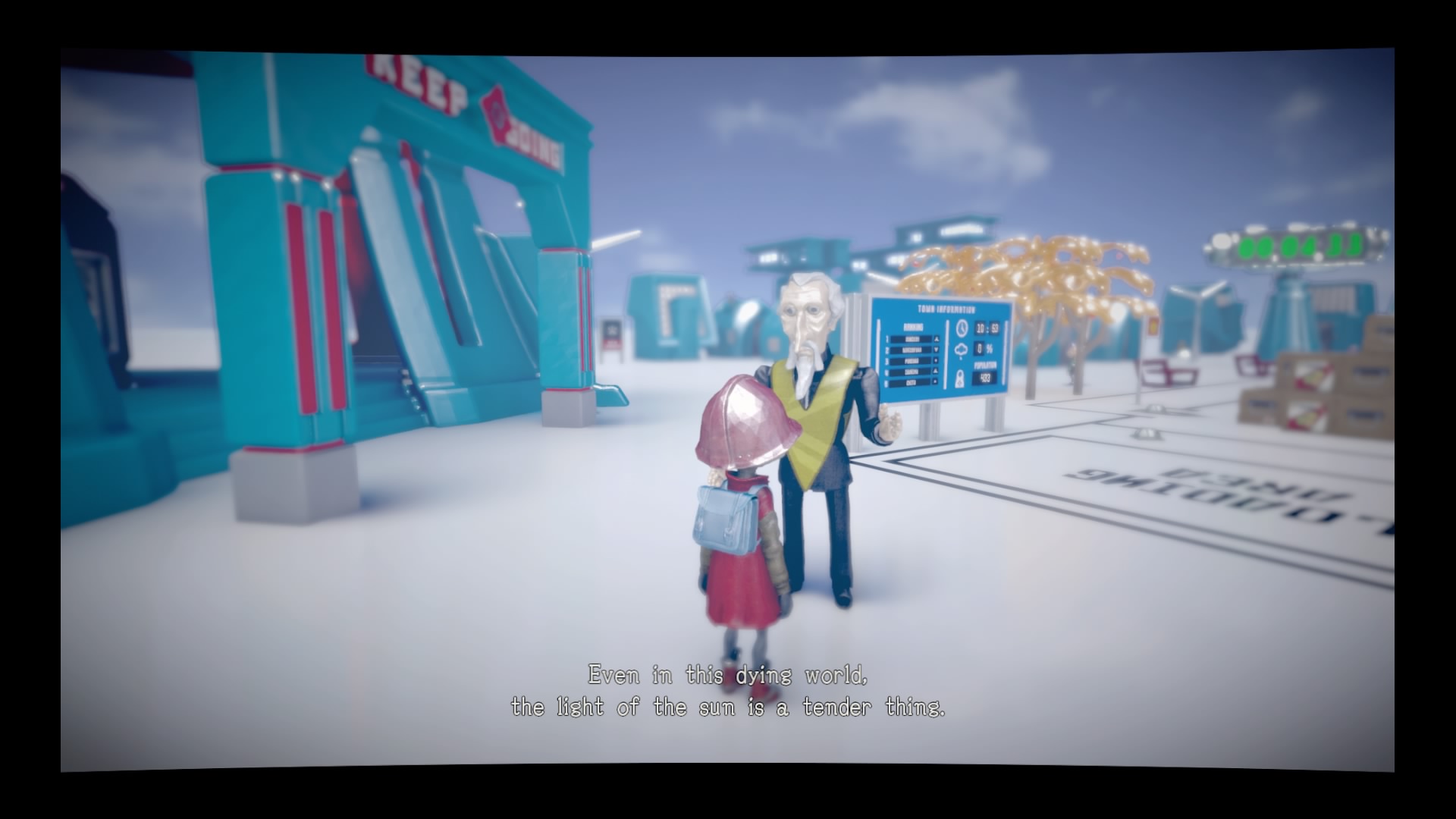
-
The Tomorrow Children Review
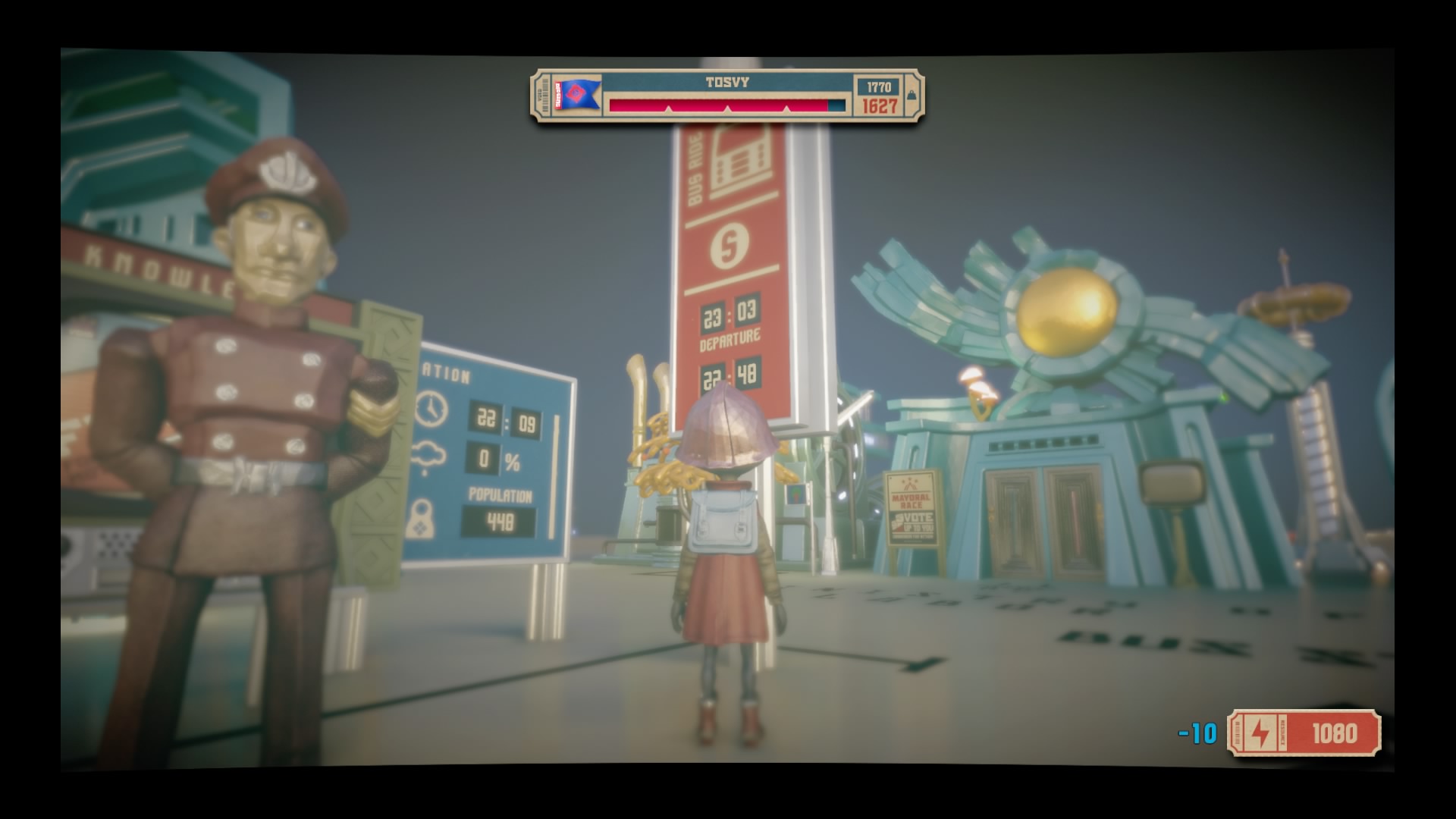
-
The Tomorrow Children Review
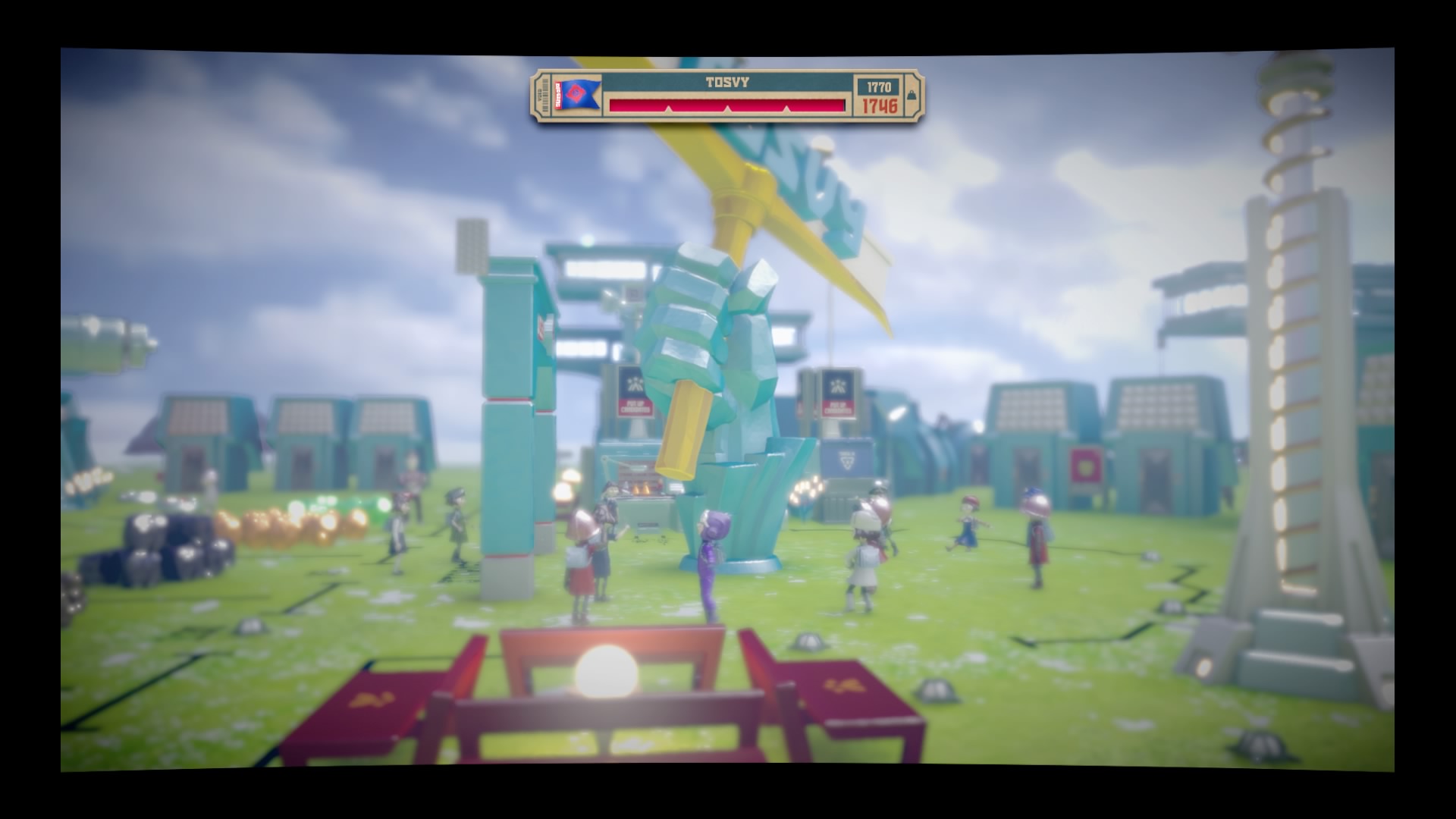
-
The Tomorrow Children Review
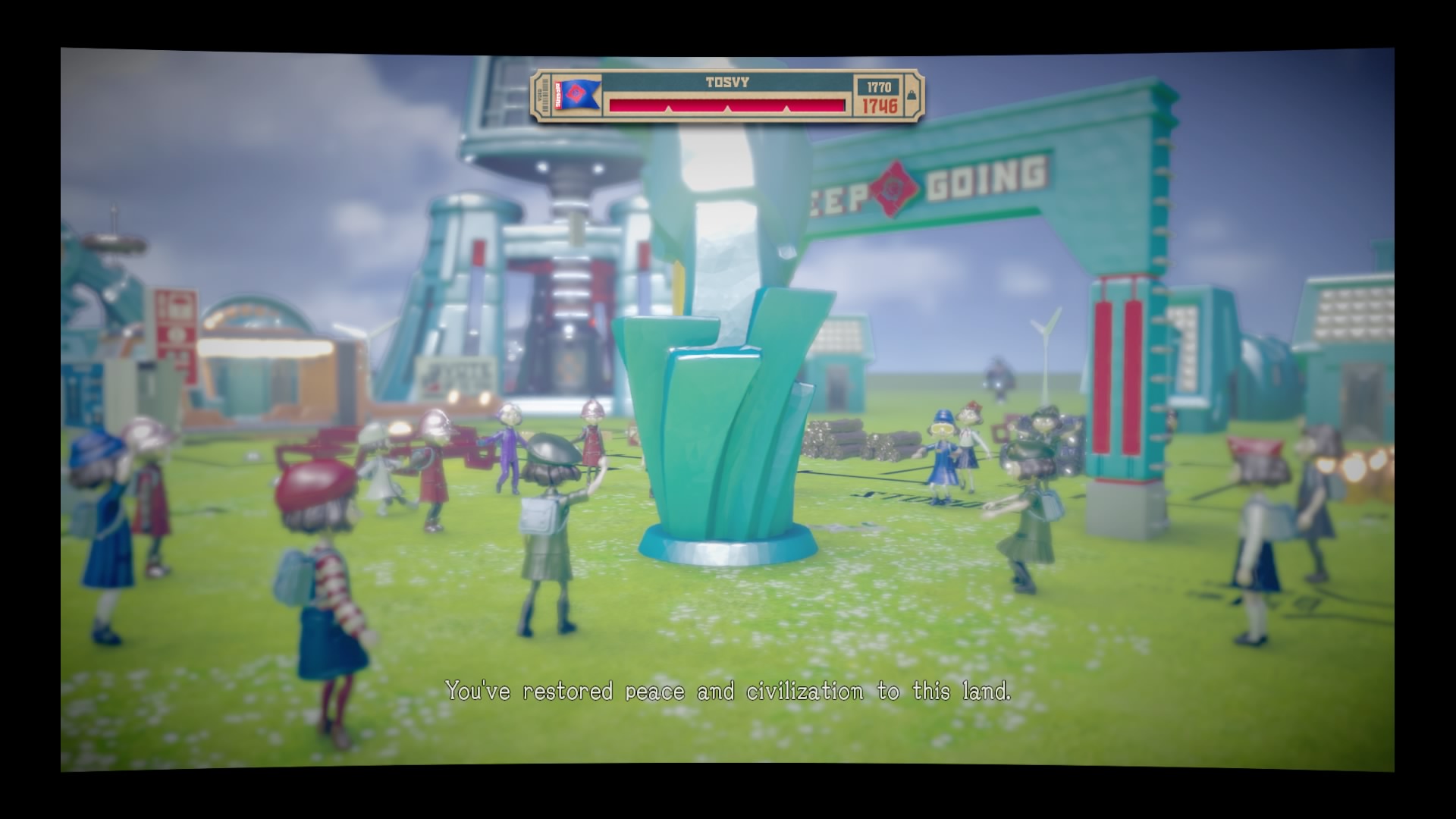
-
The Tomorrow Children Review
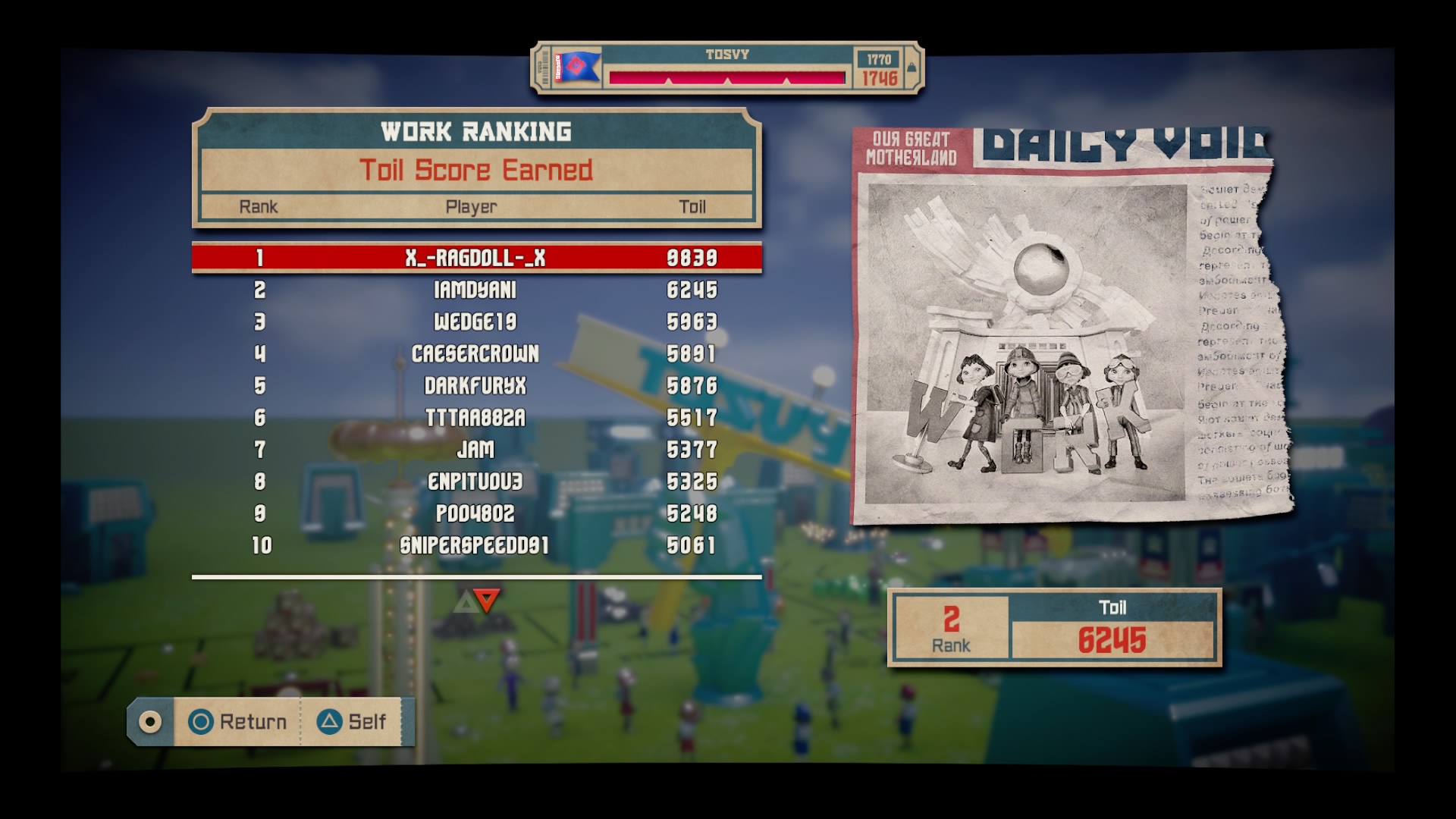
-
The Tomorrow Children Review
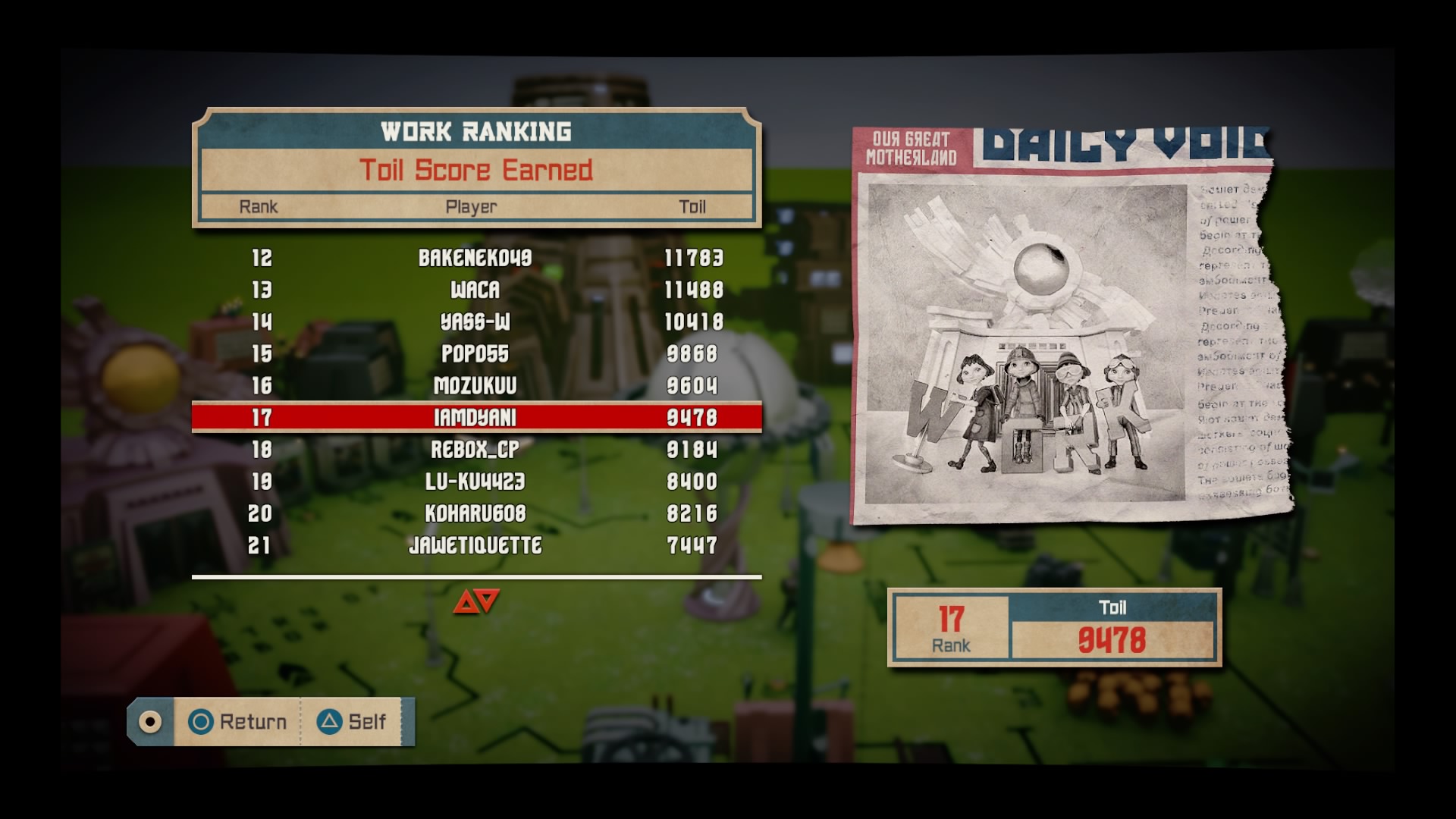
-
The Tomorrow Children Review
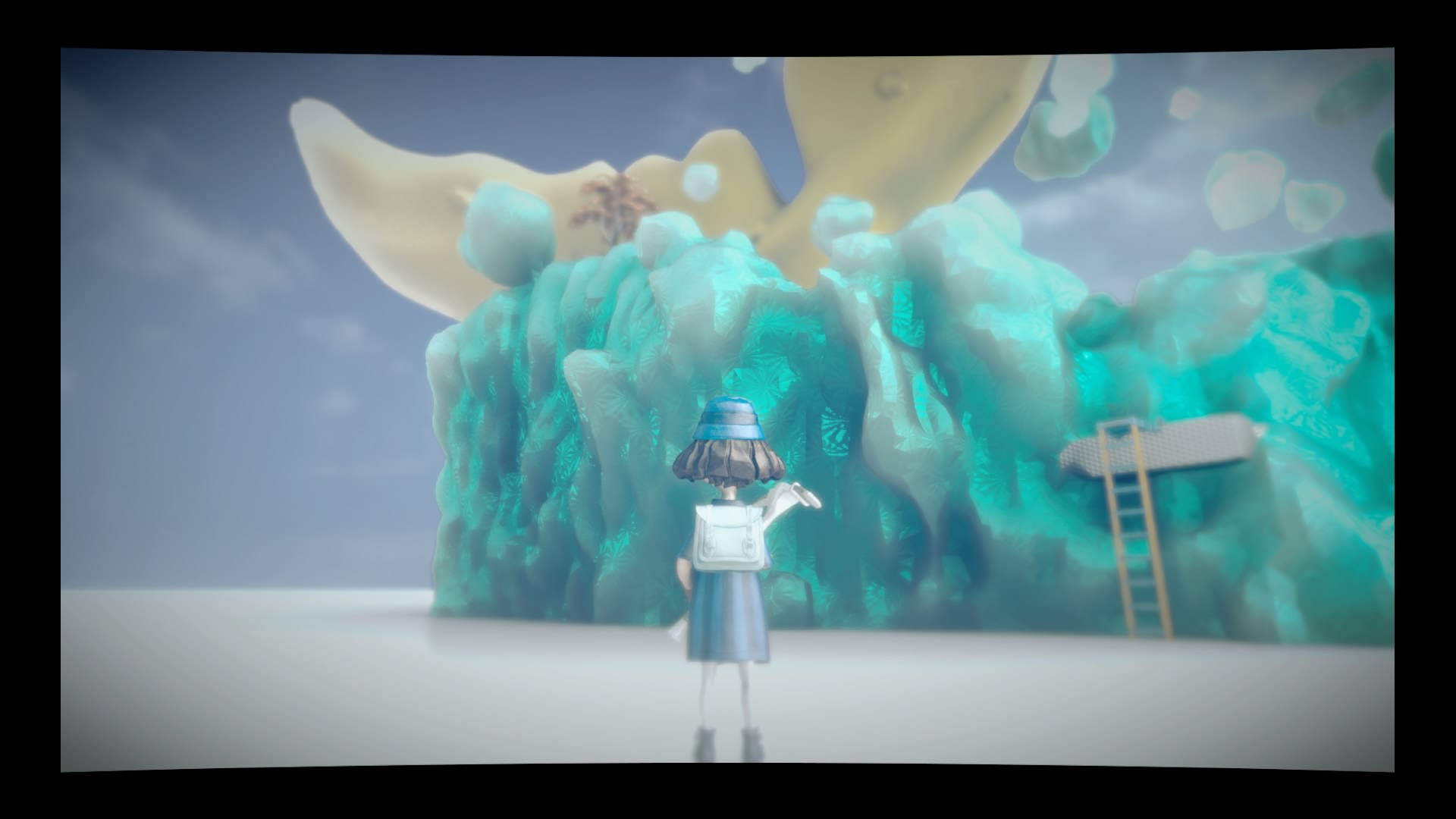
-
The Tomorrow Children Review
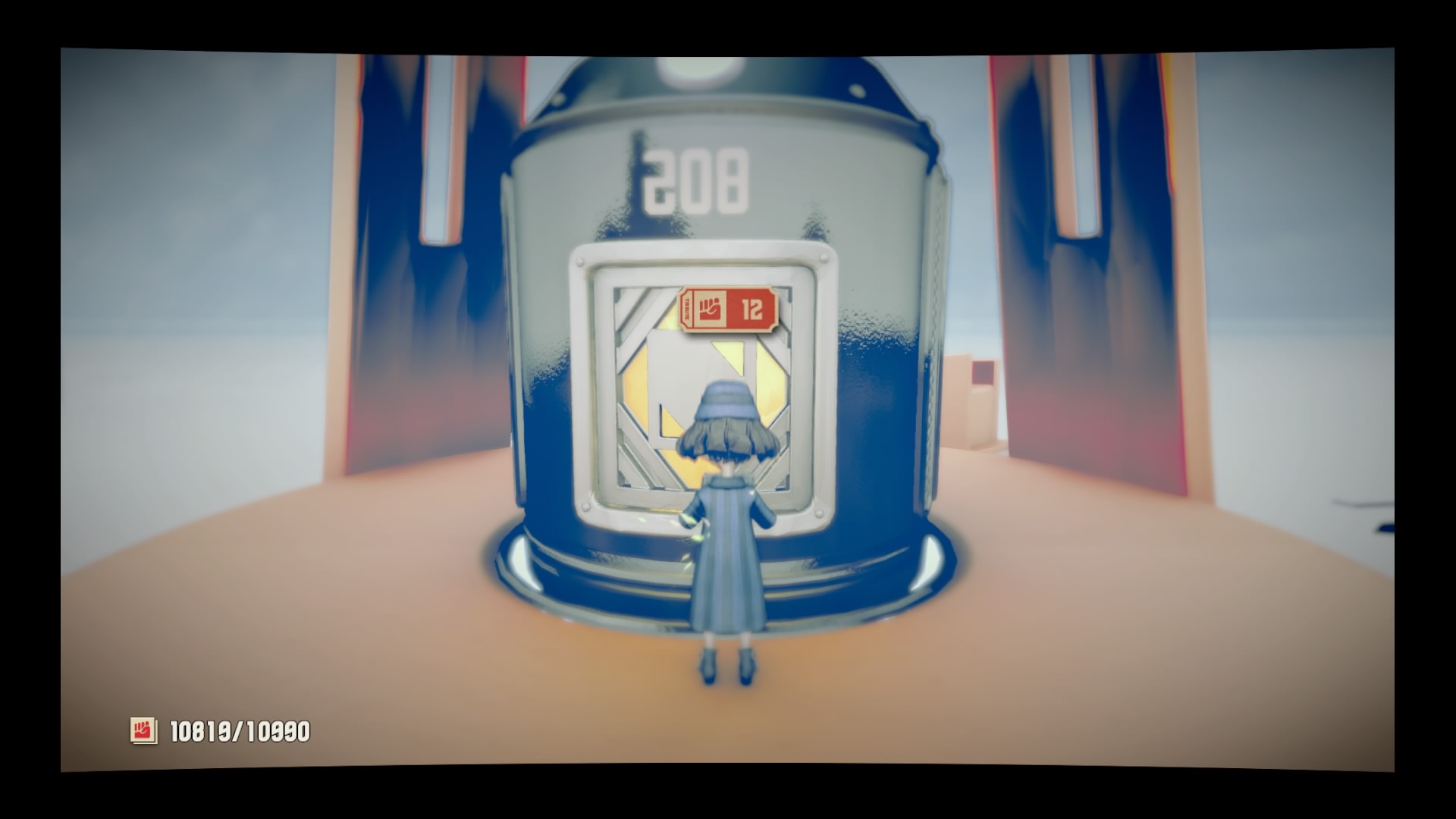
-
The Tomorrow Children Review
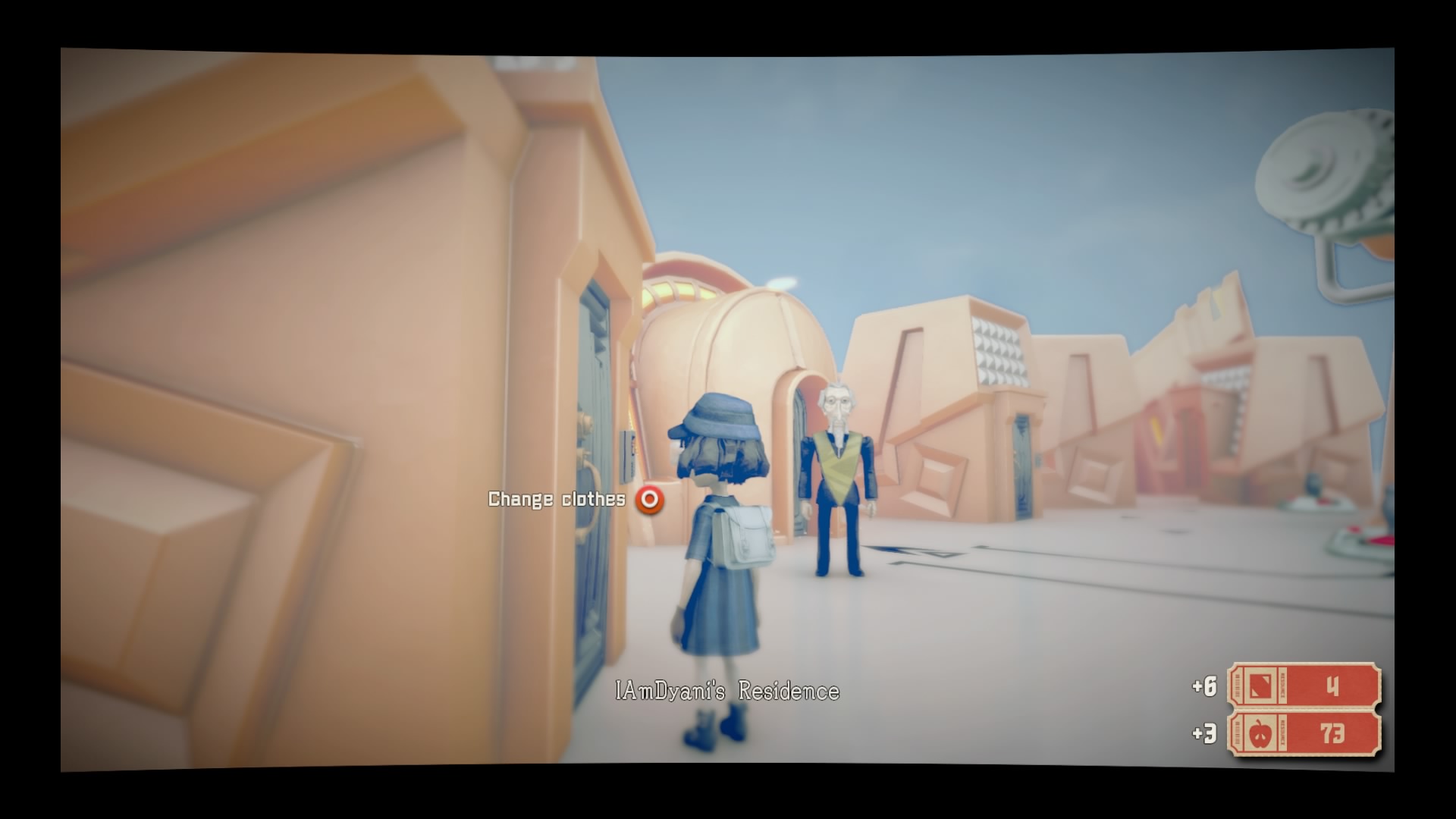
-
The Tomorrow Children Review
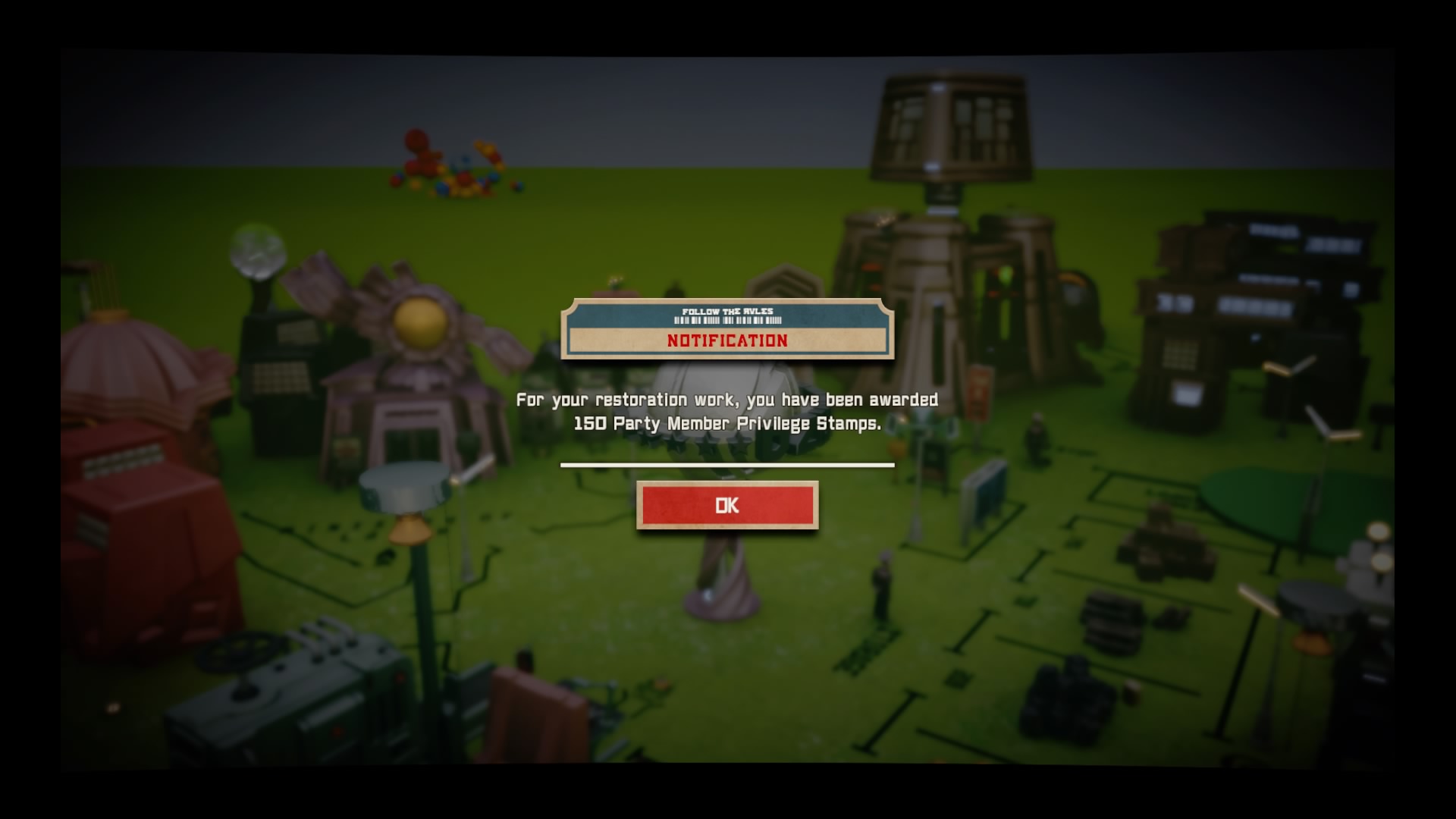
-
The Tomorrow Children Review
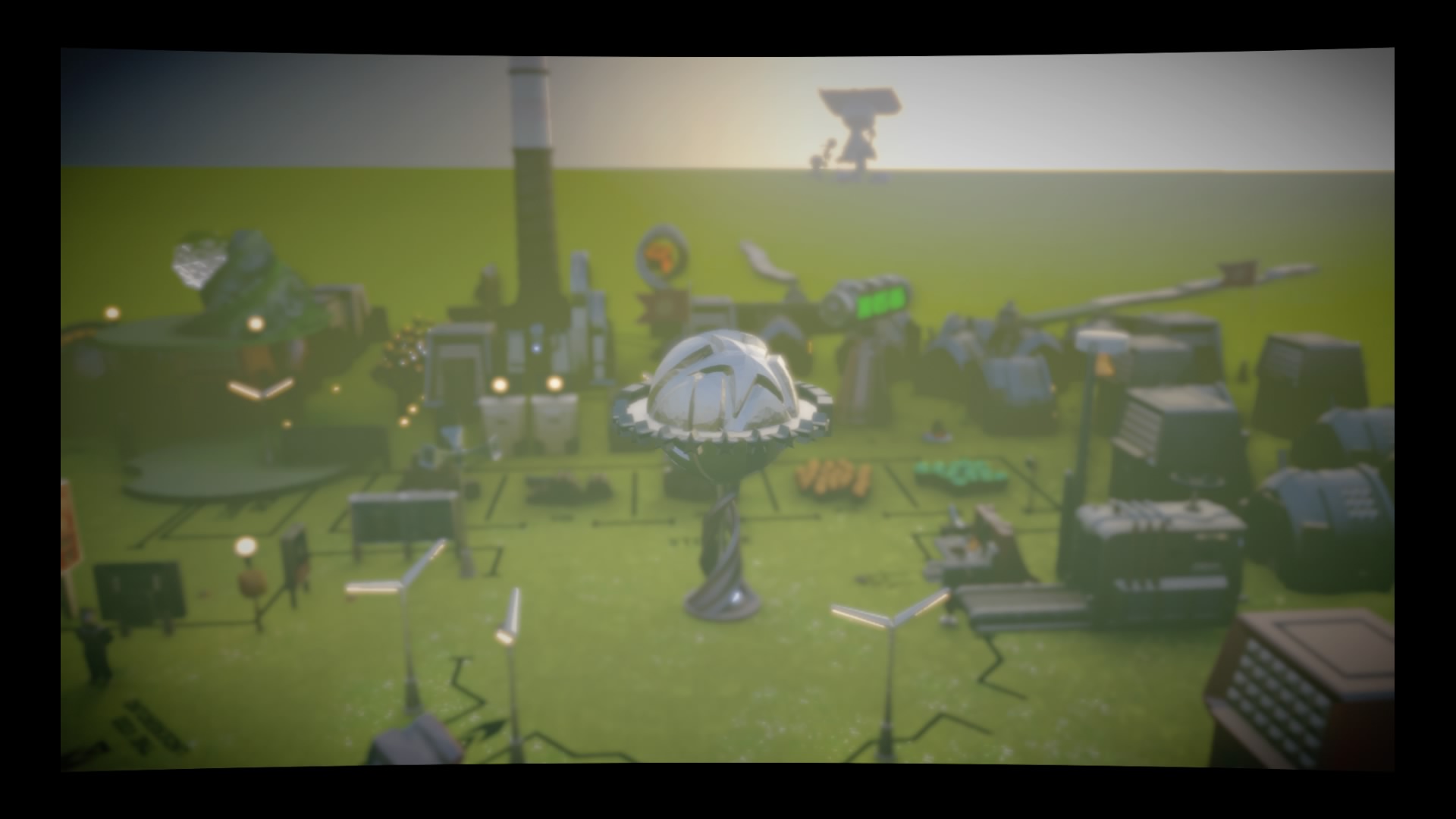
-
The Tomorrow Children Review
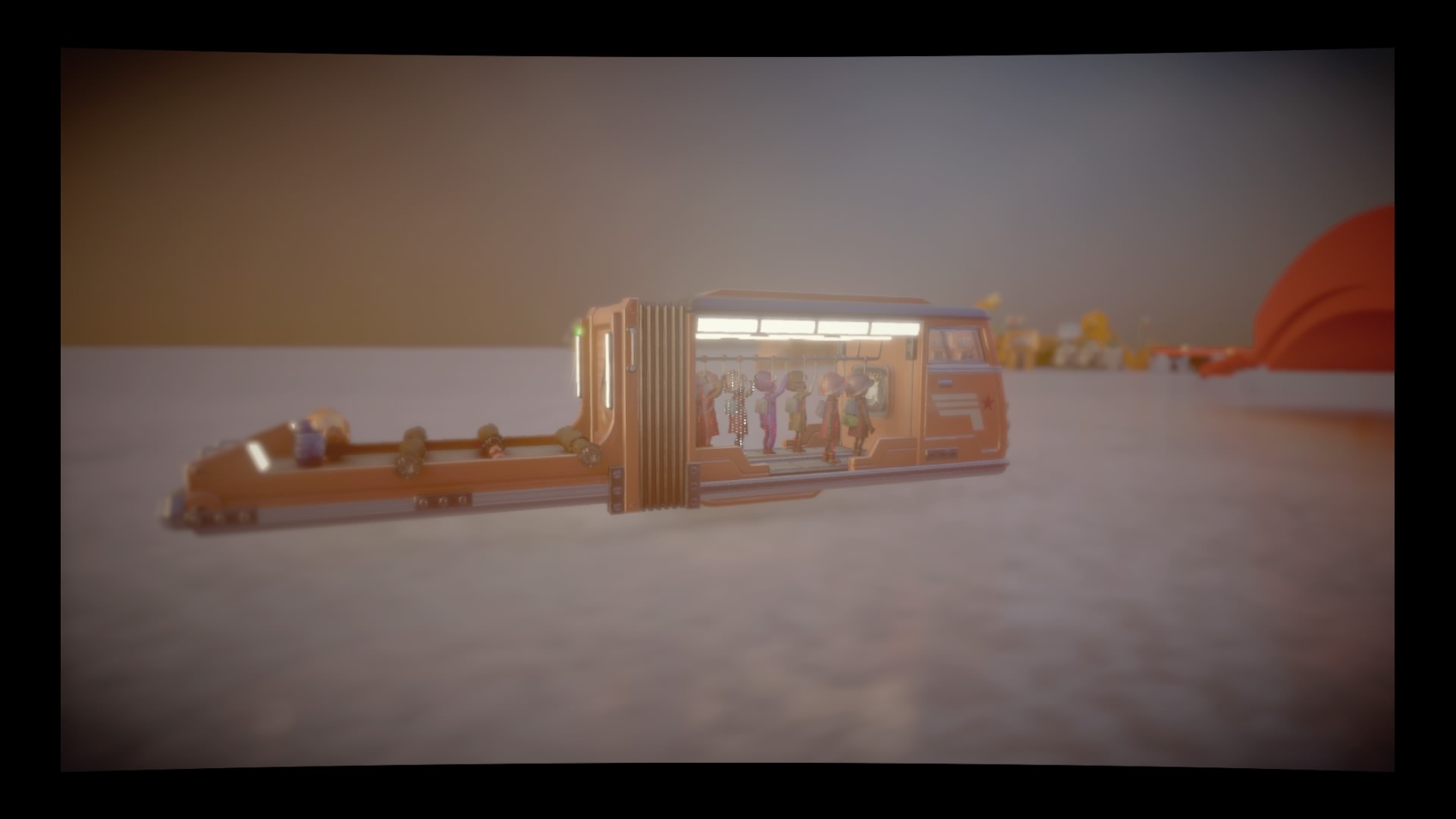
-
The Tomorrow Children Review
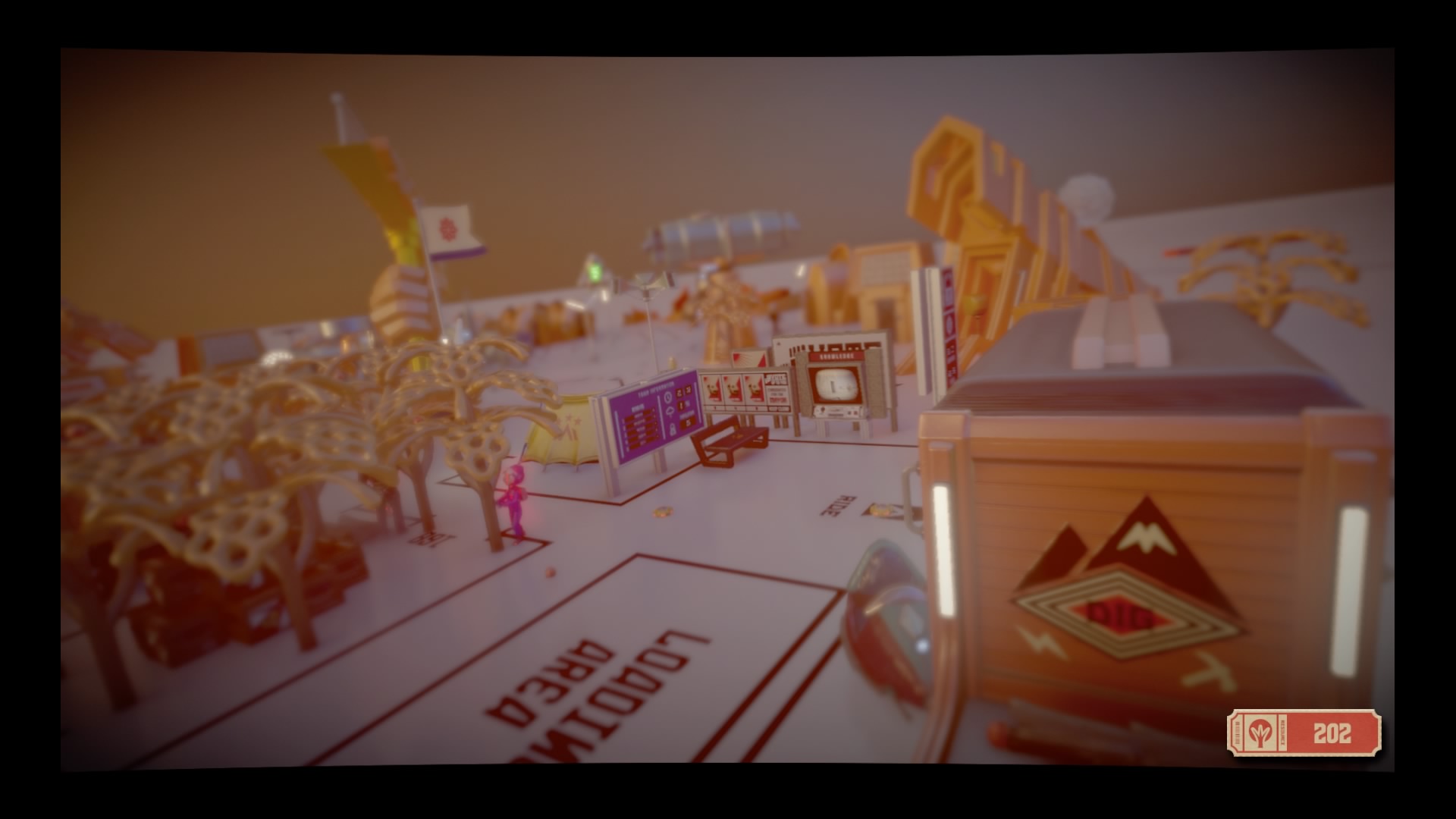
-
The Tomorrow Children Review
